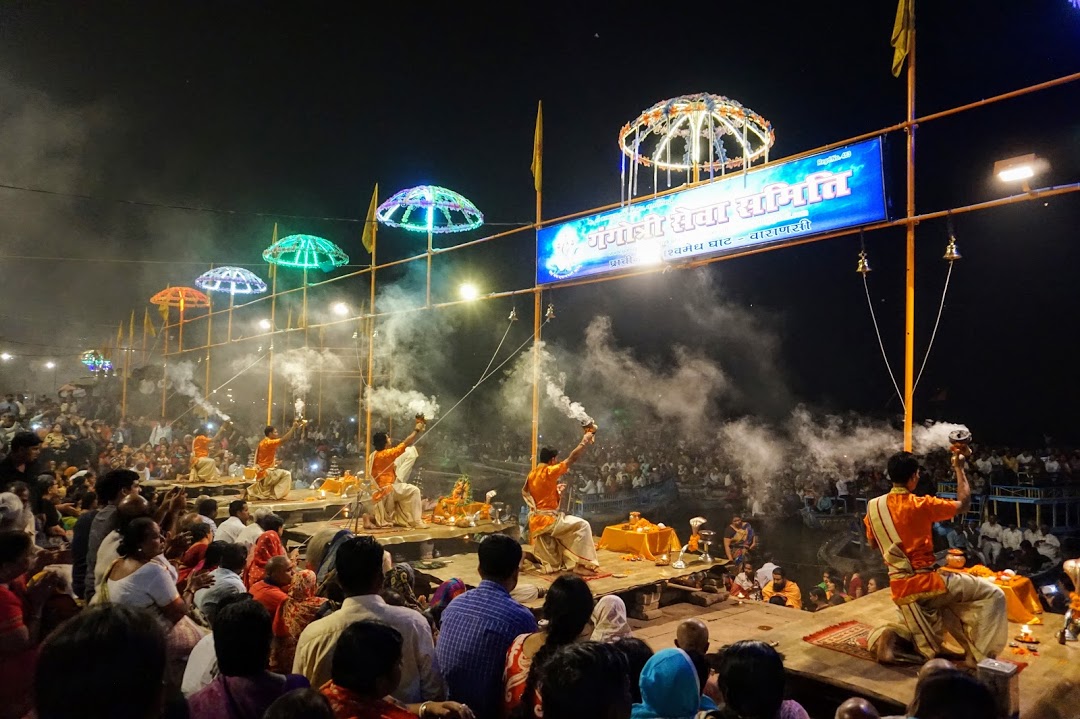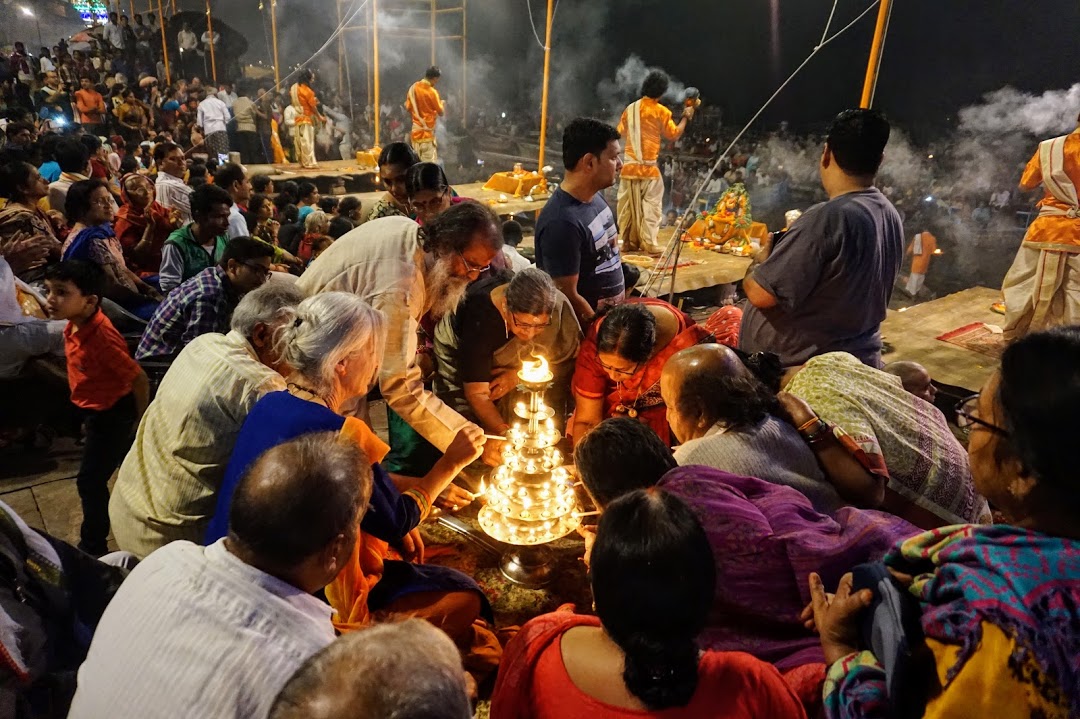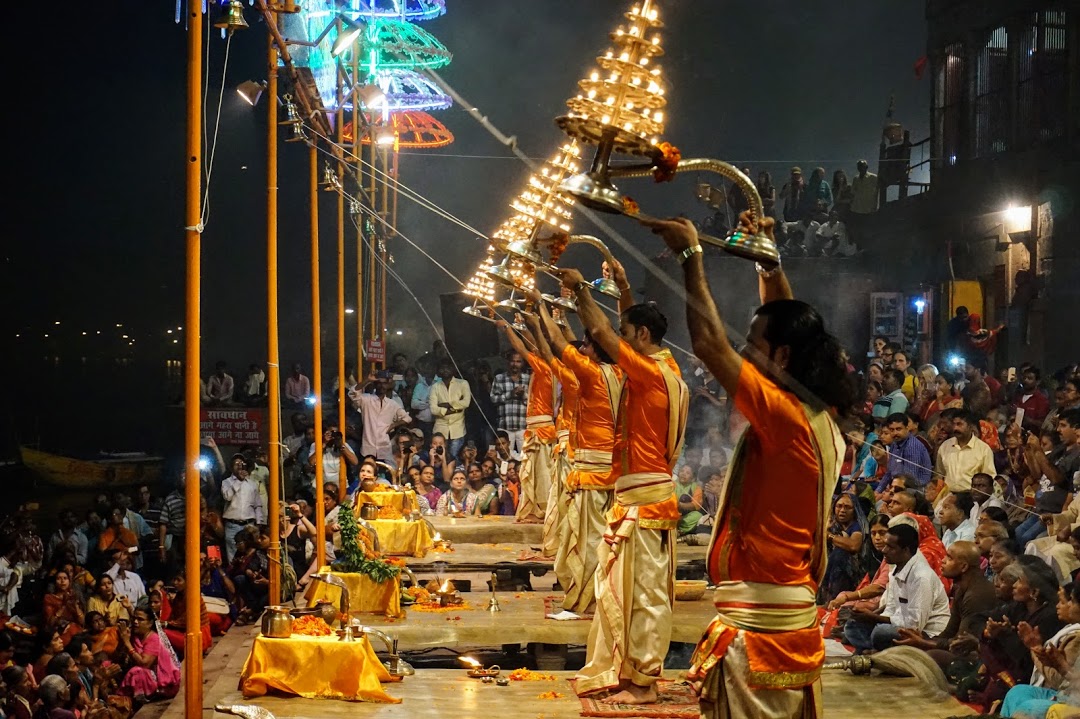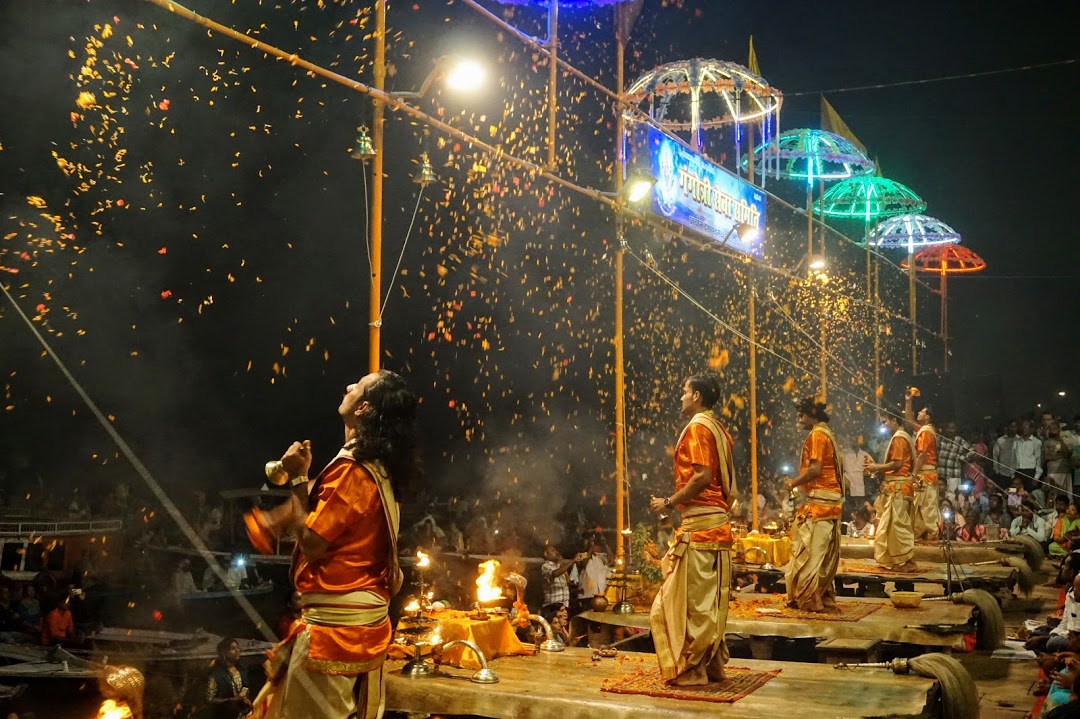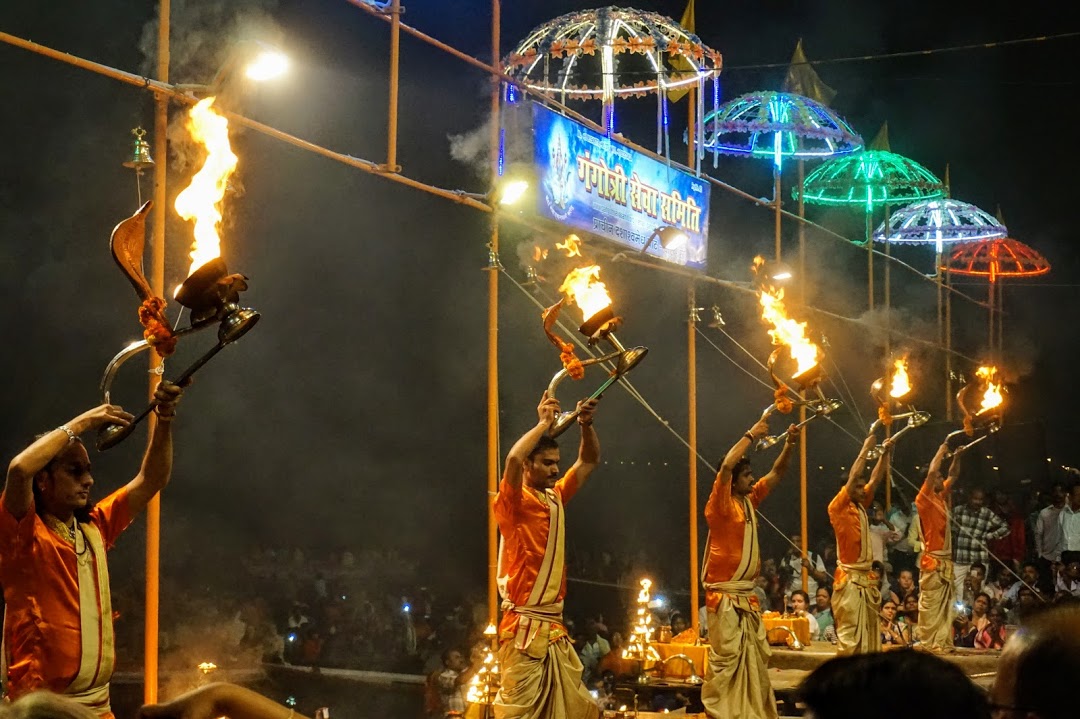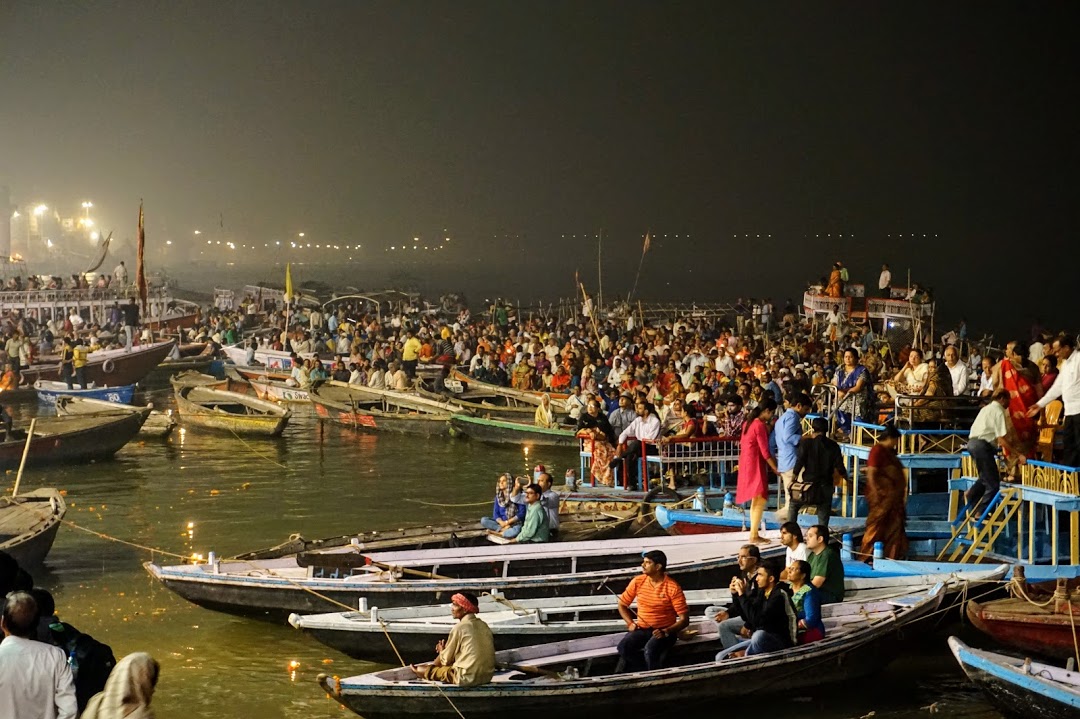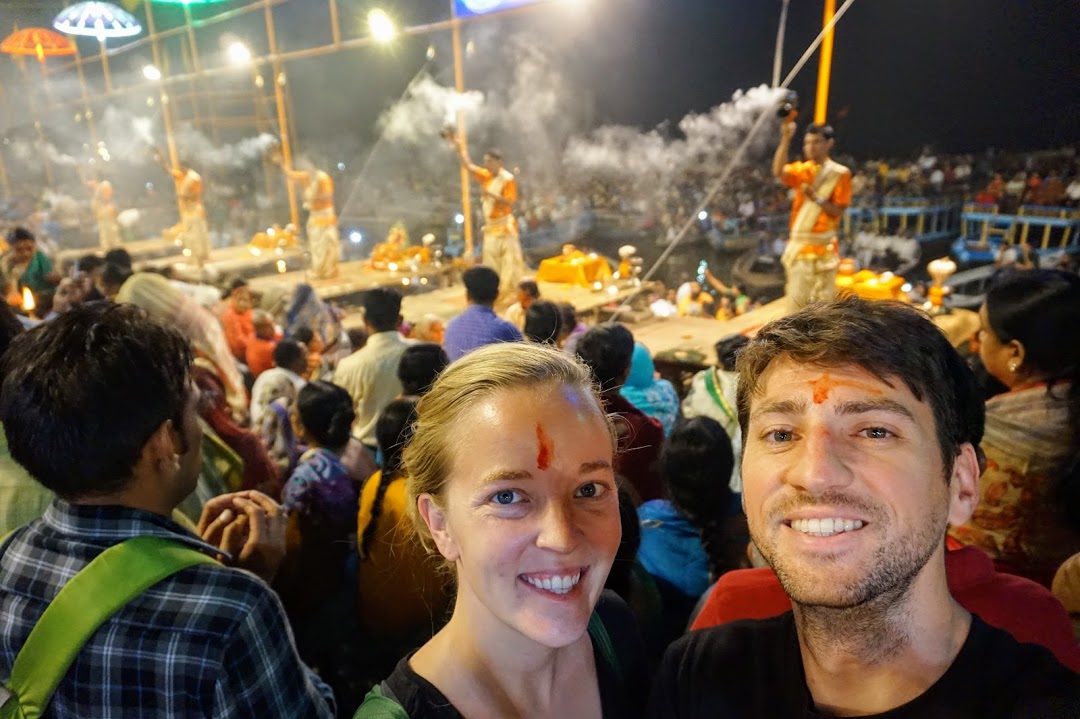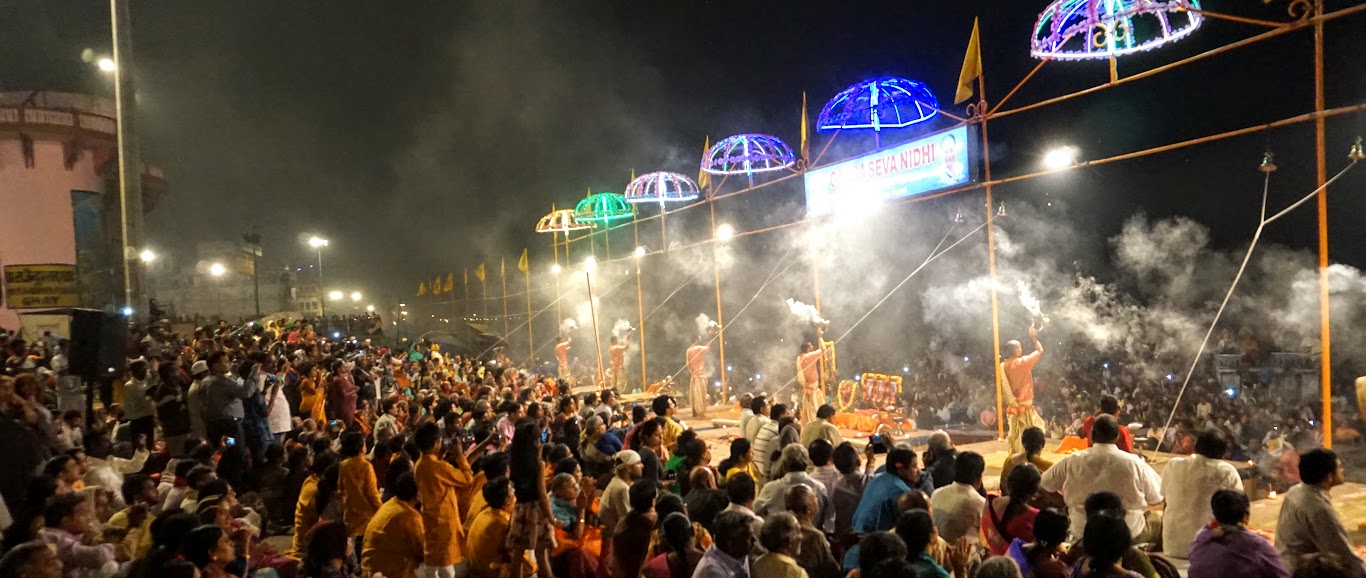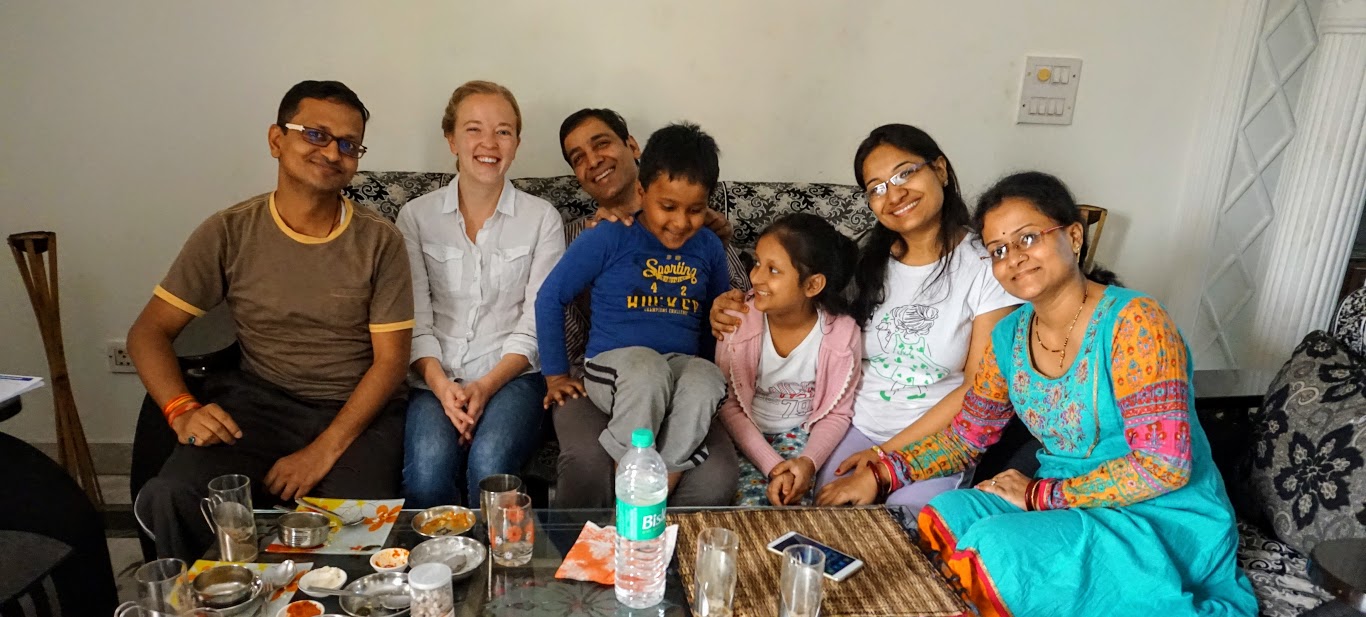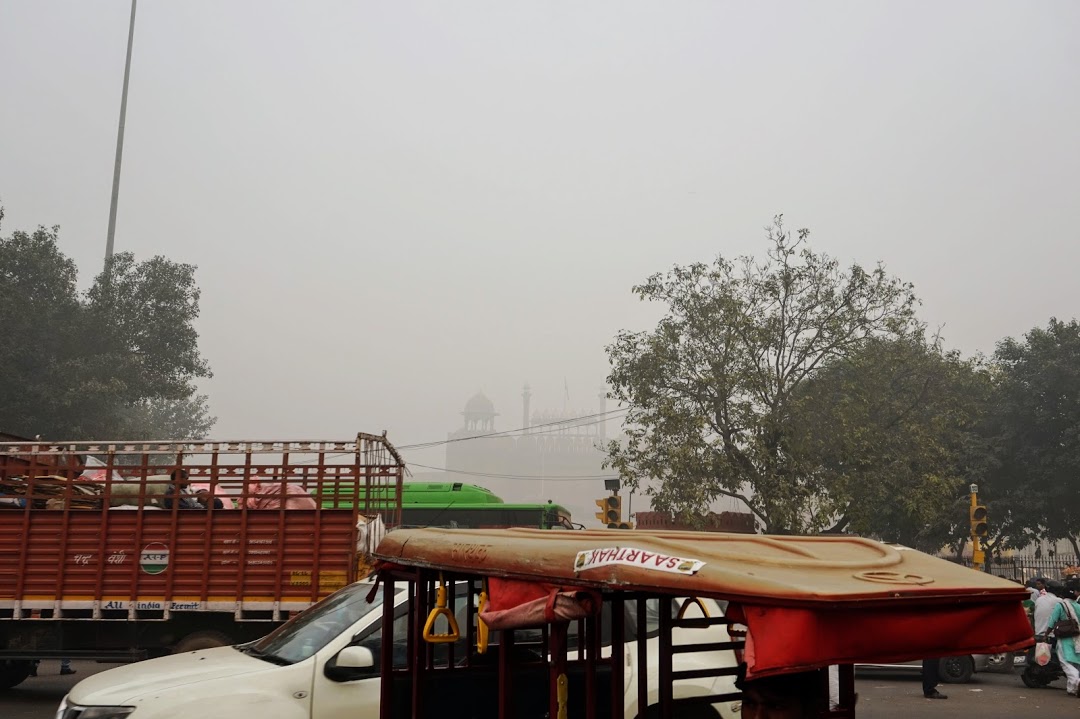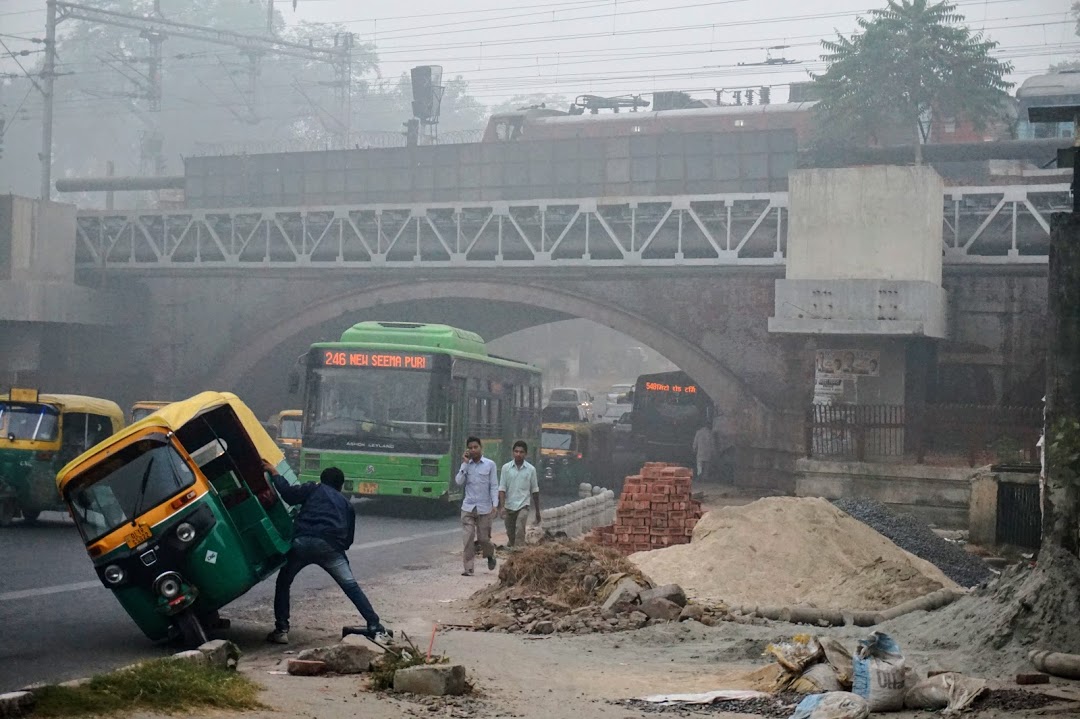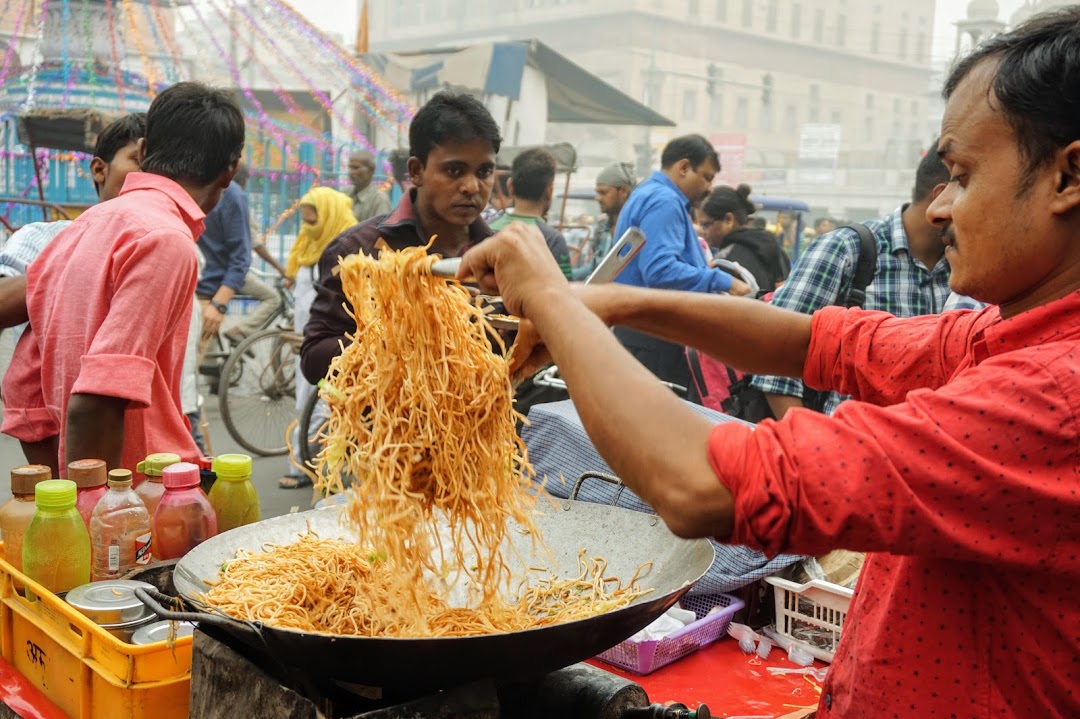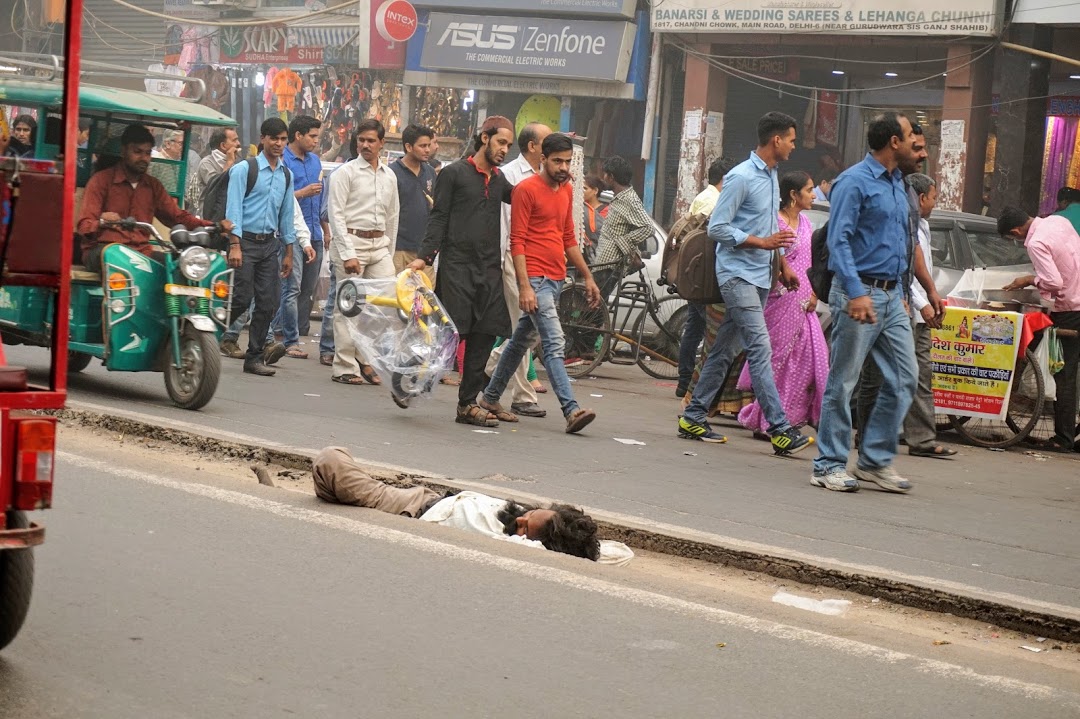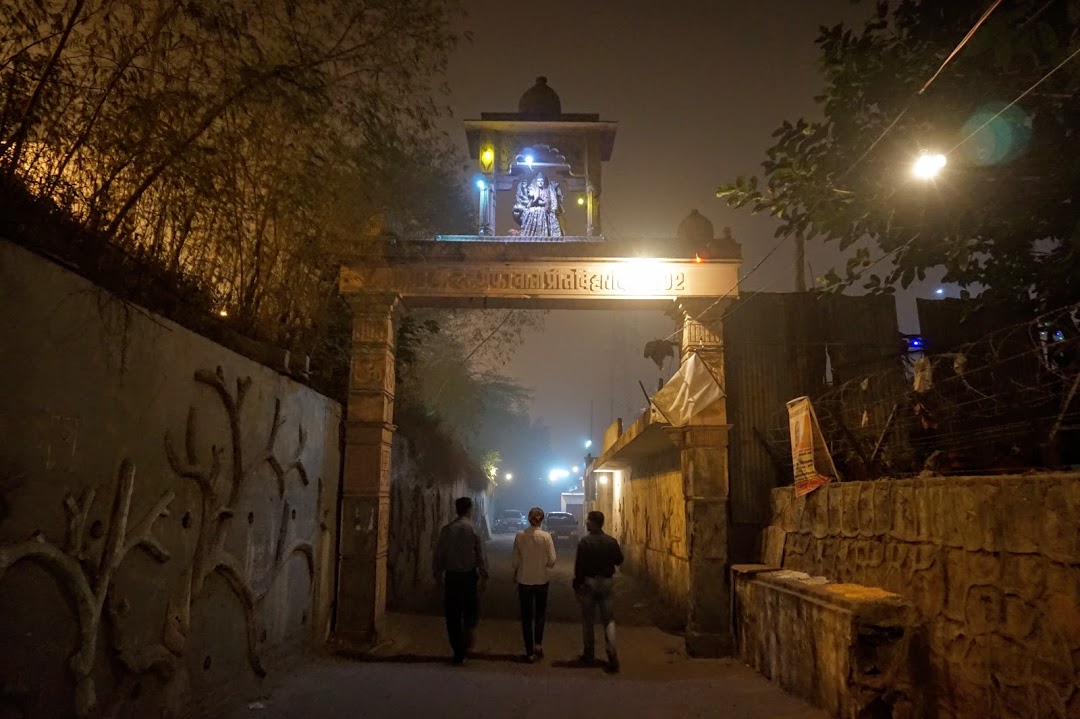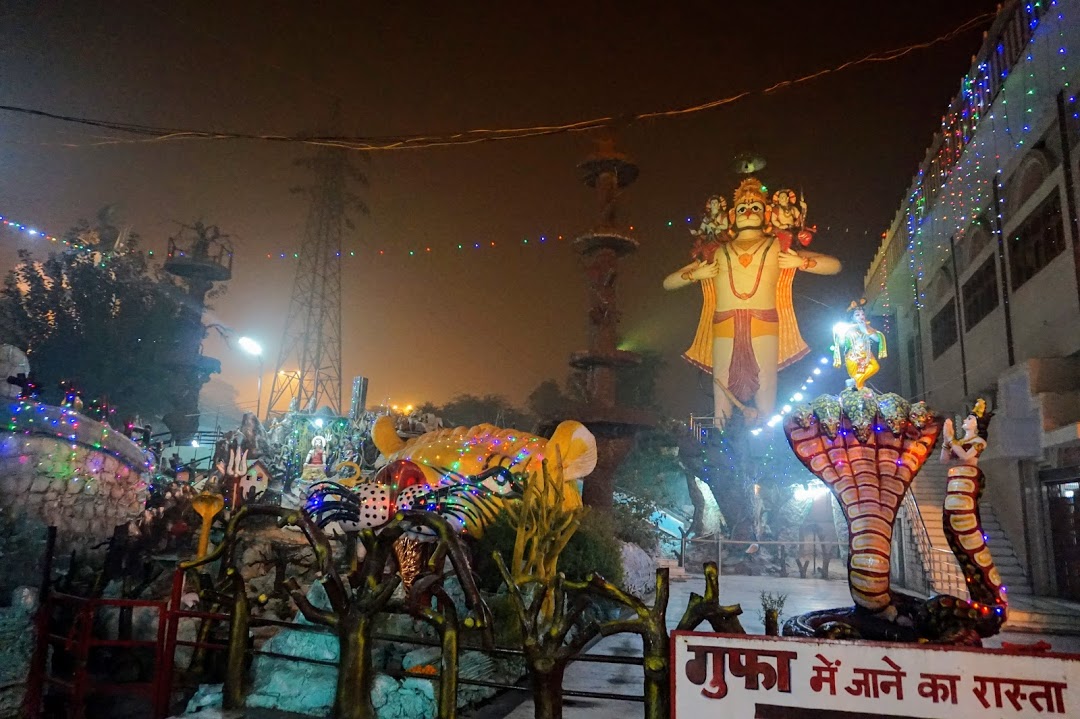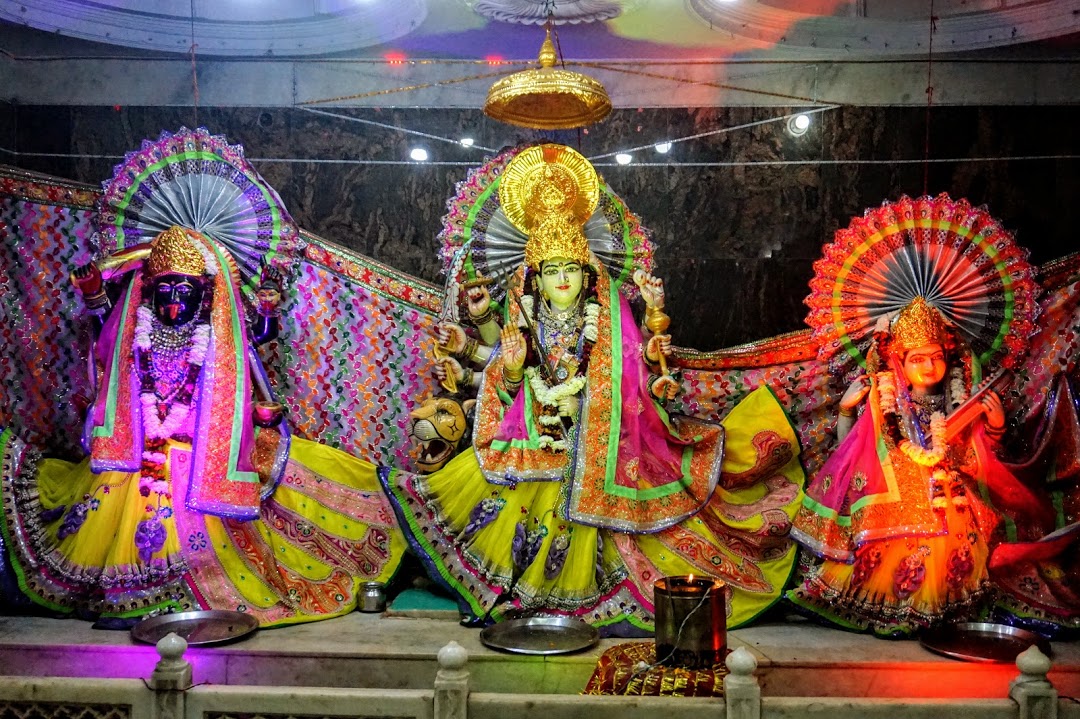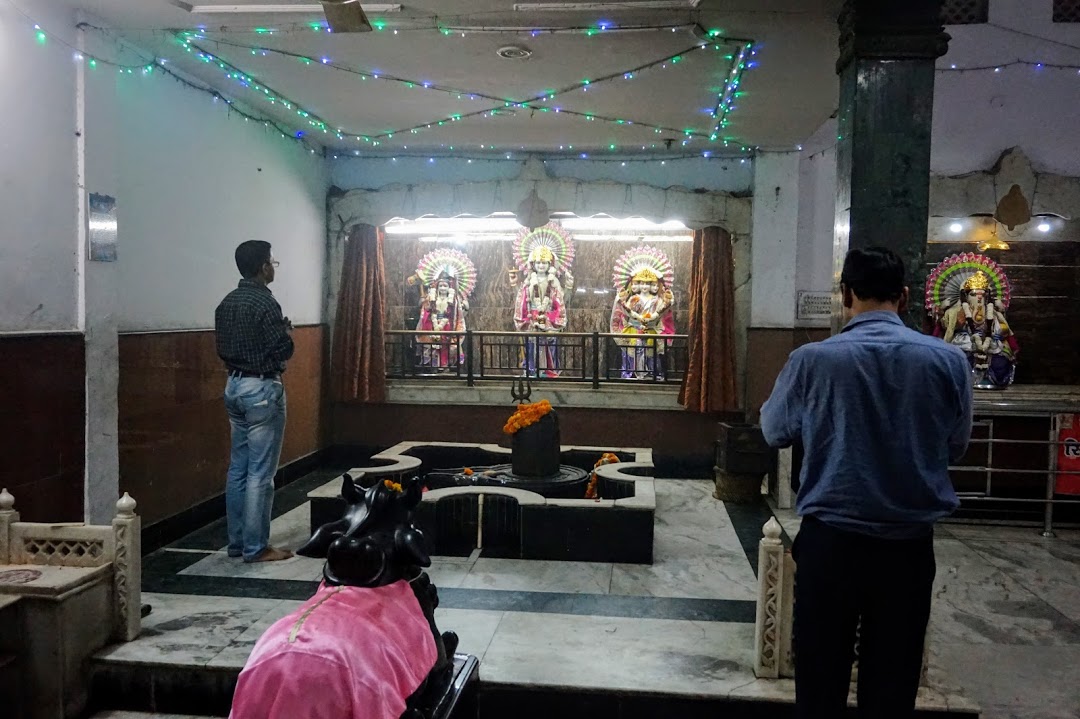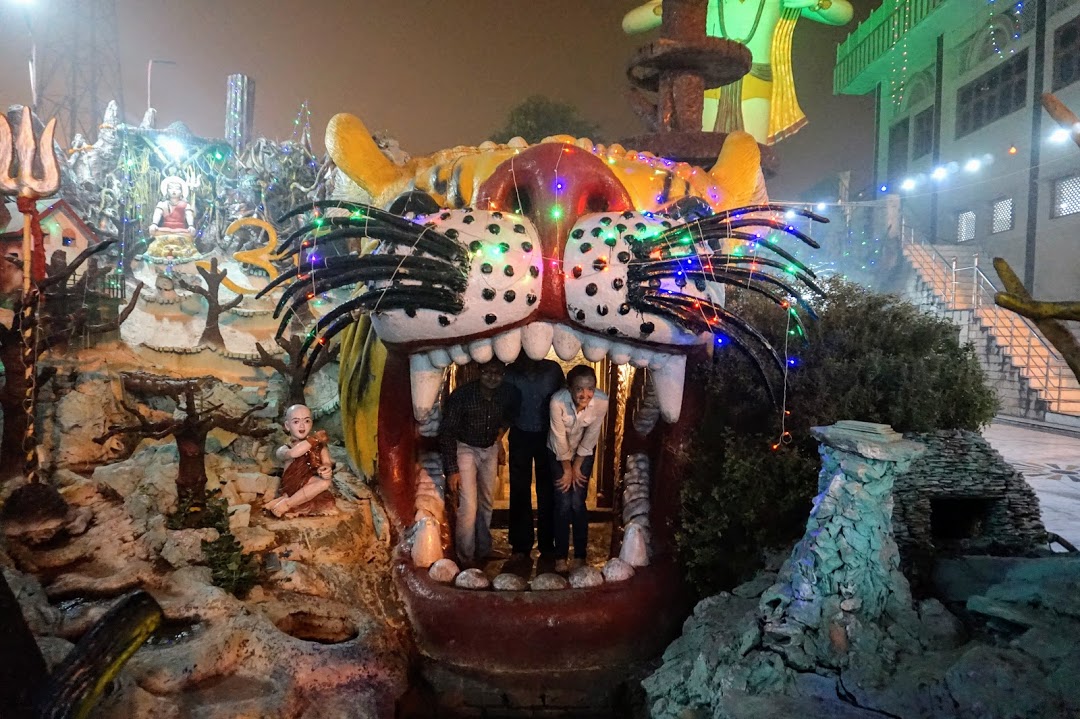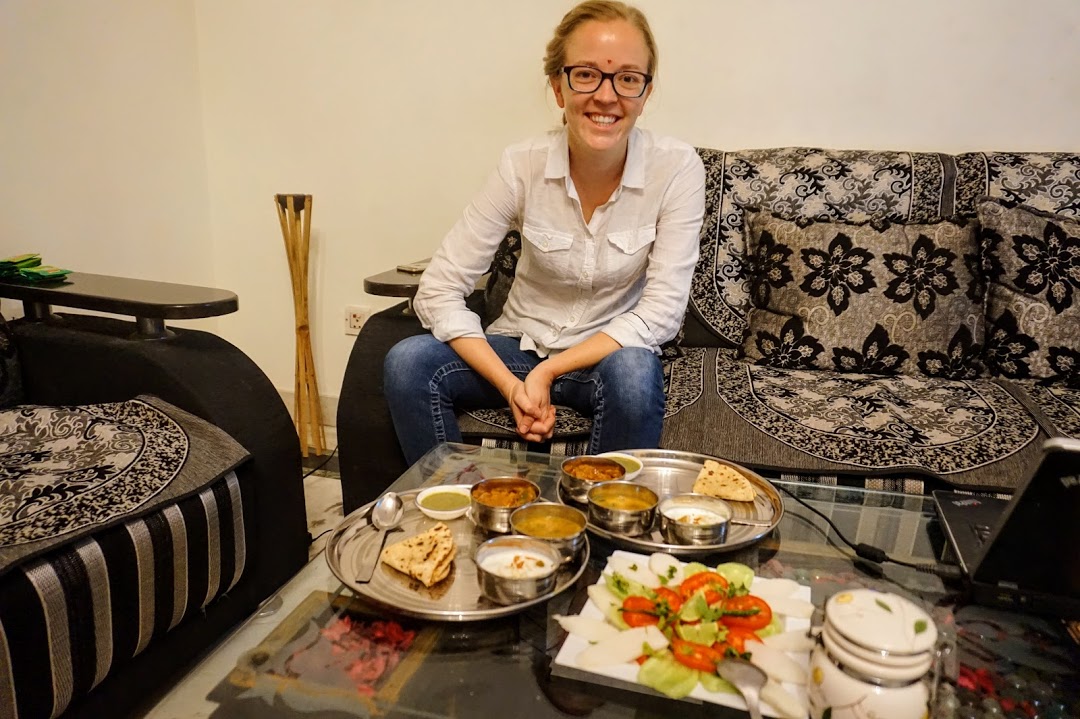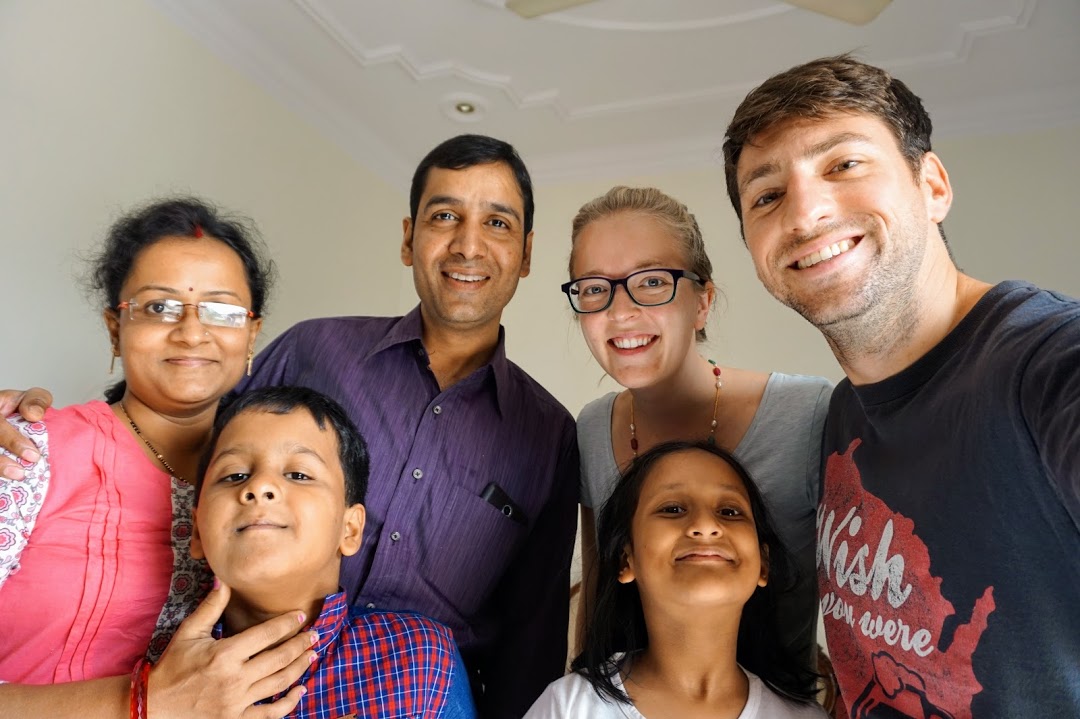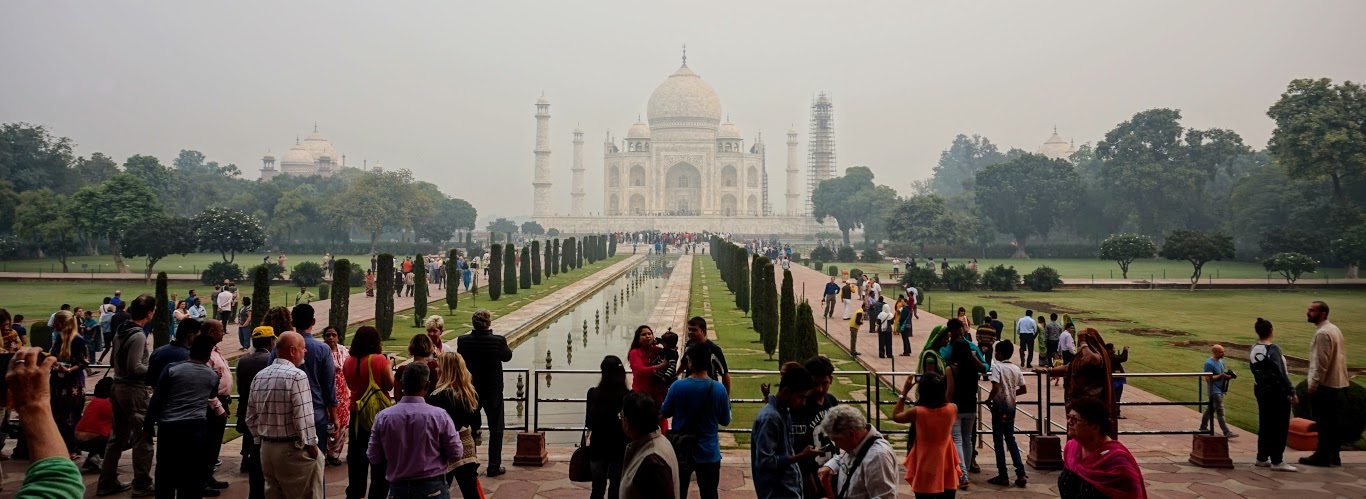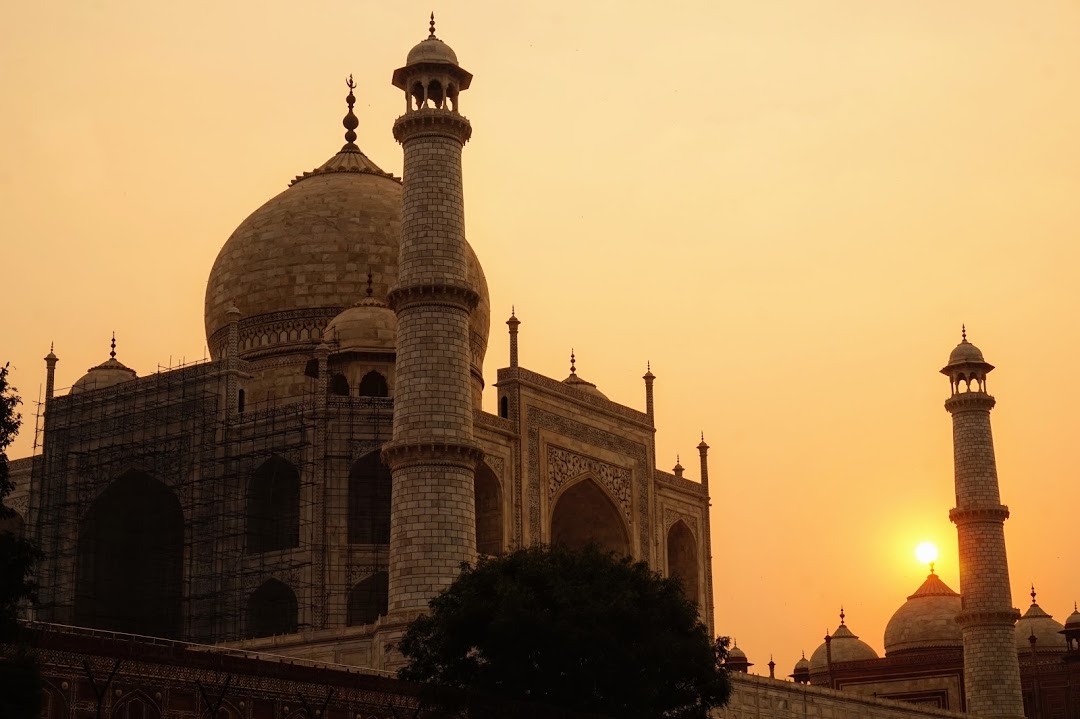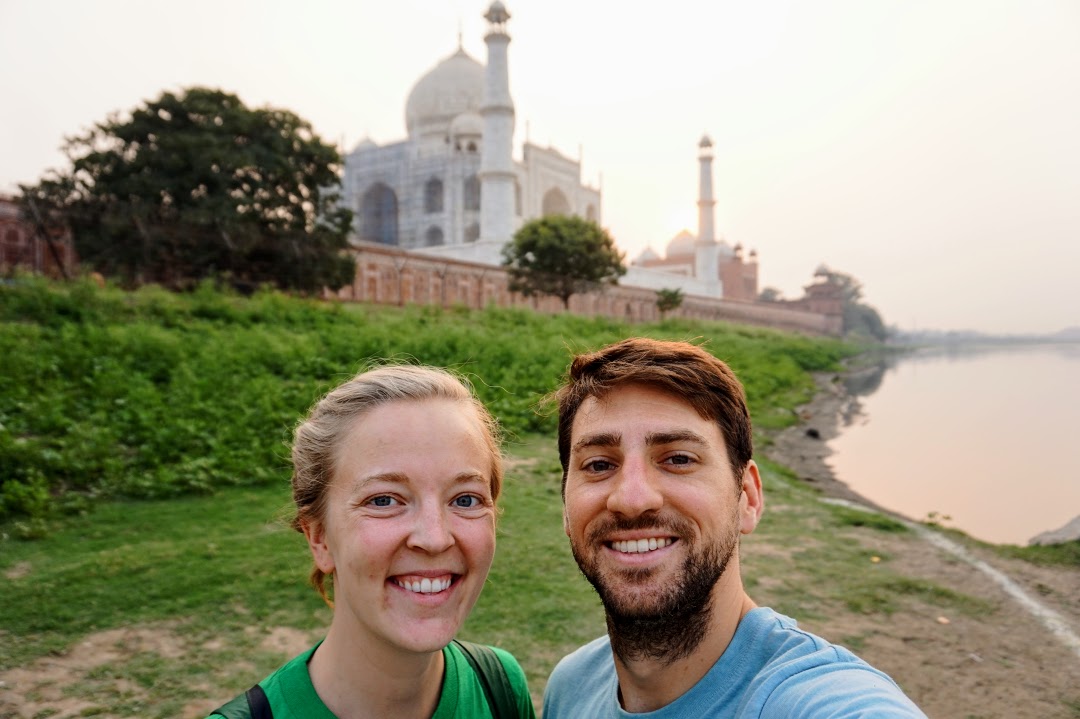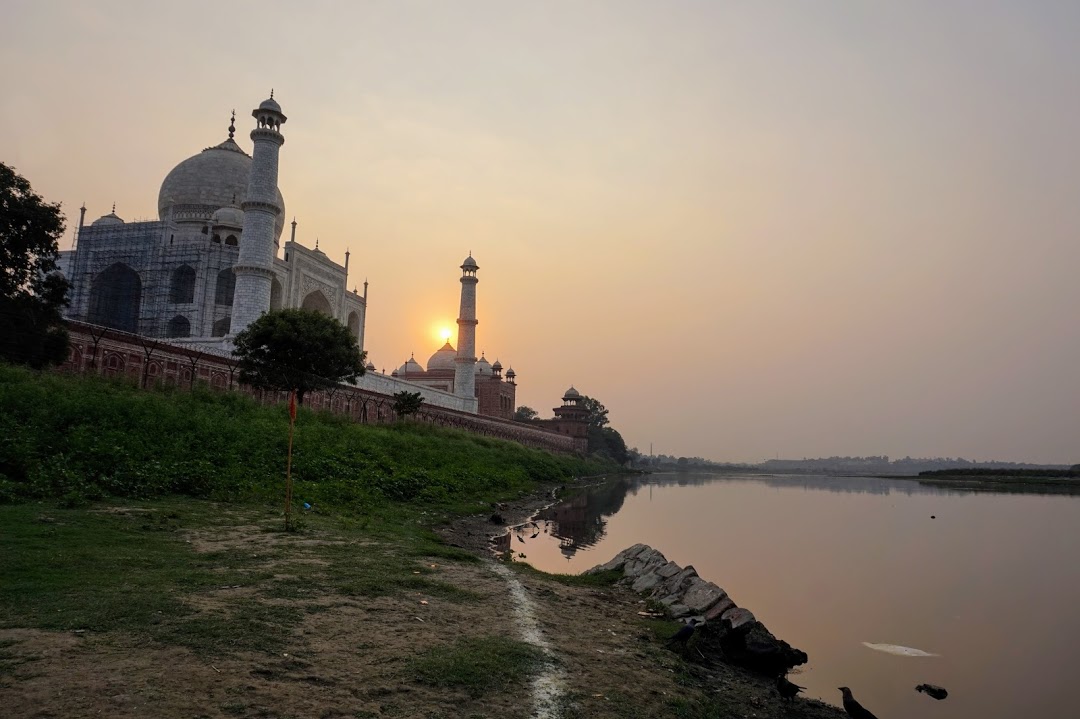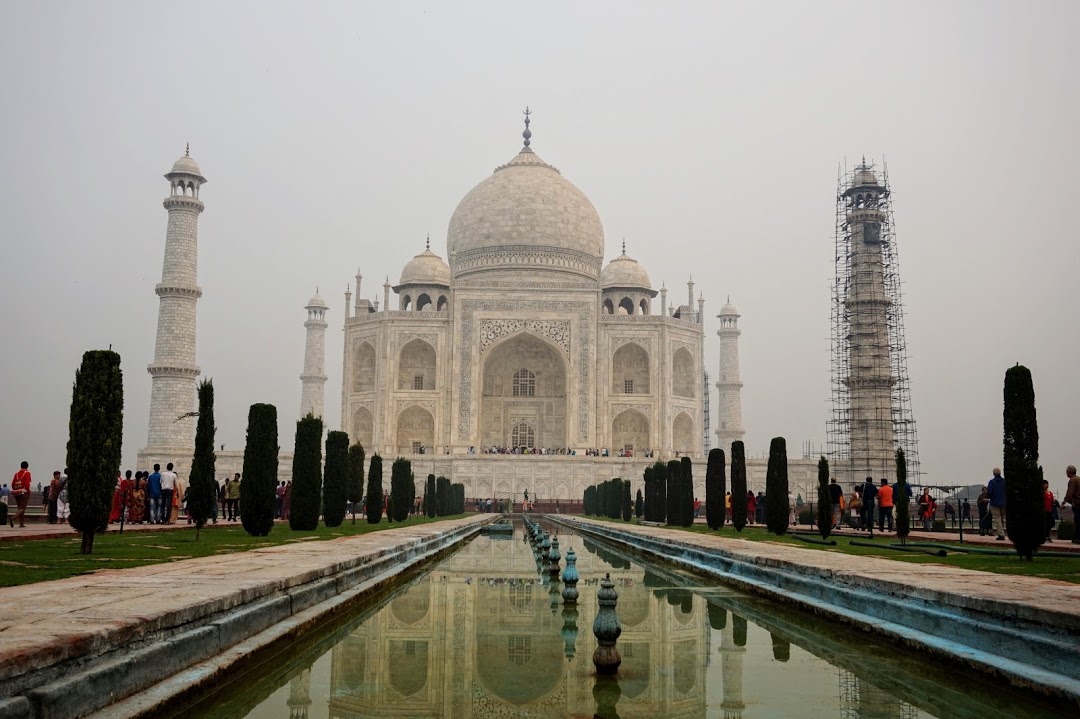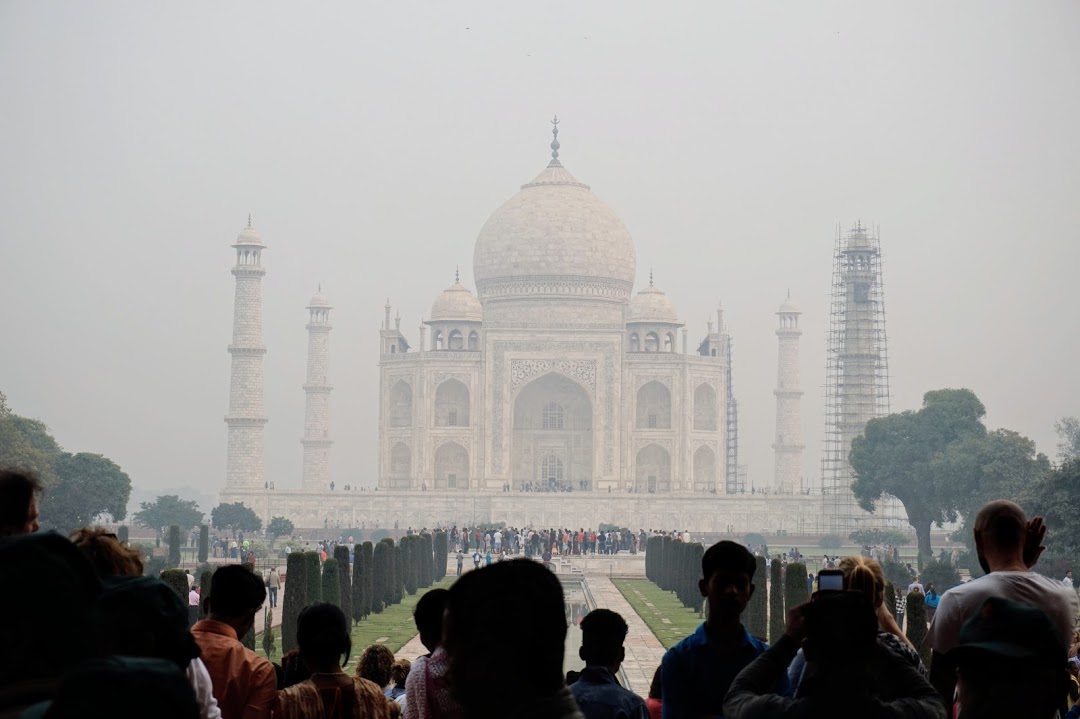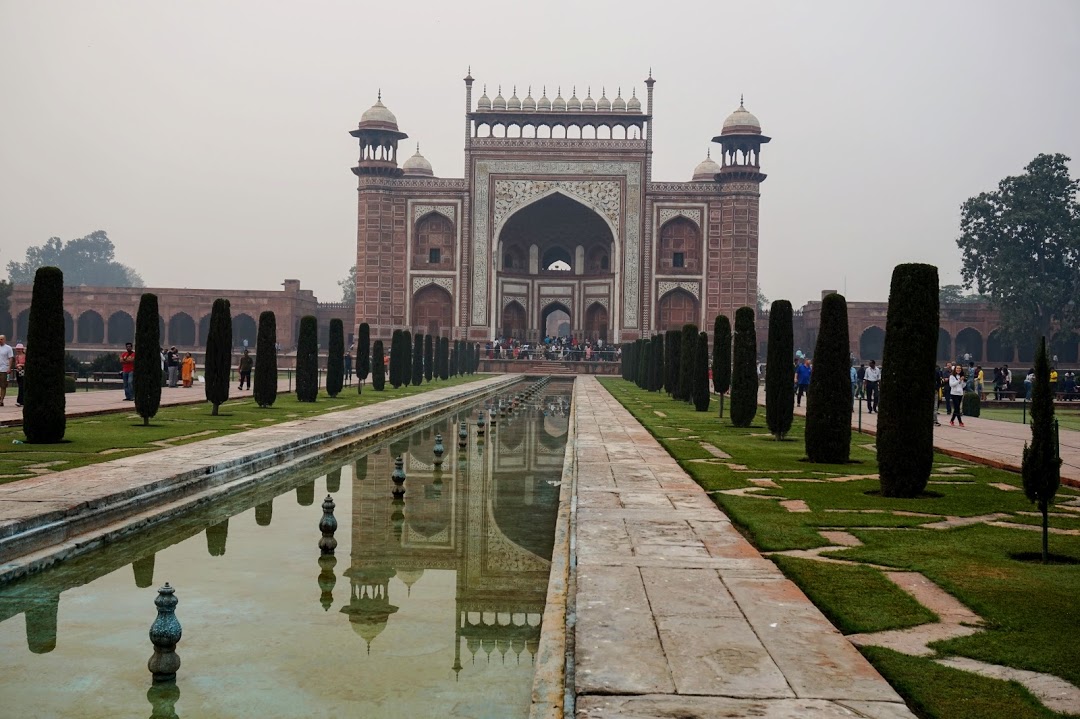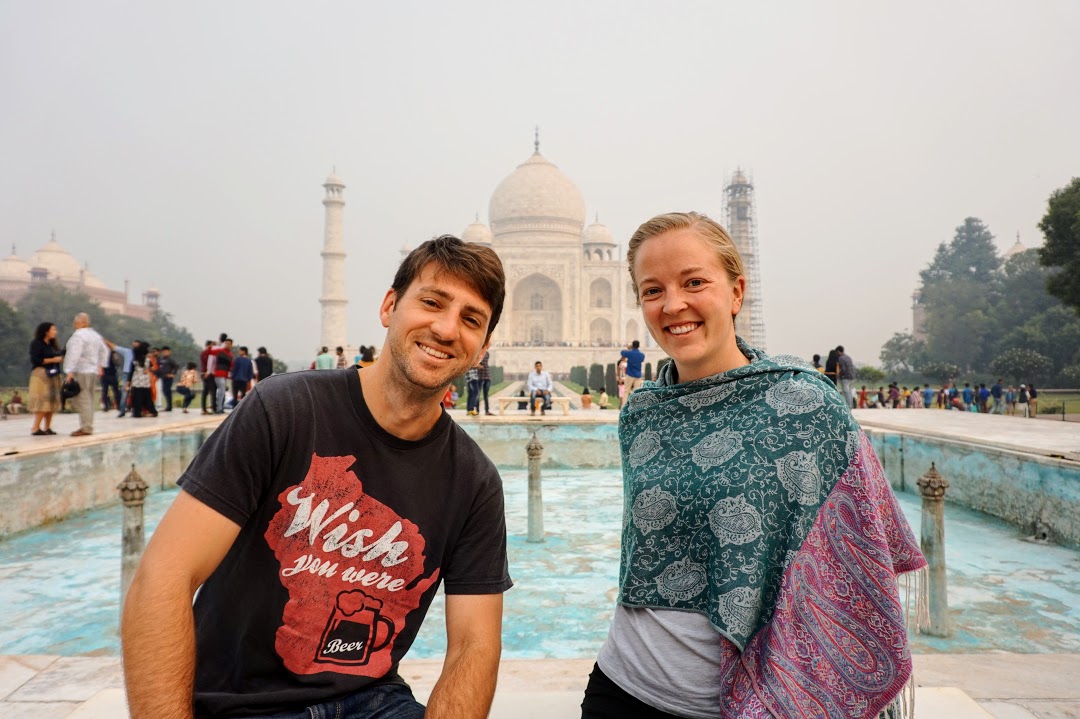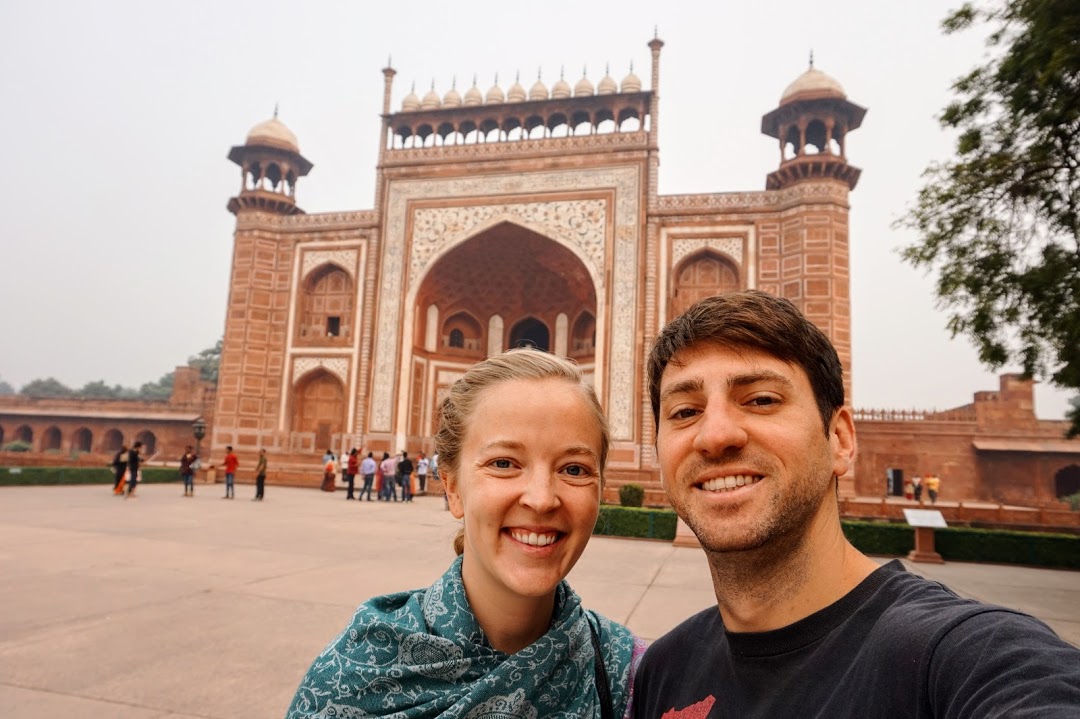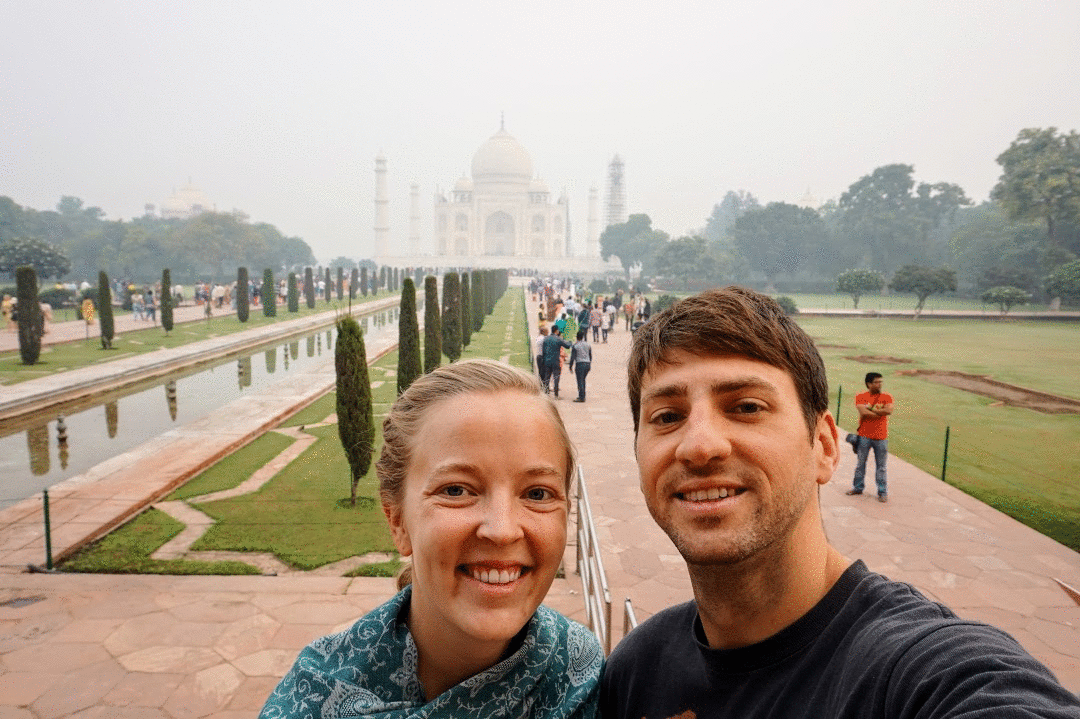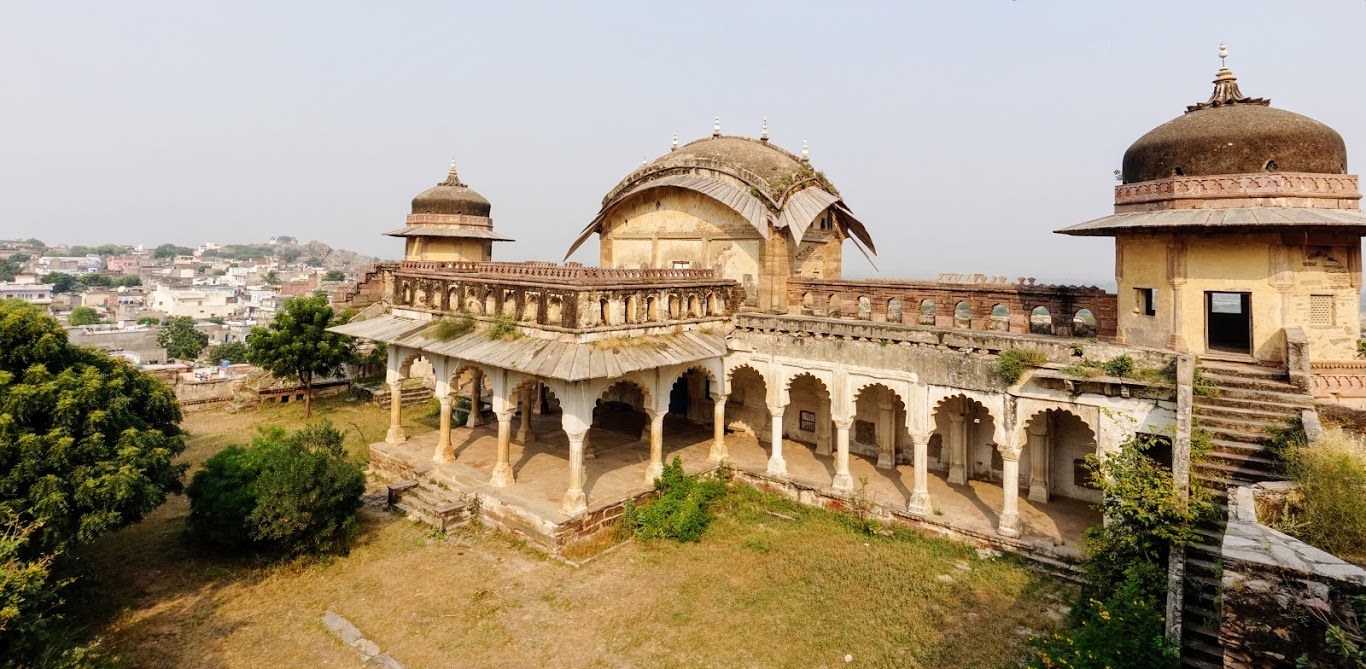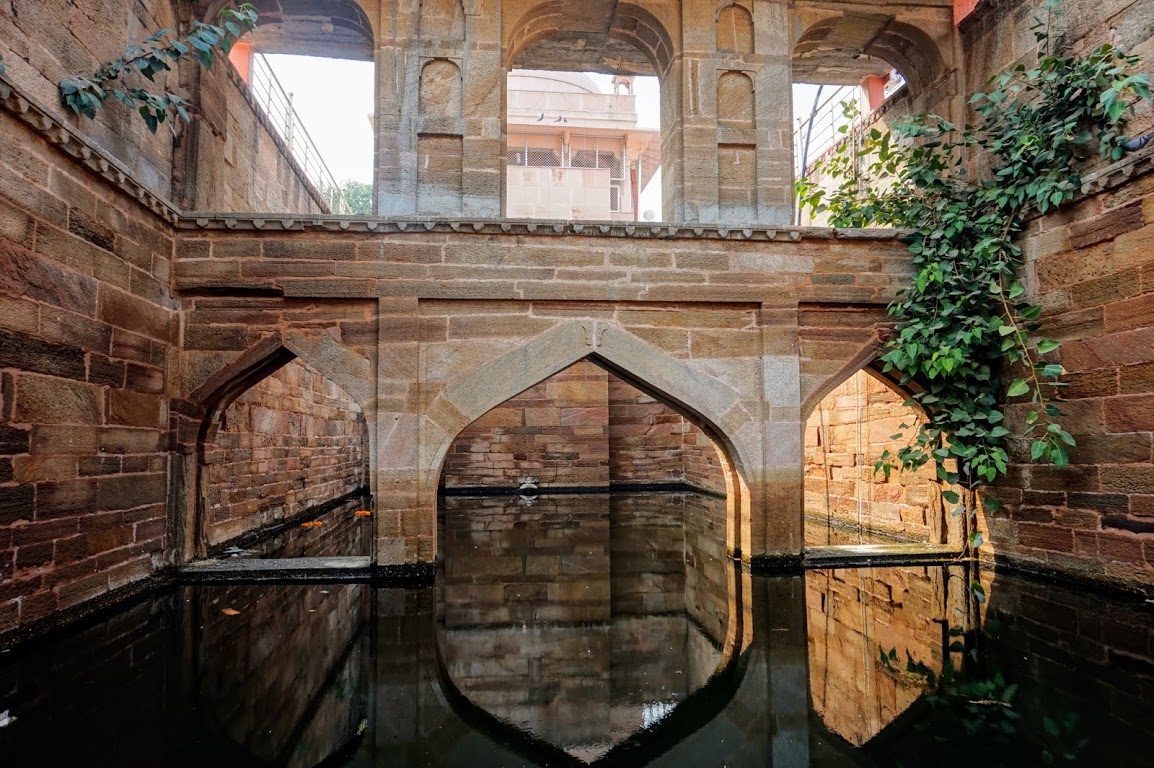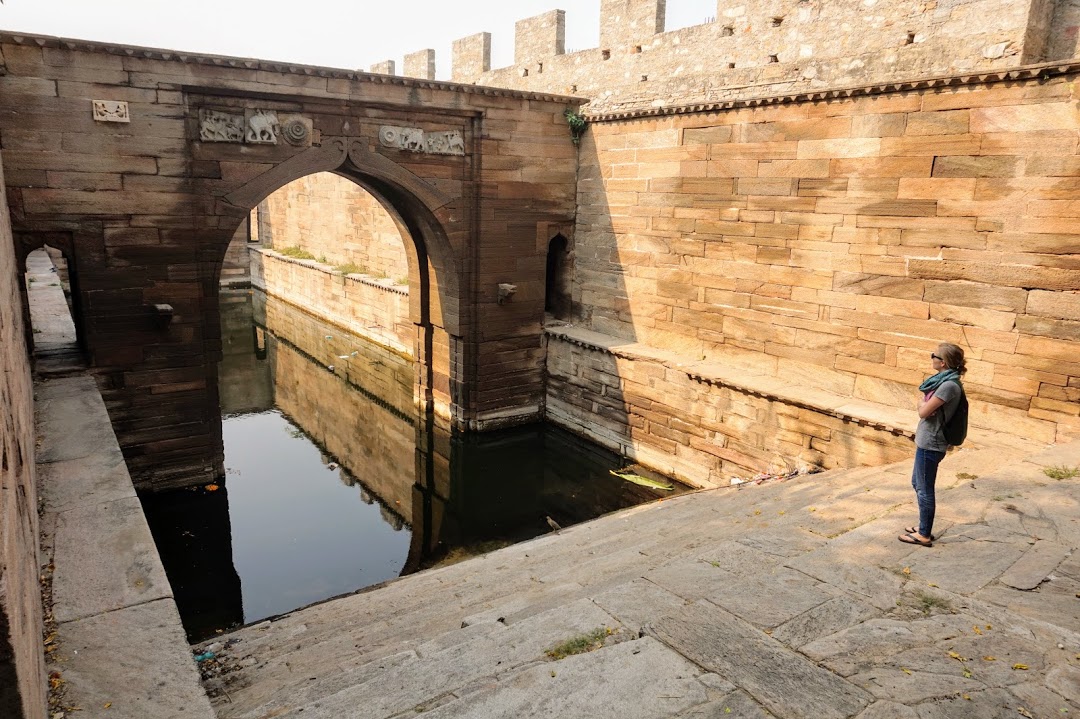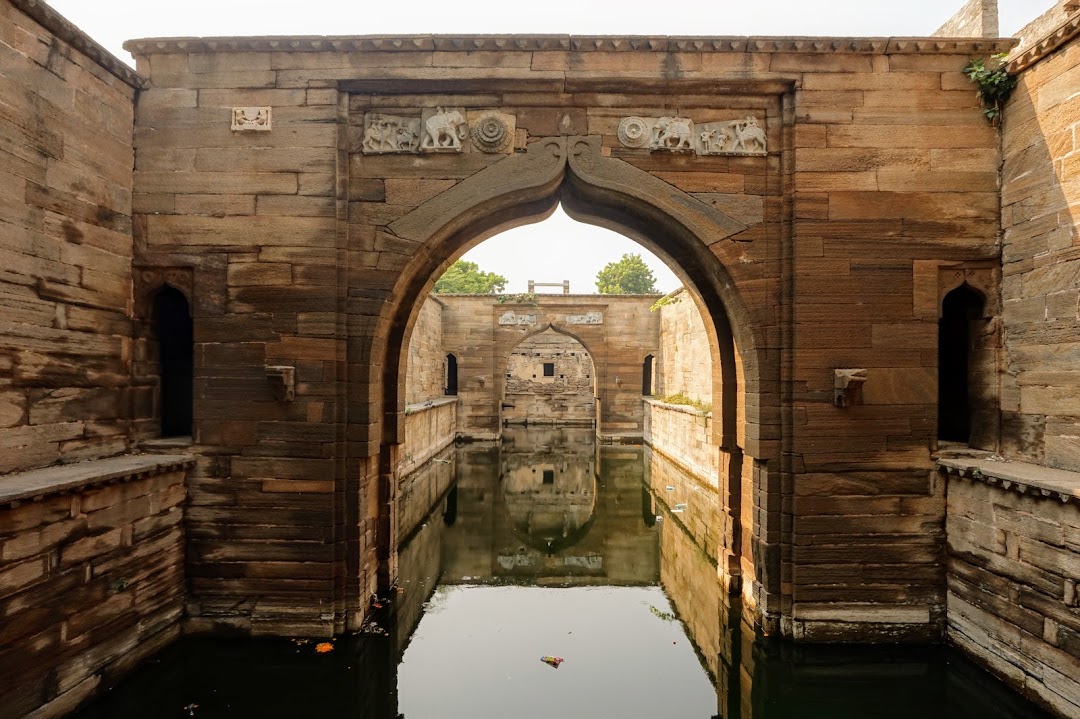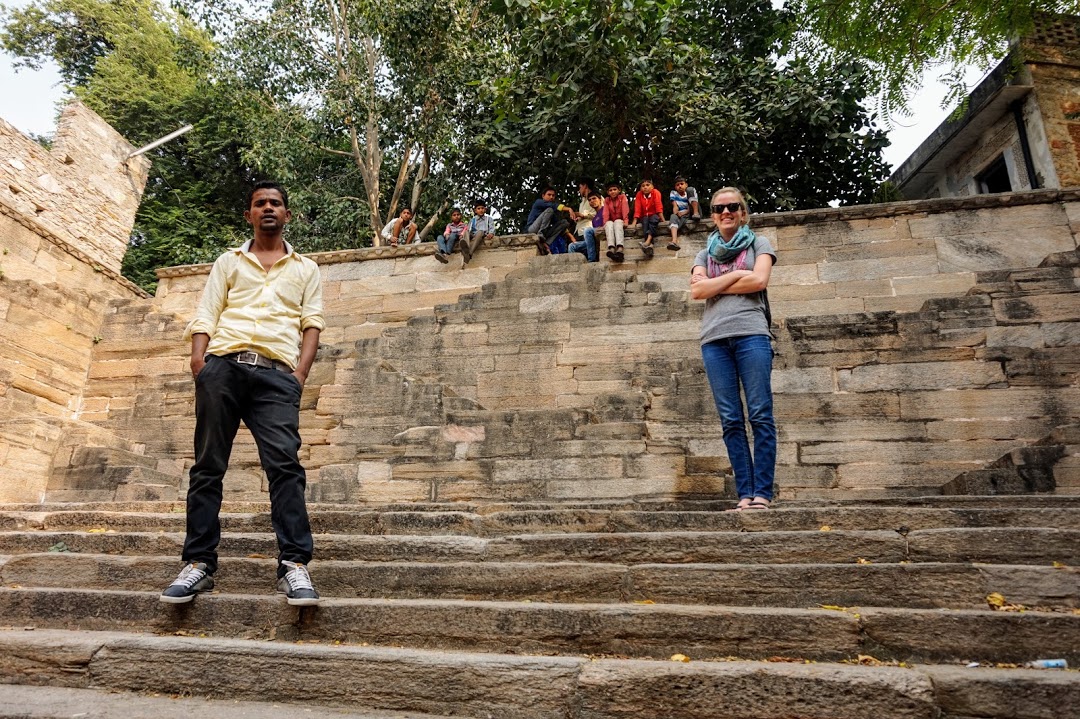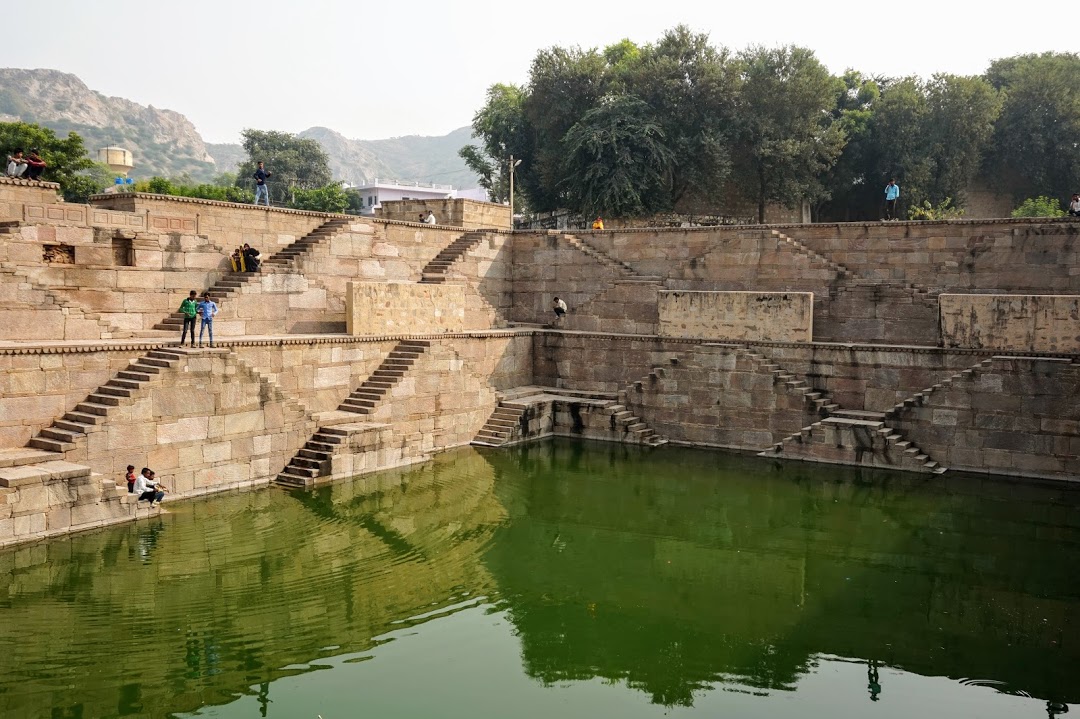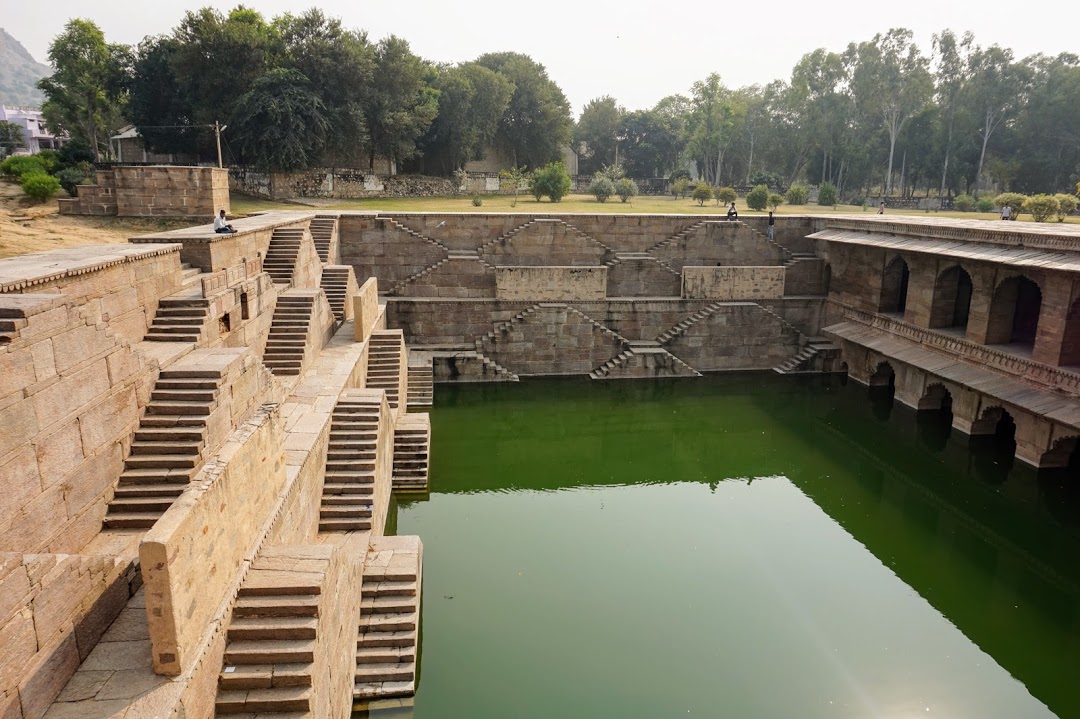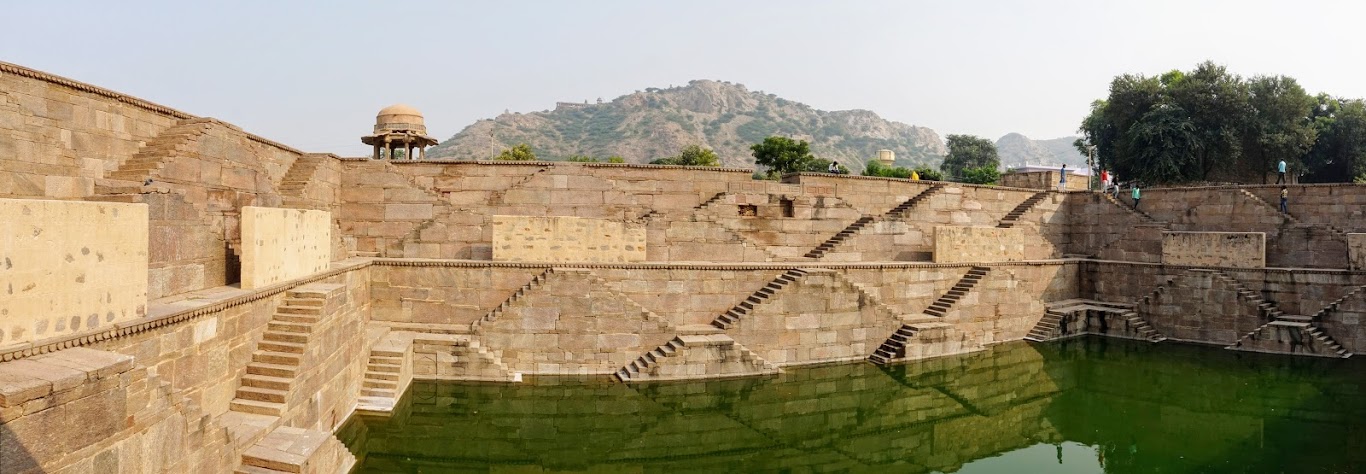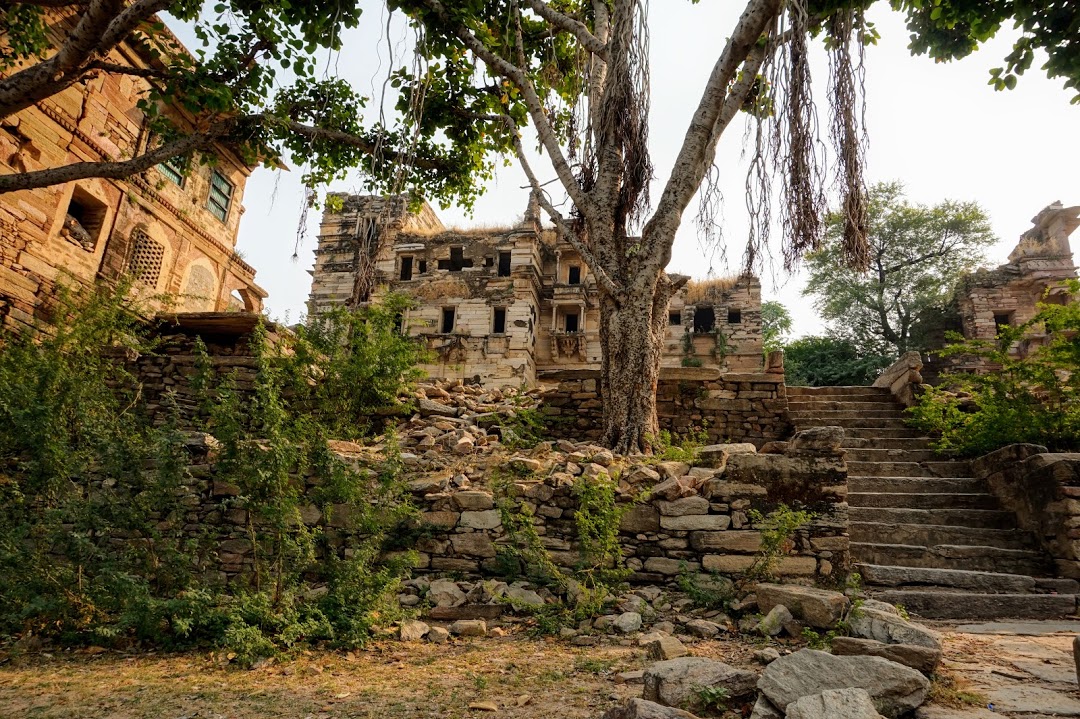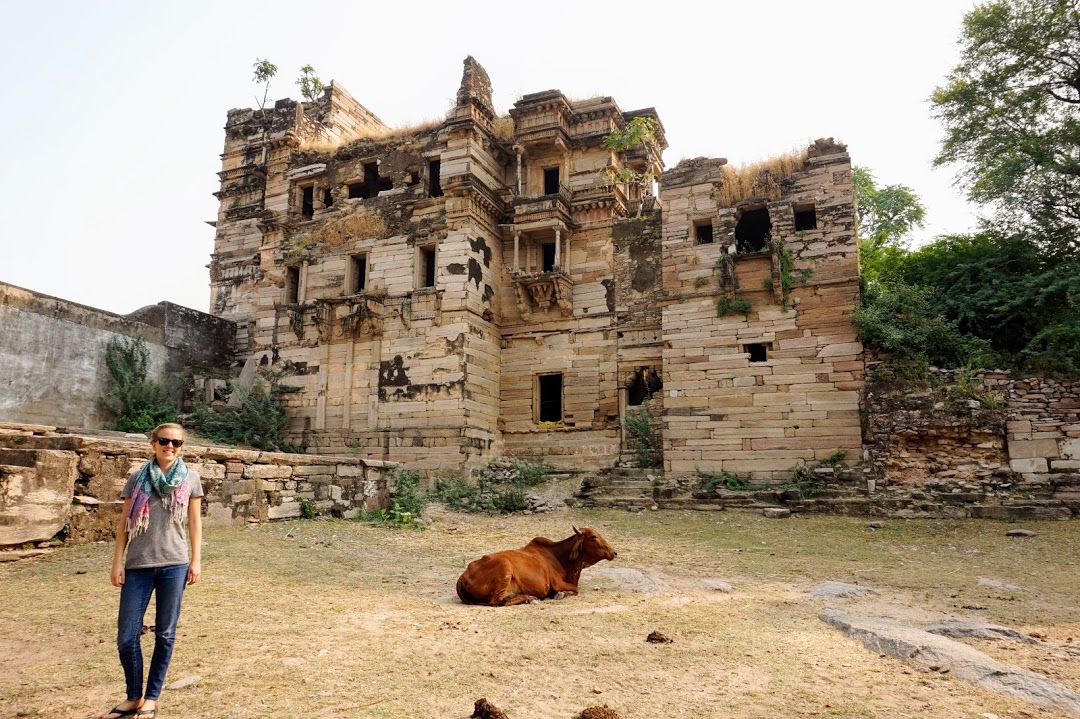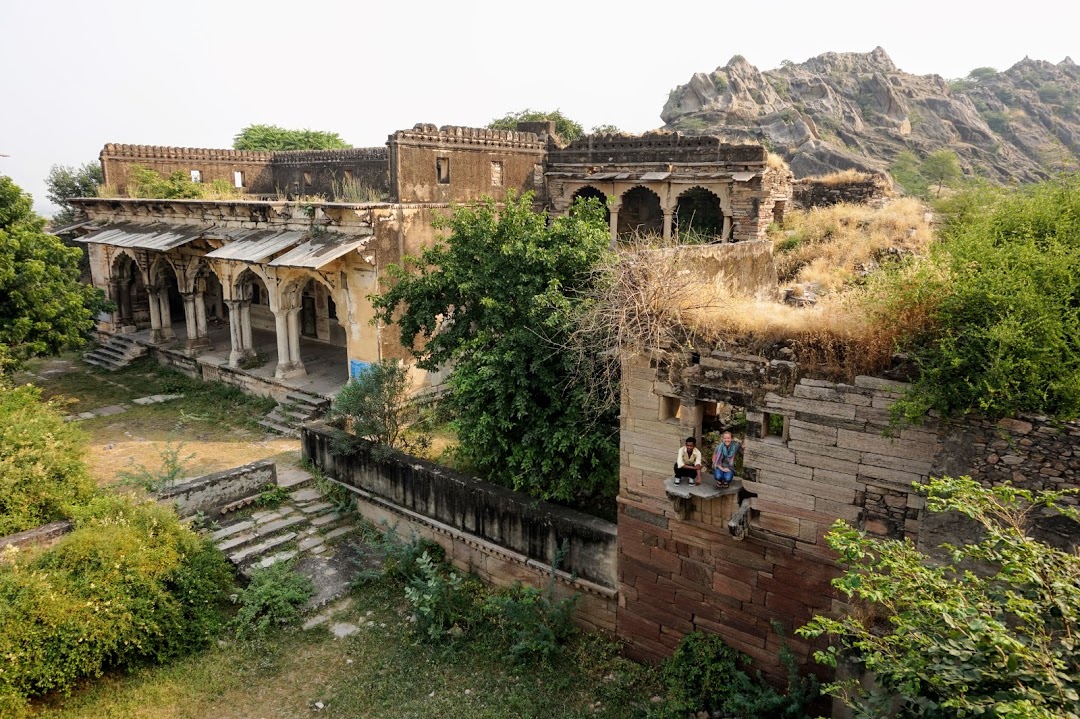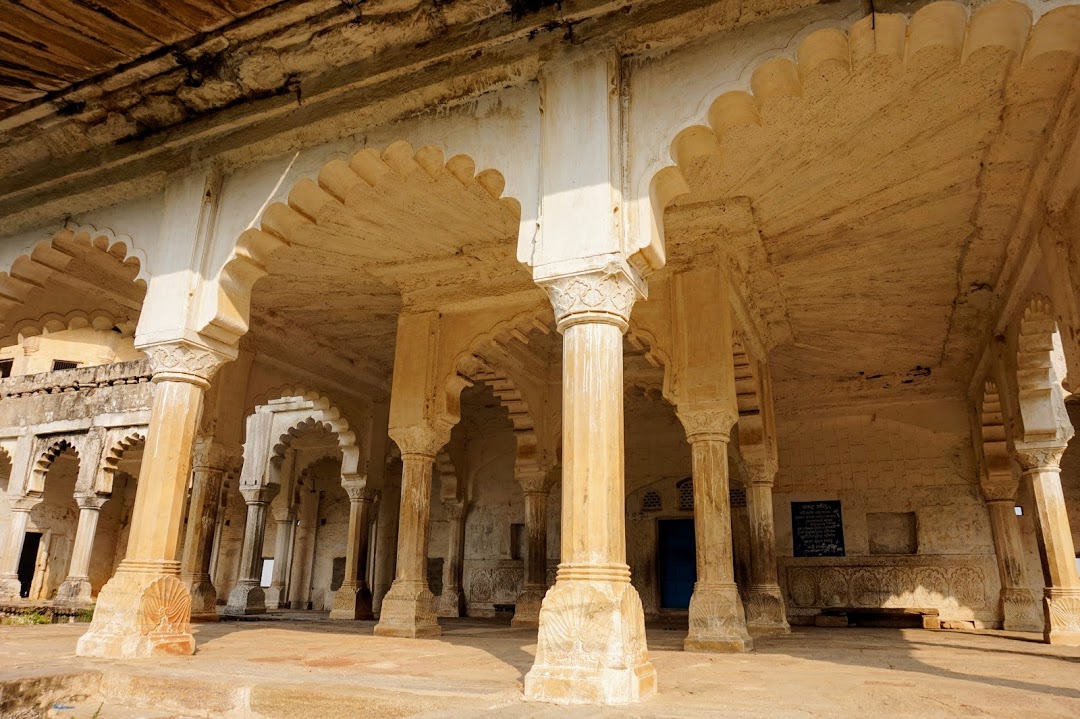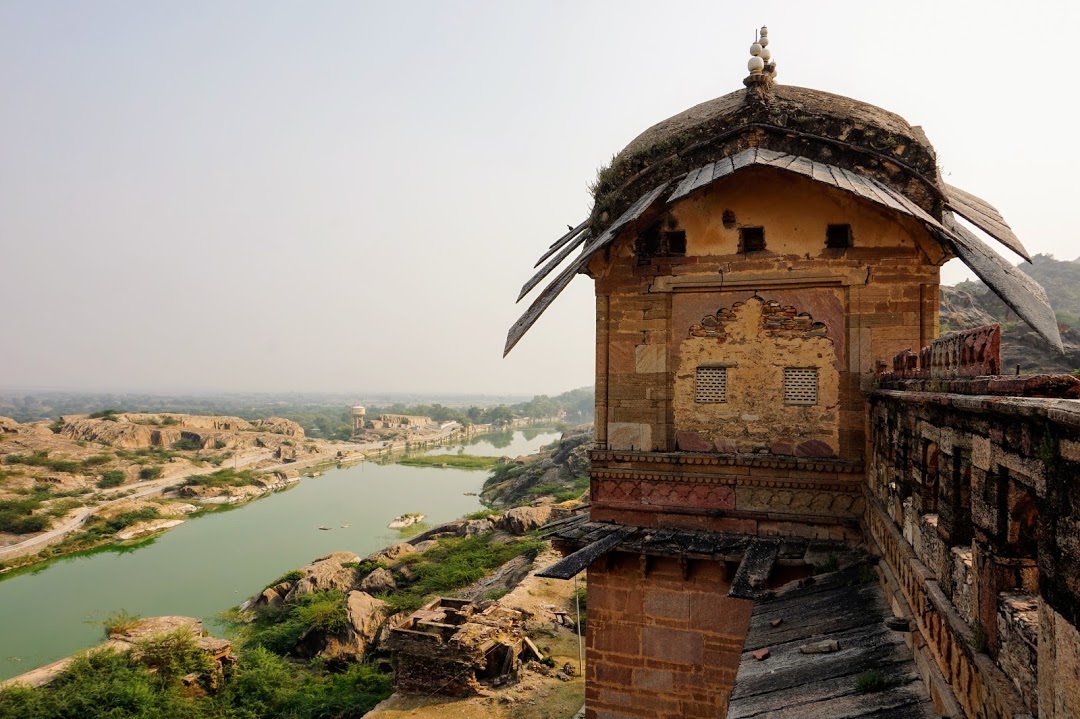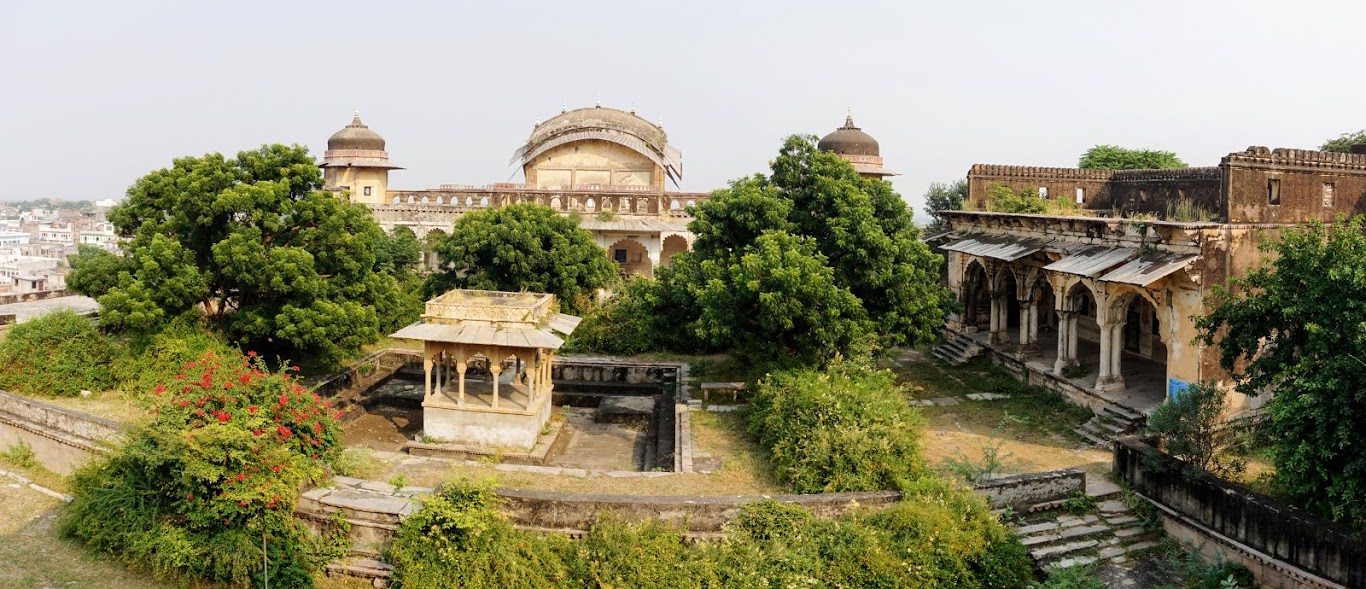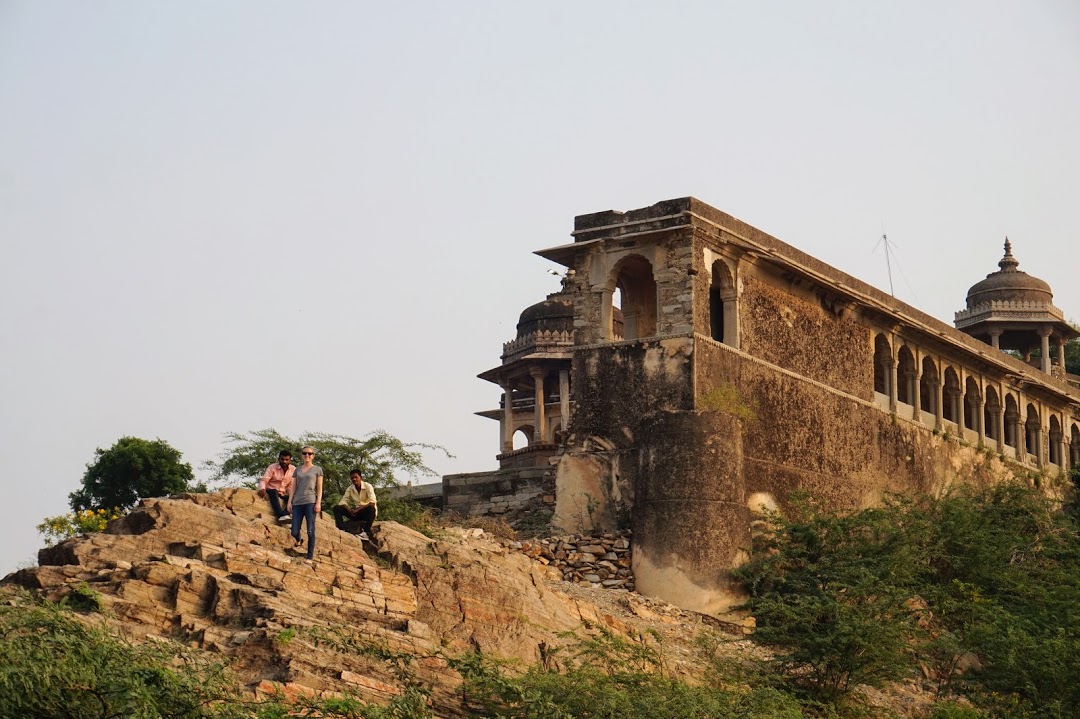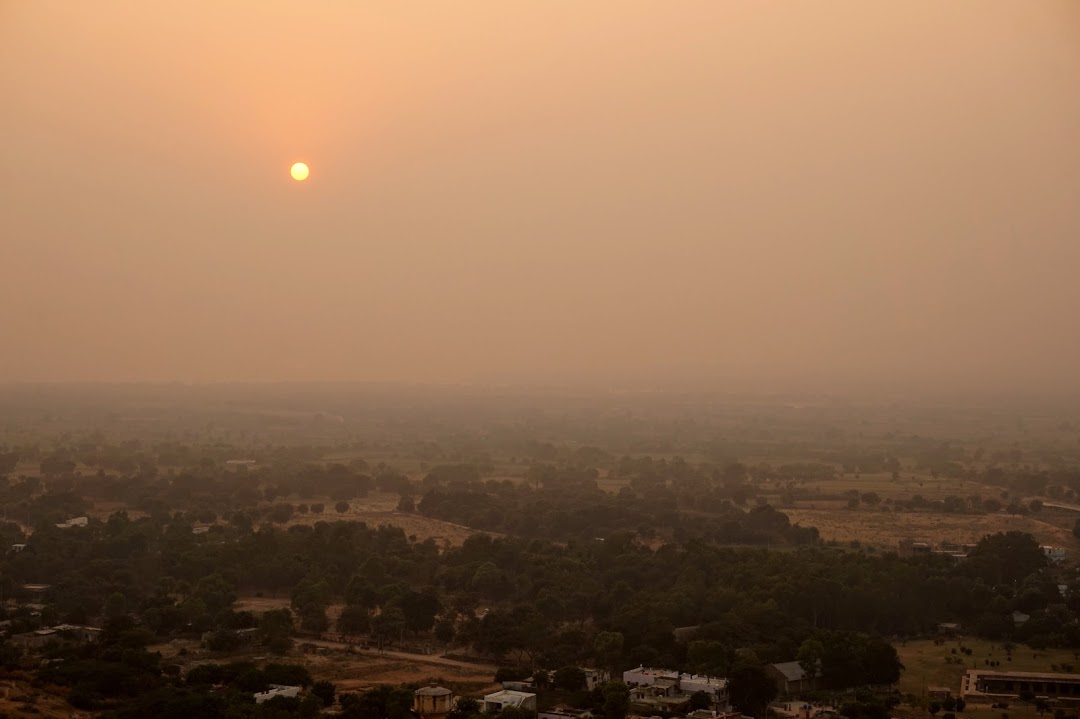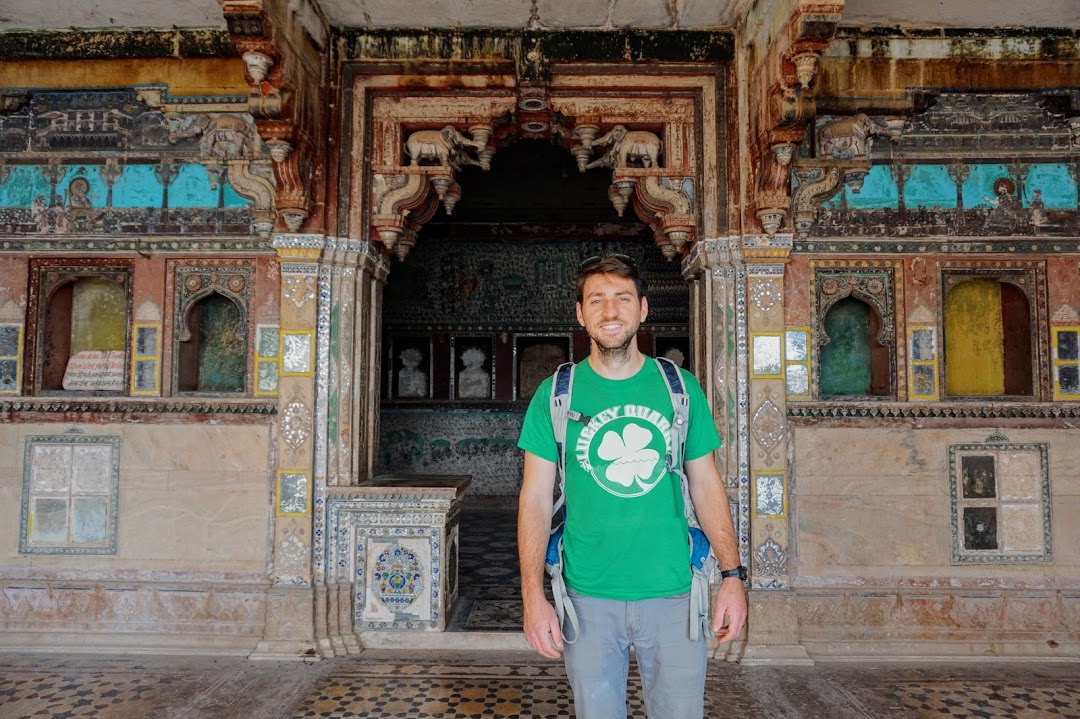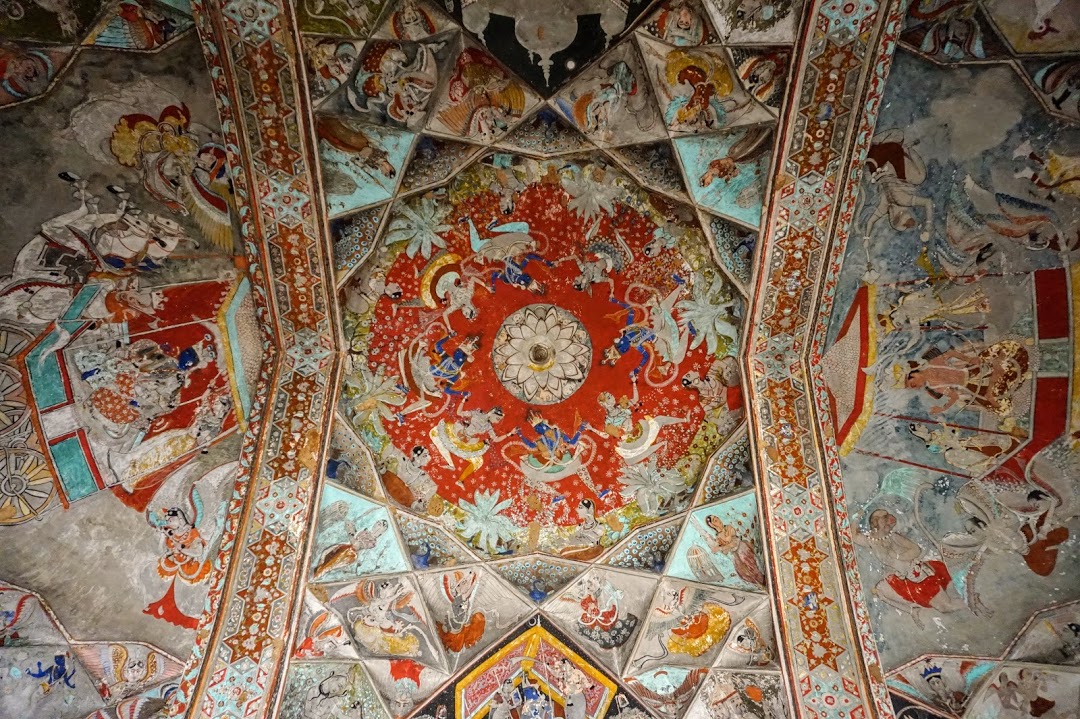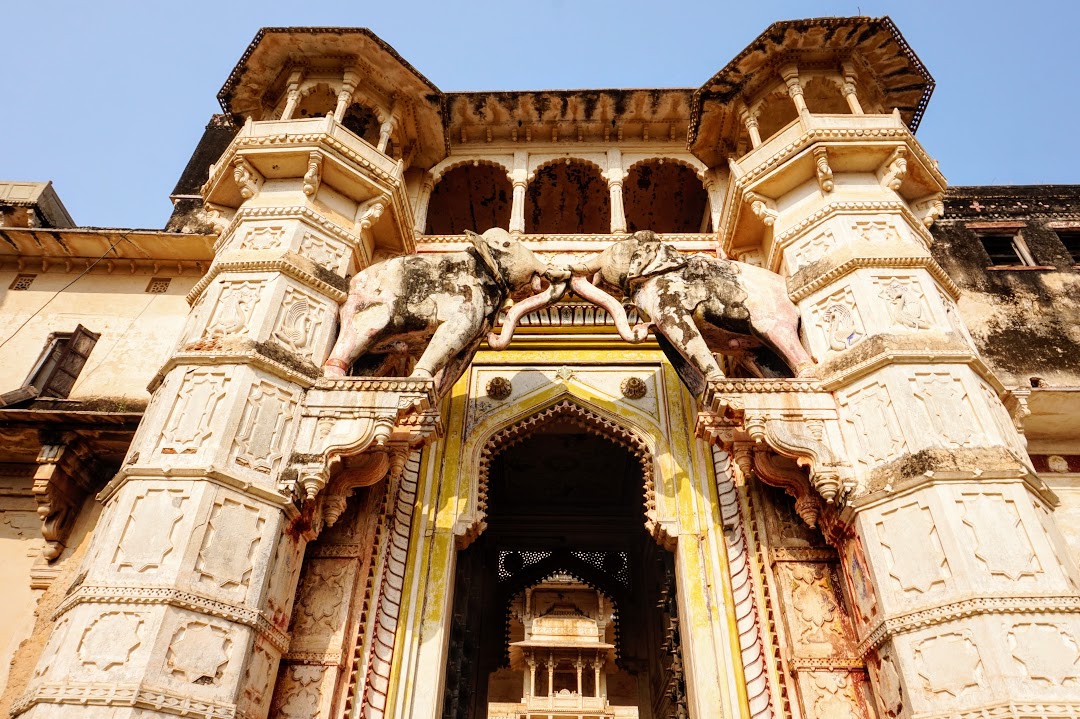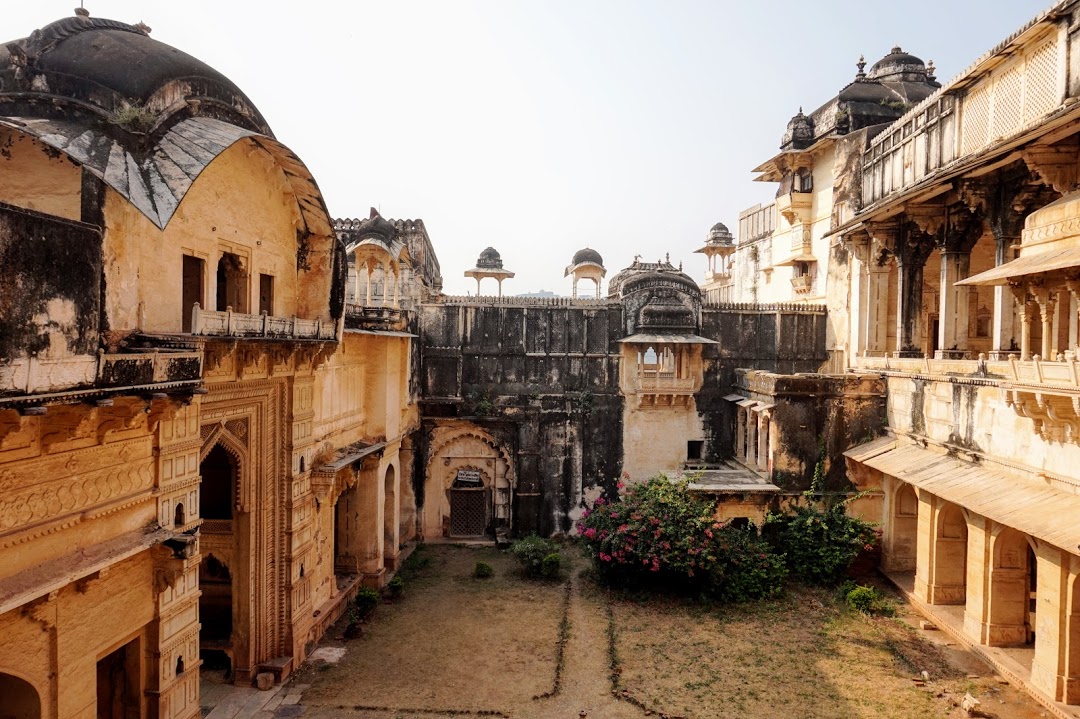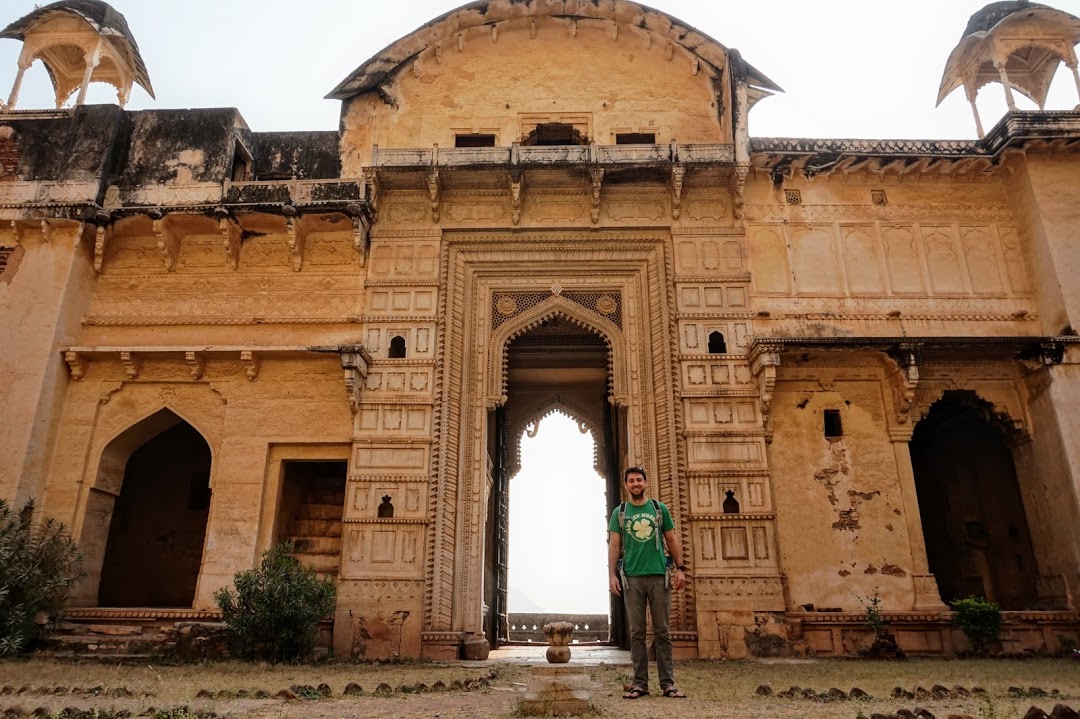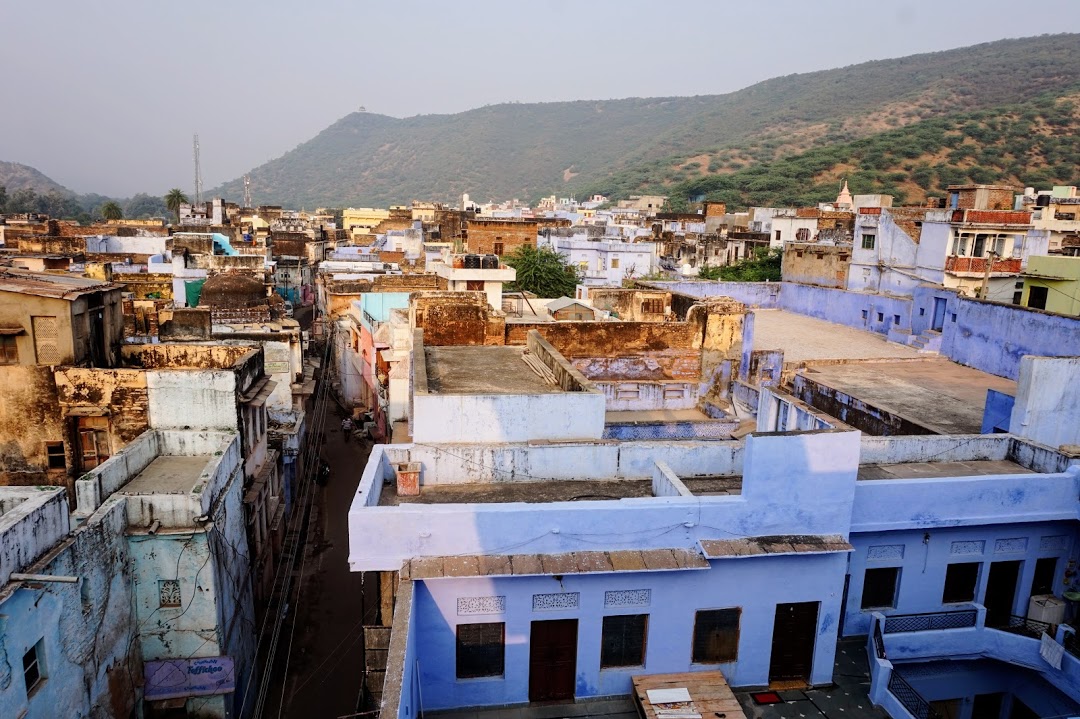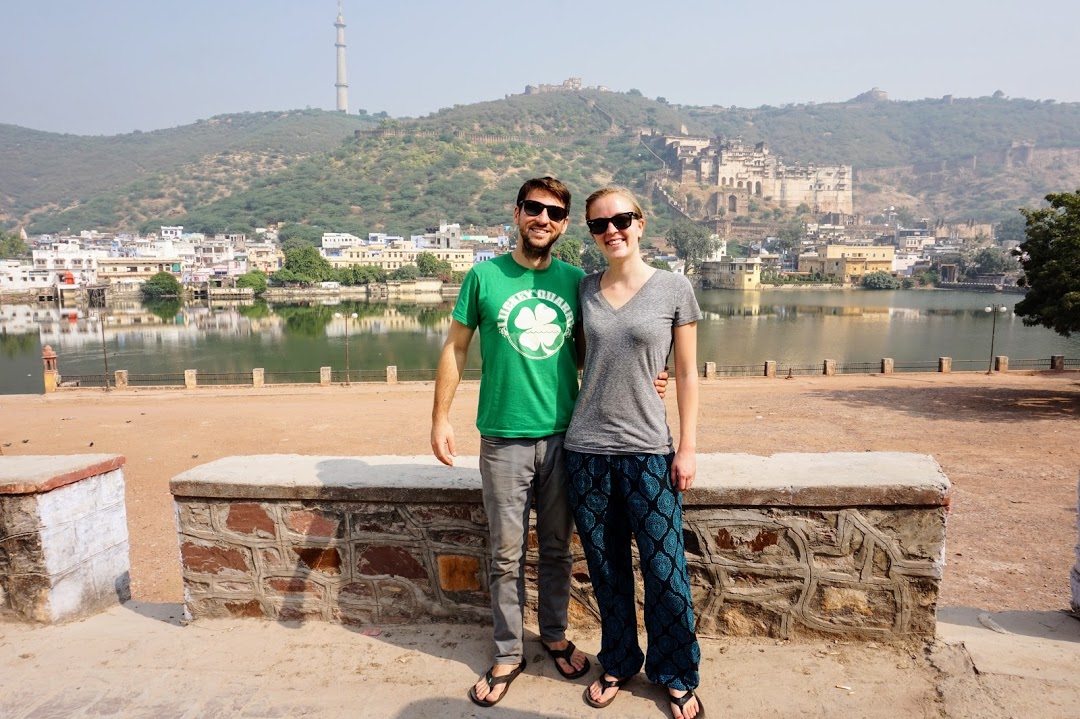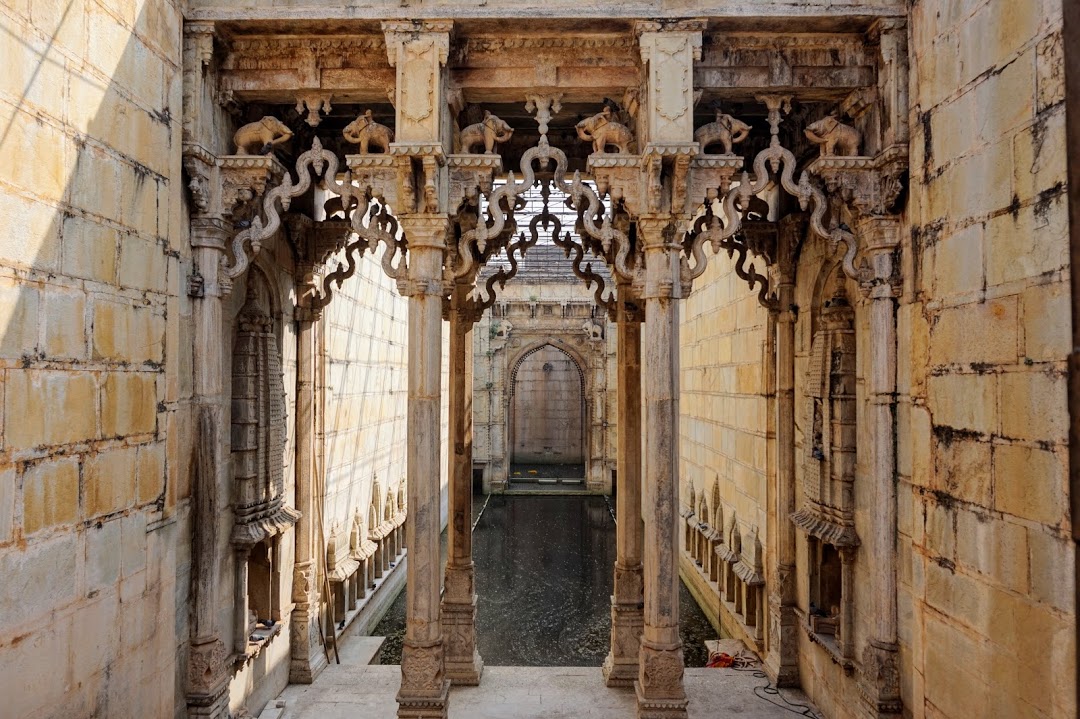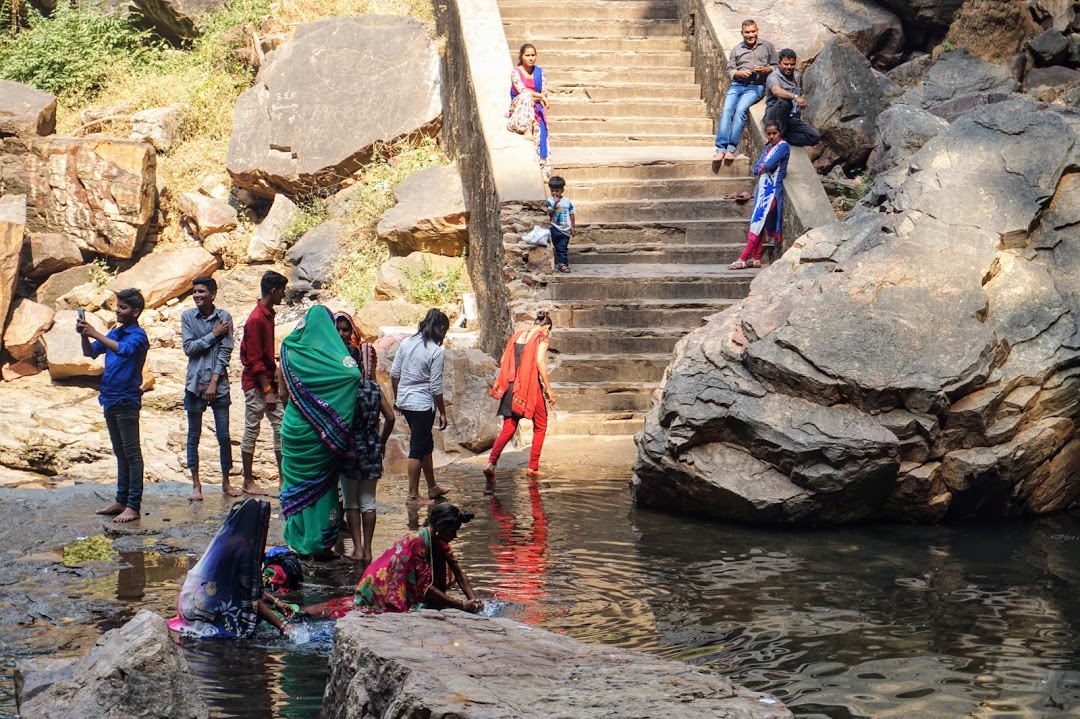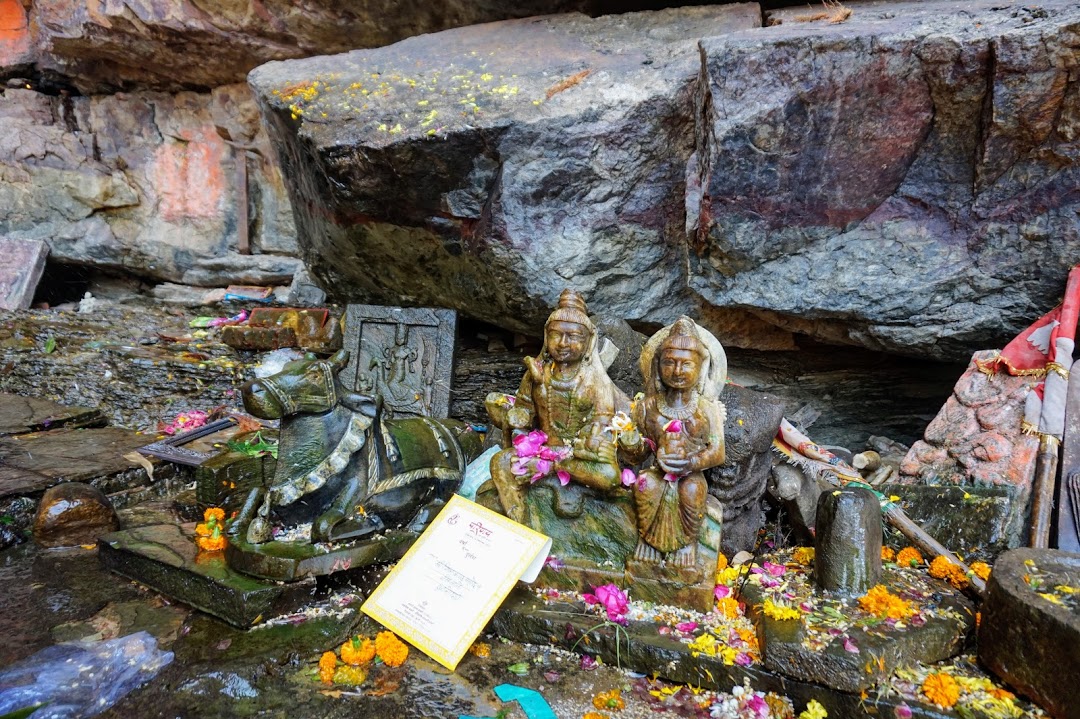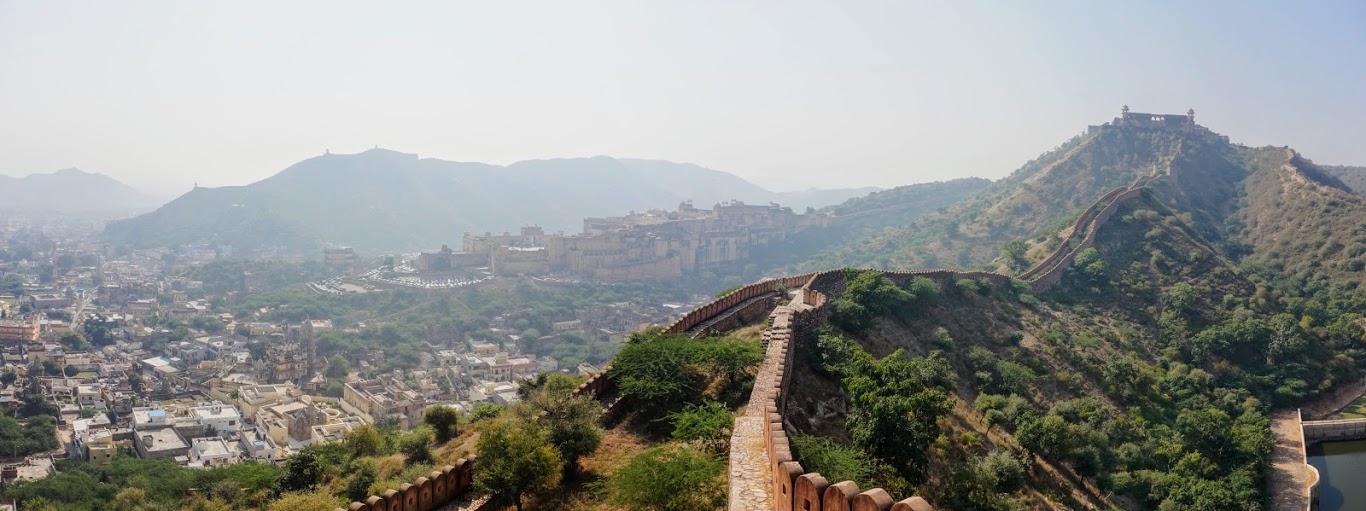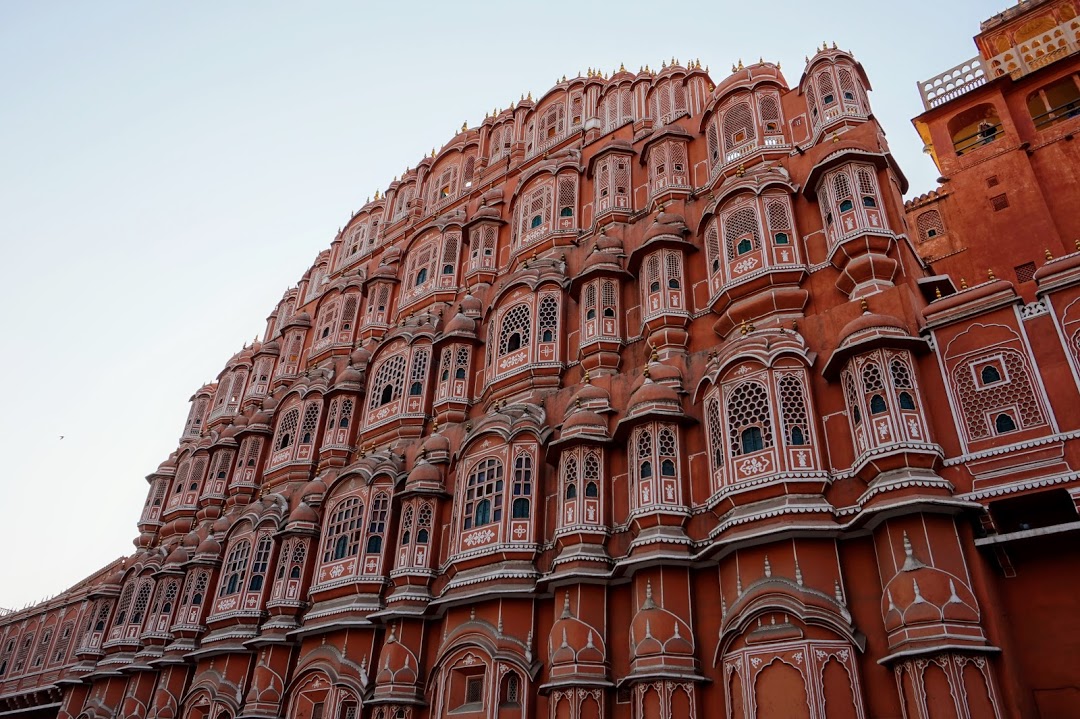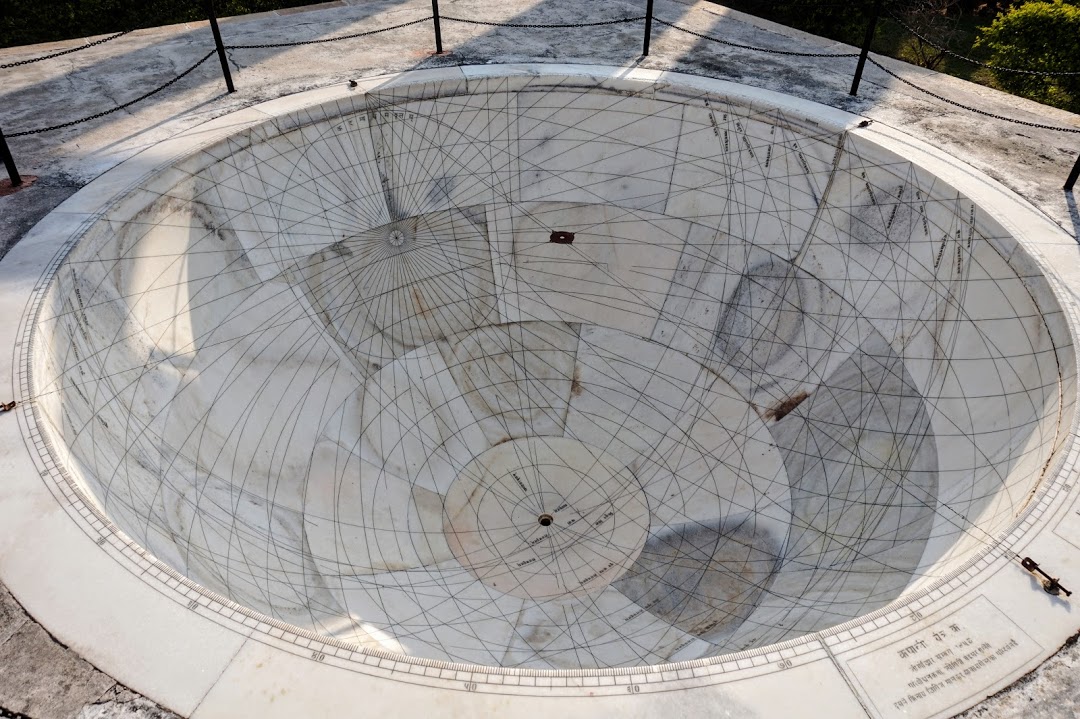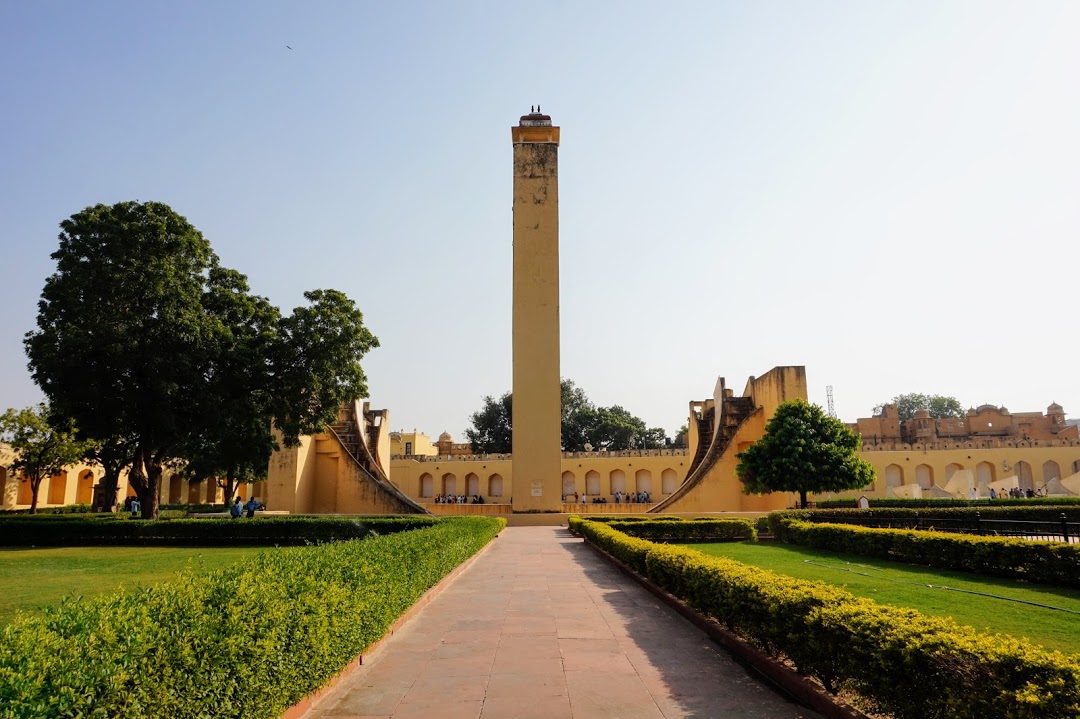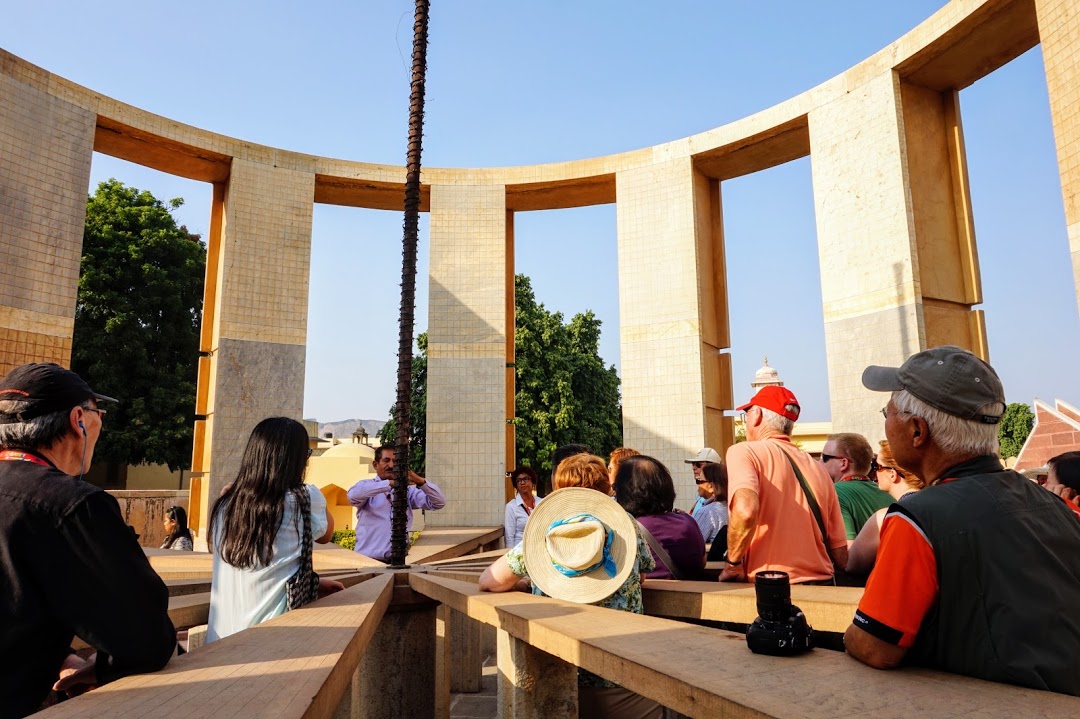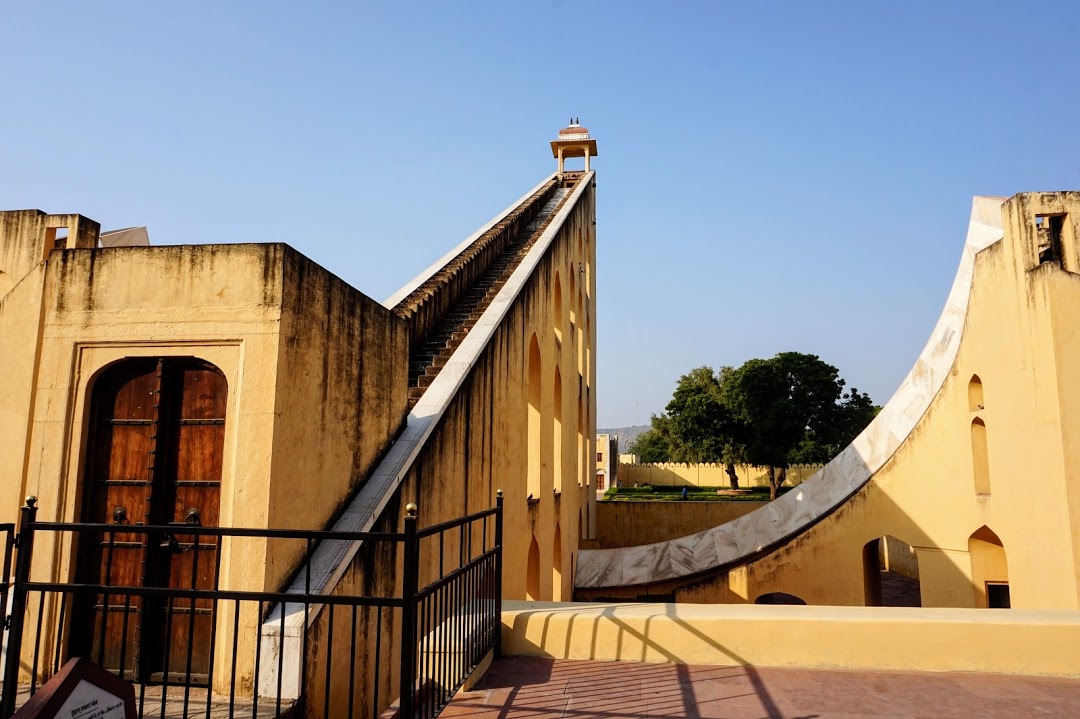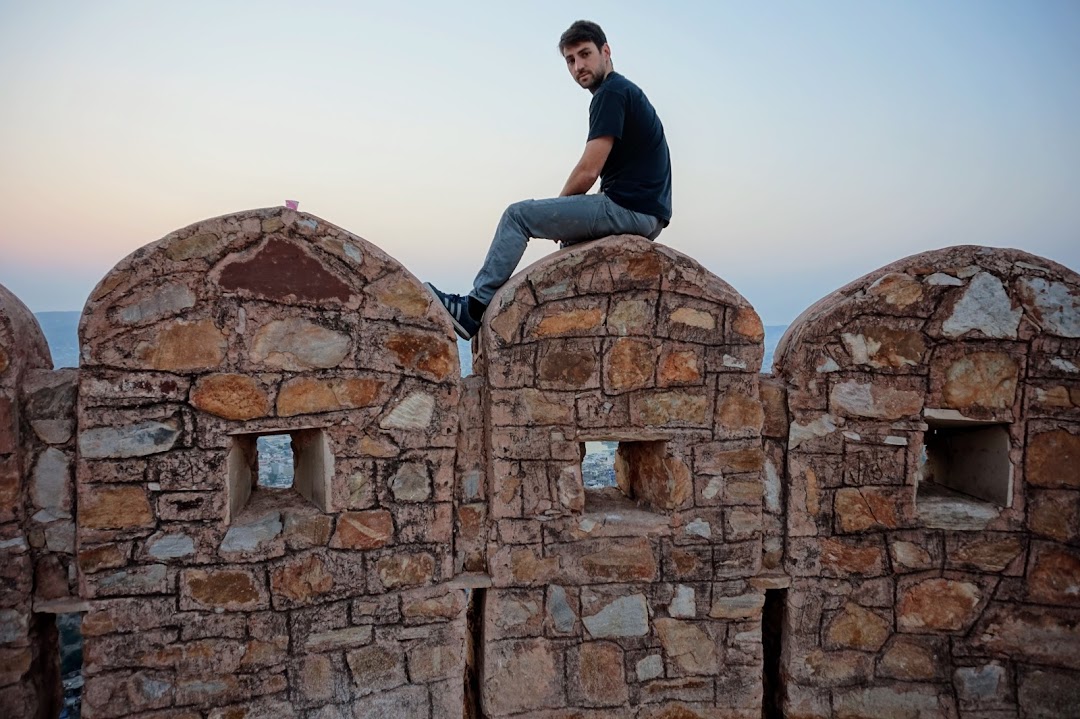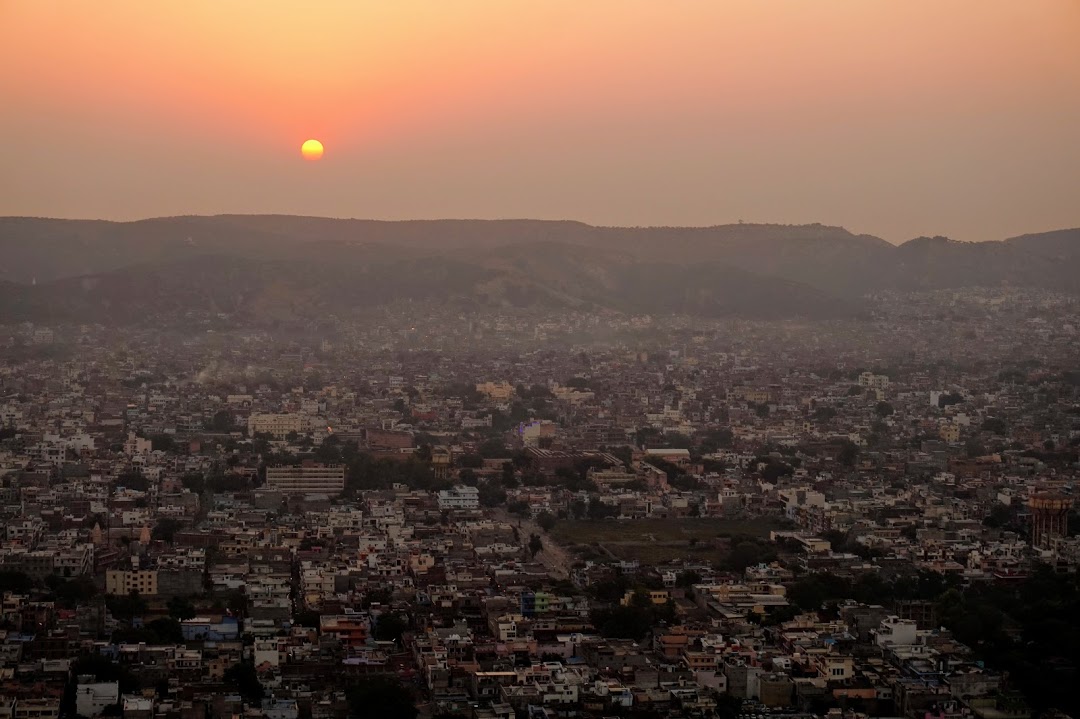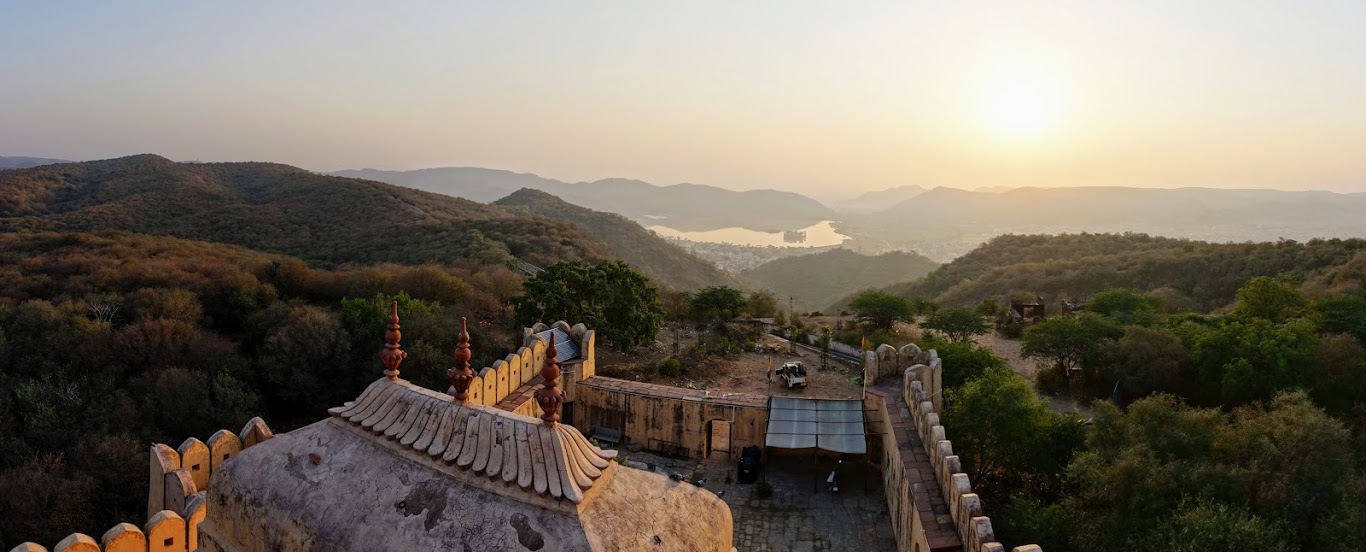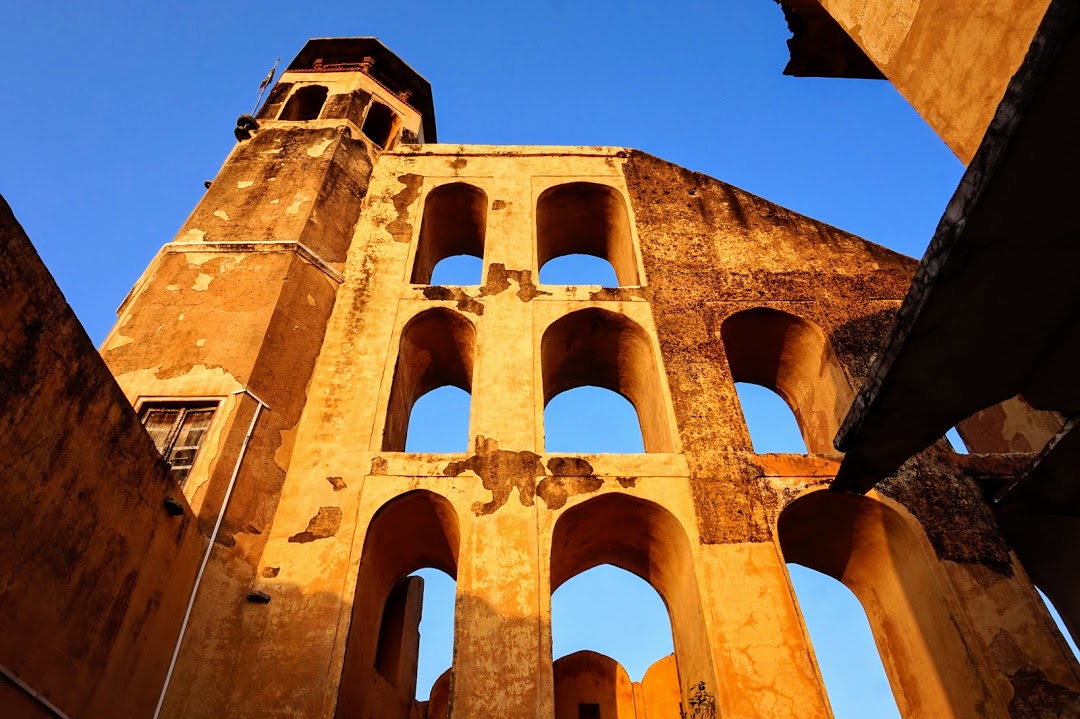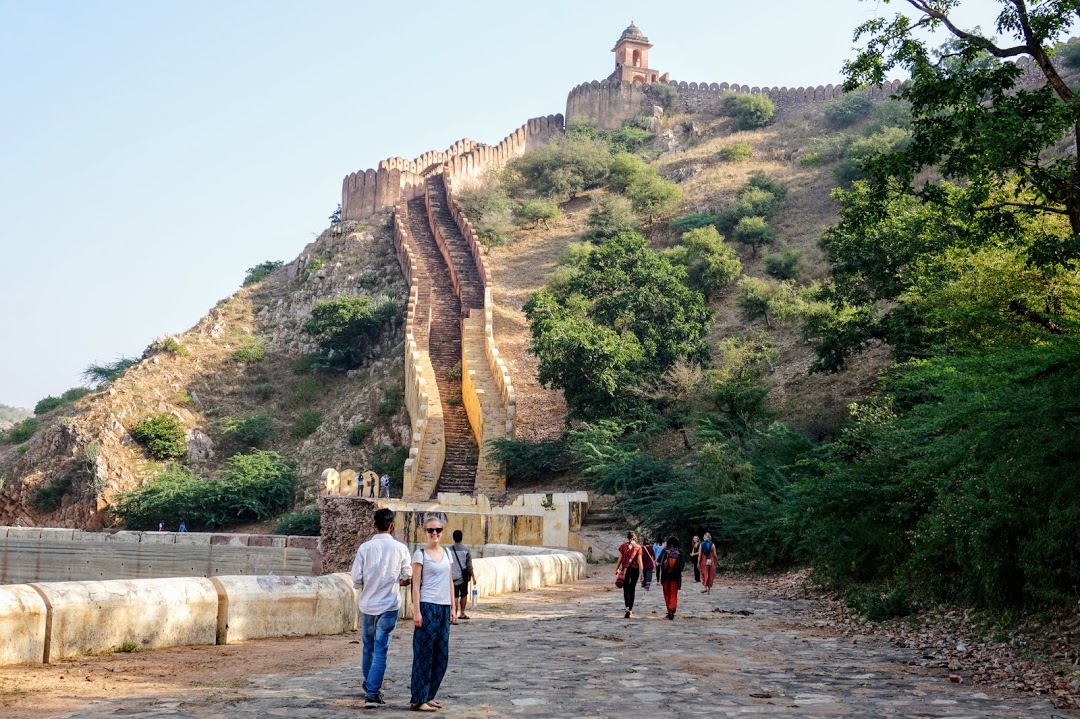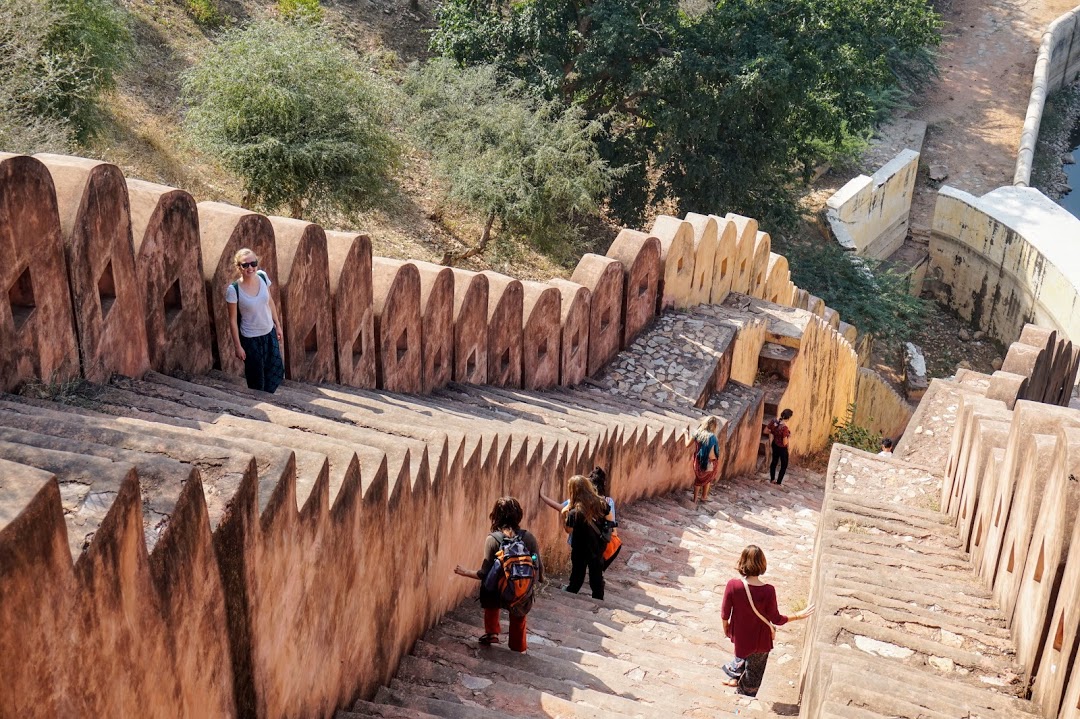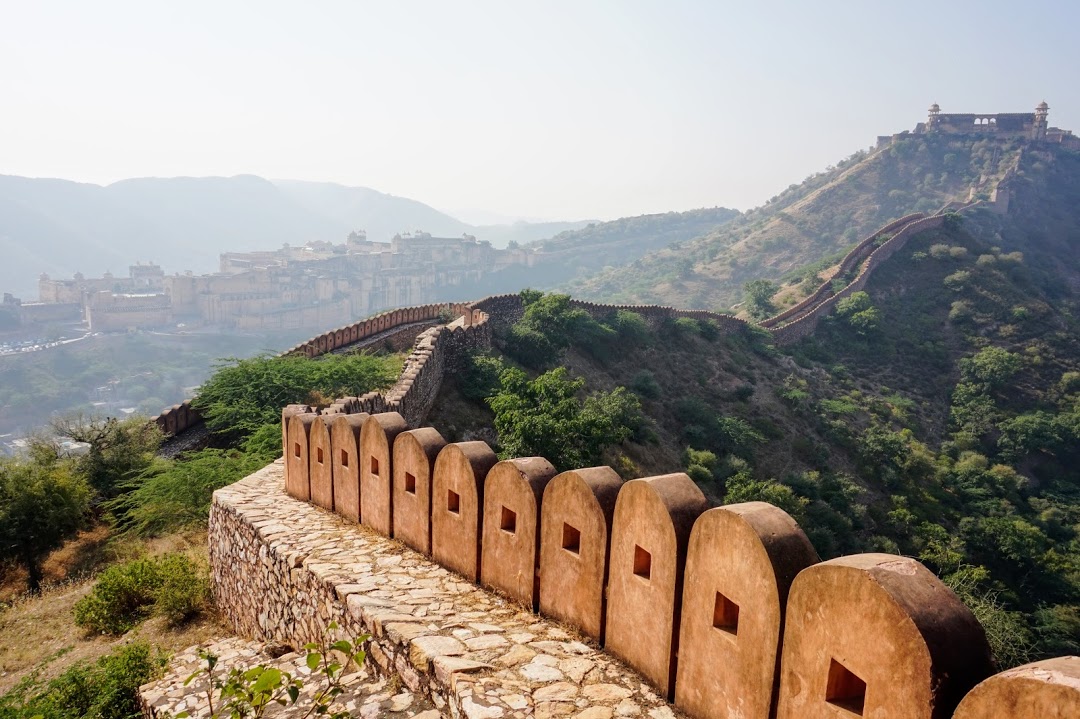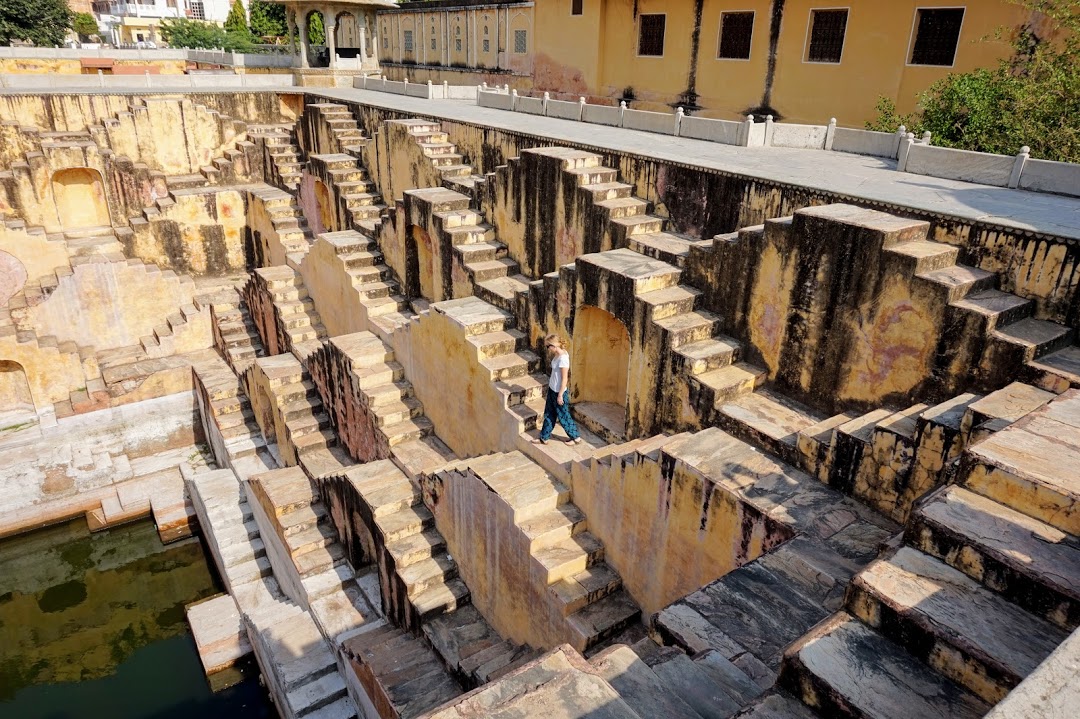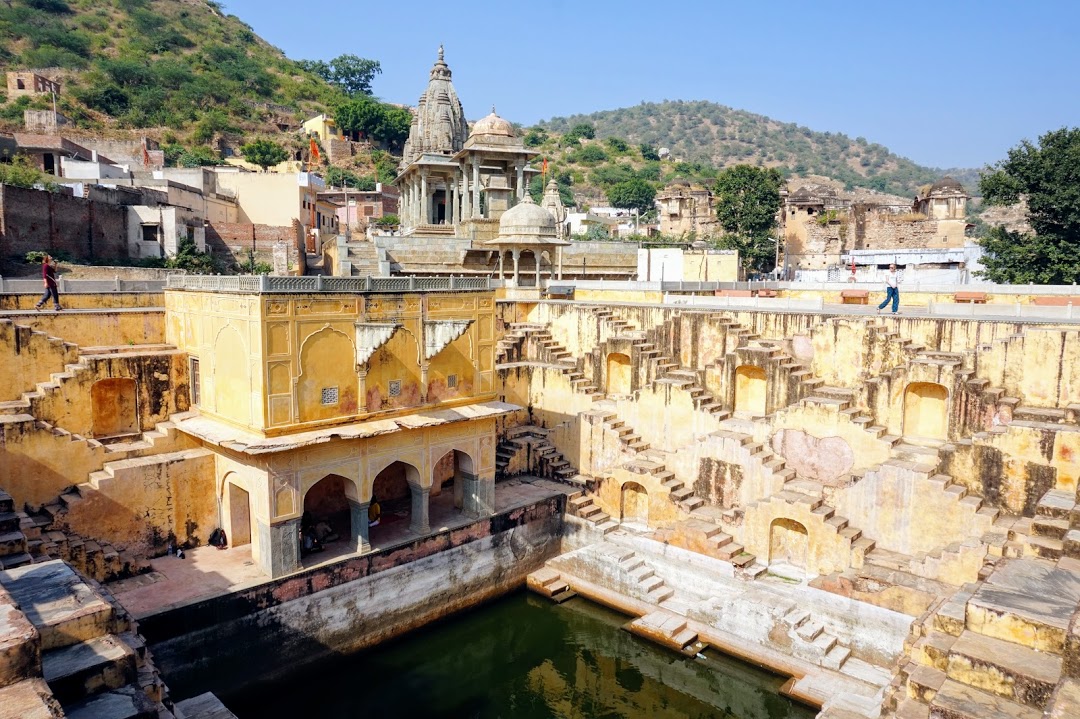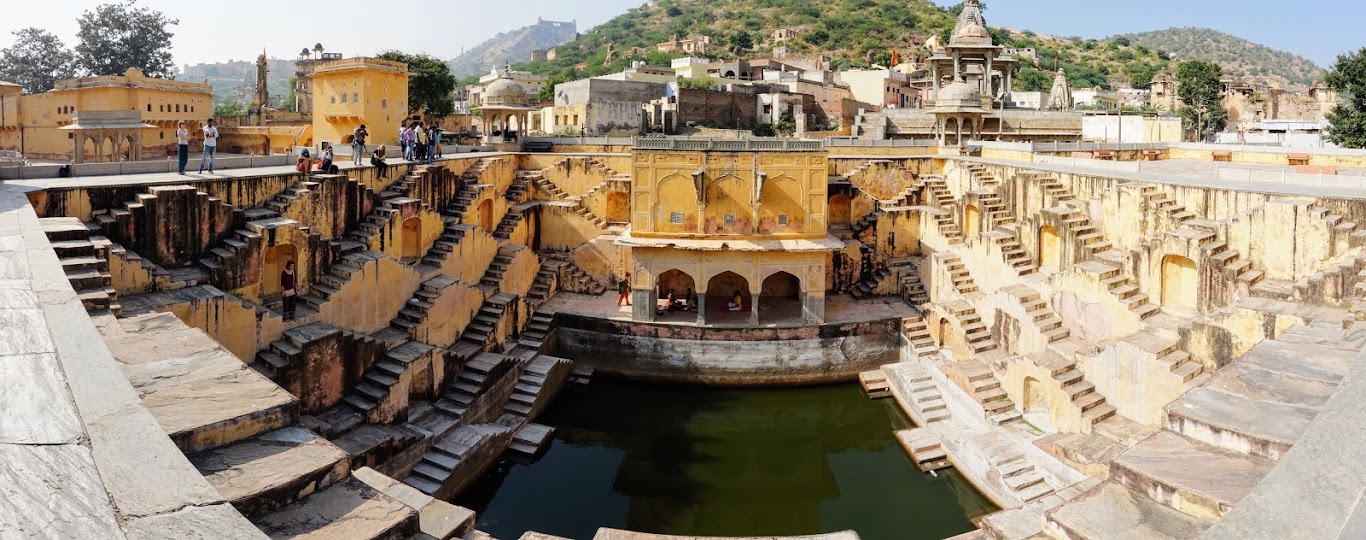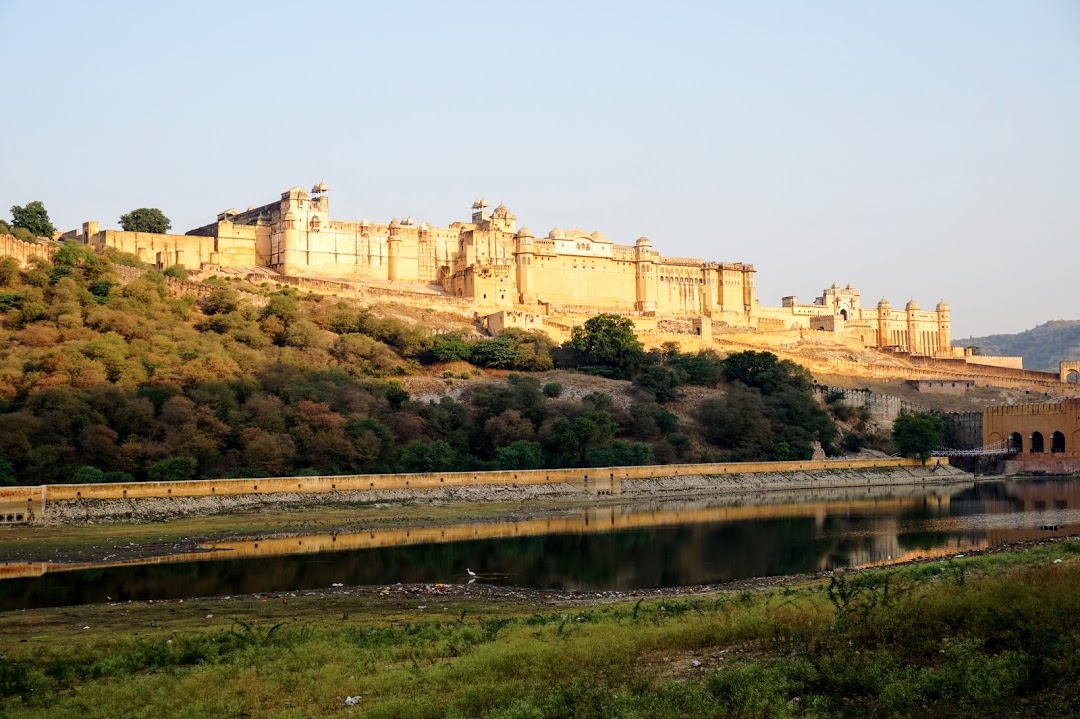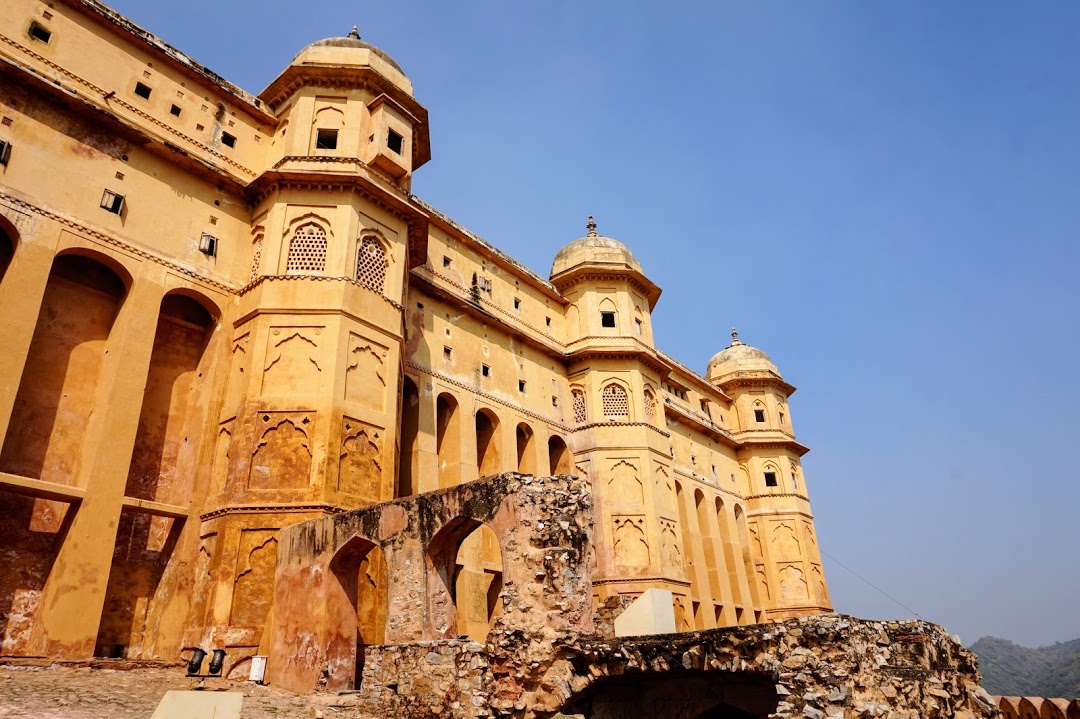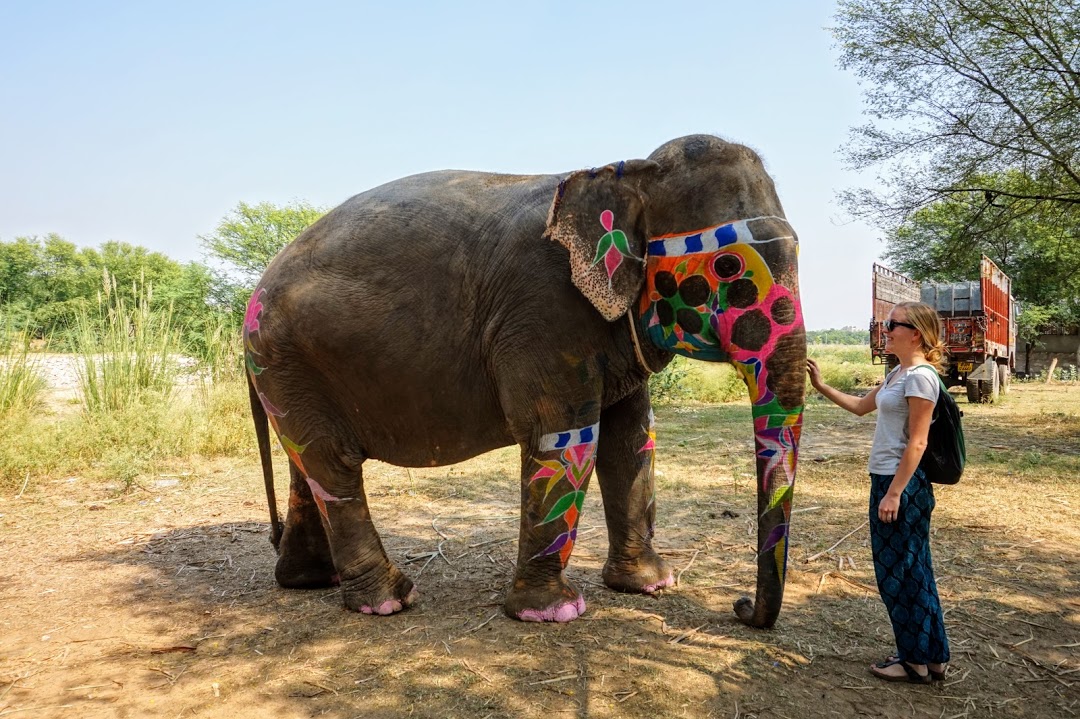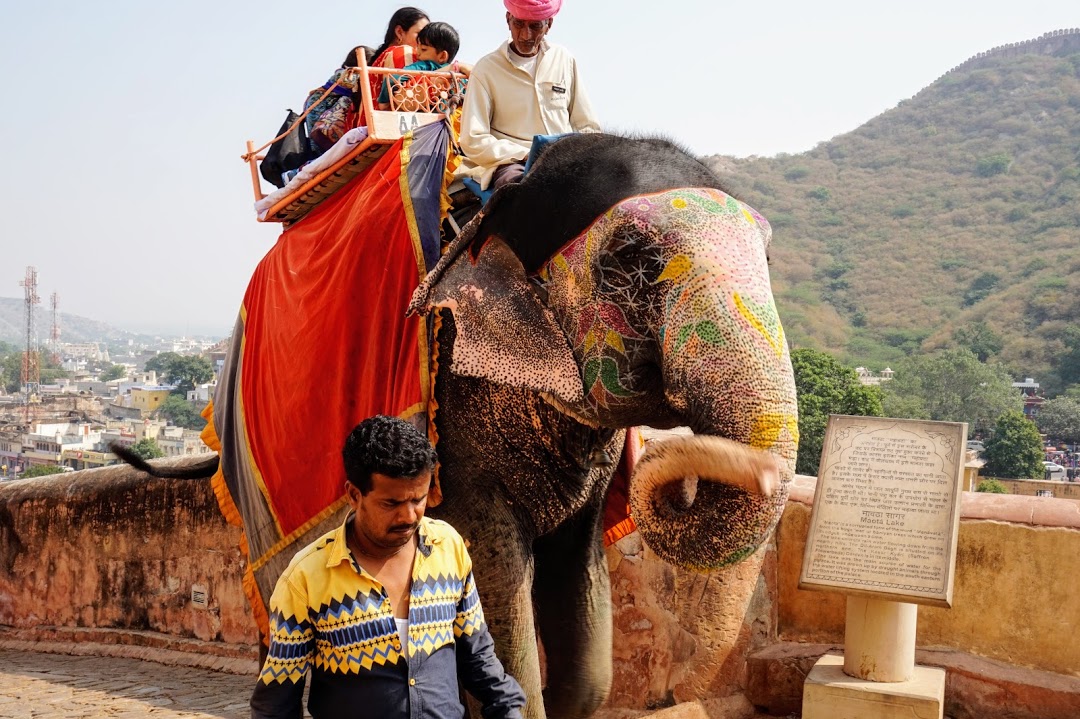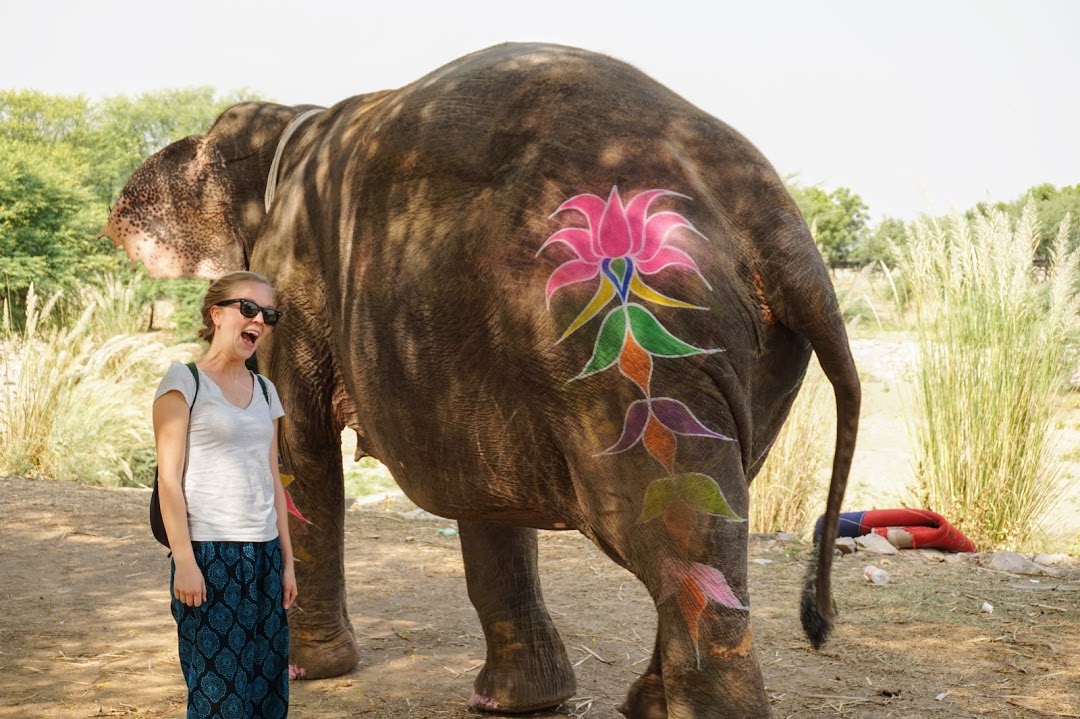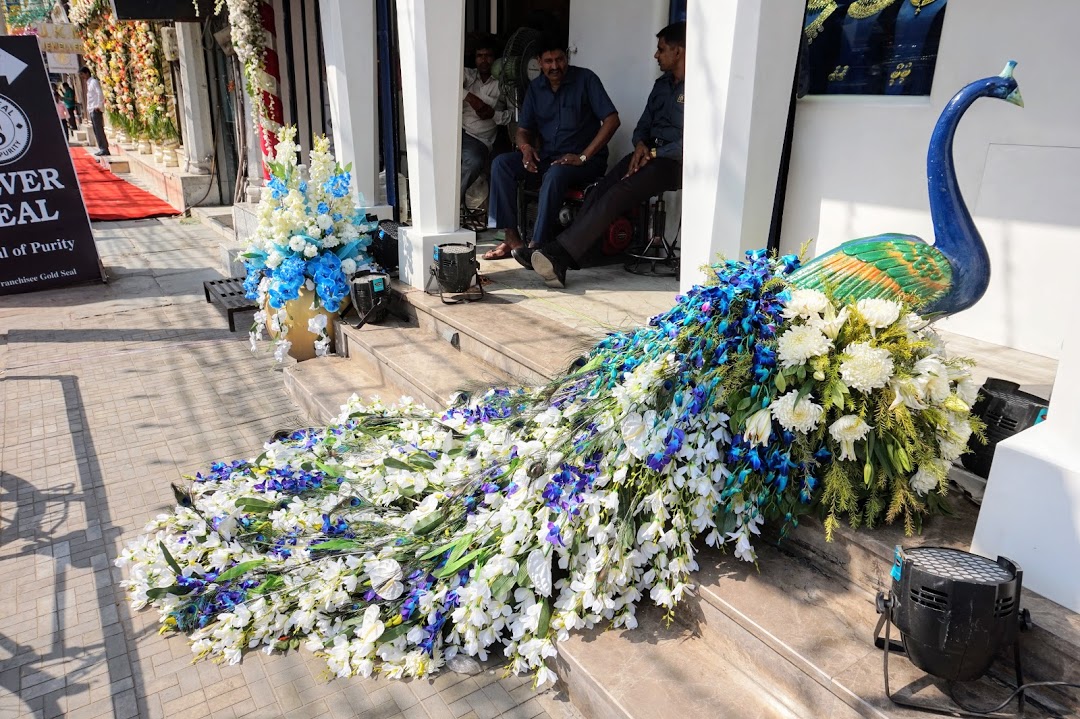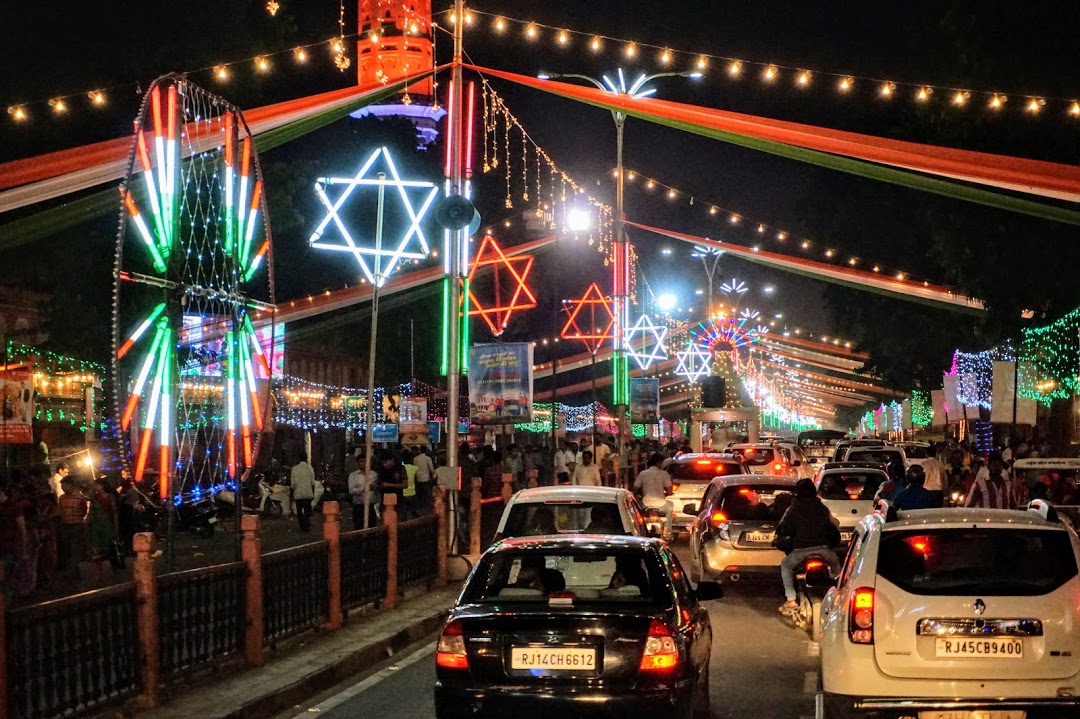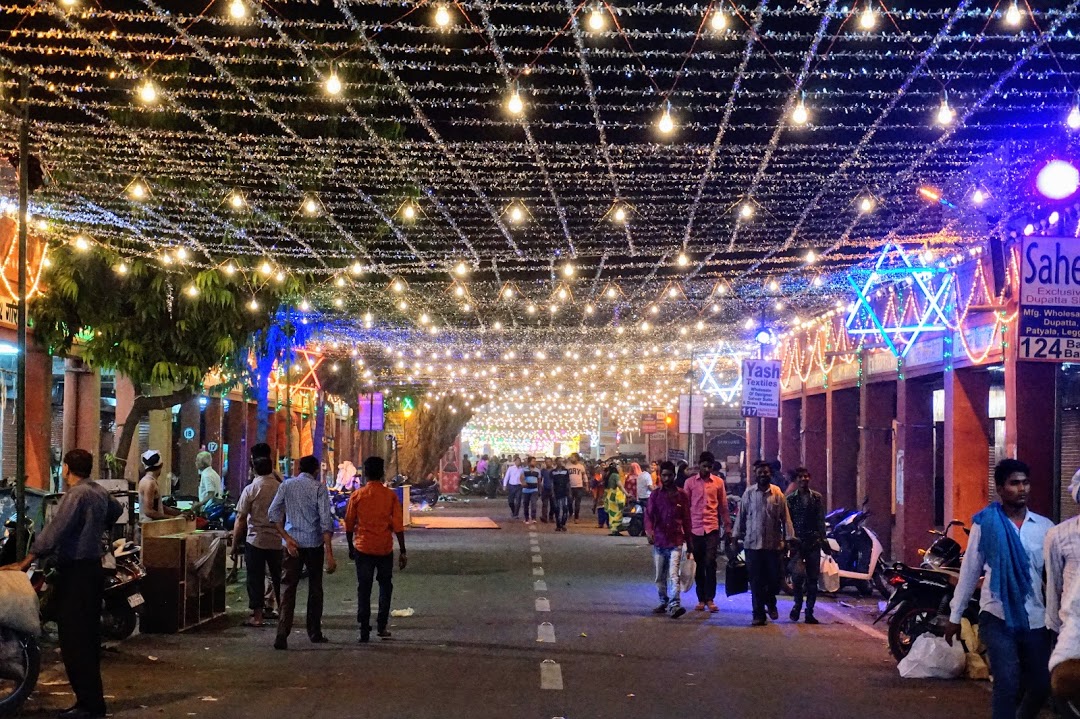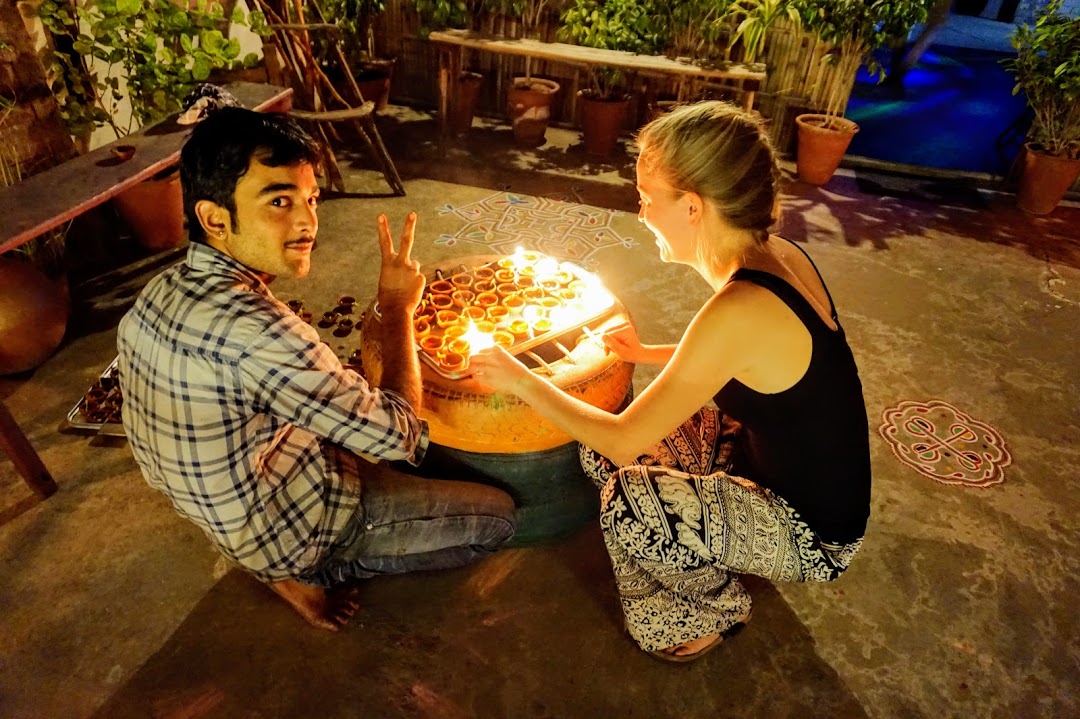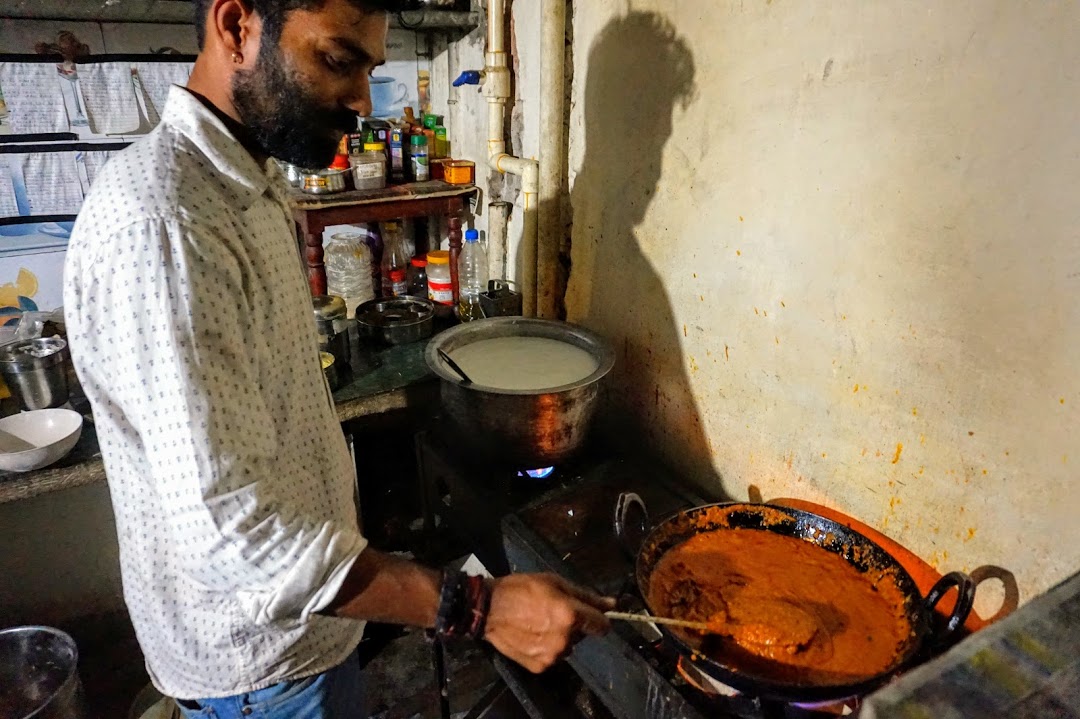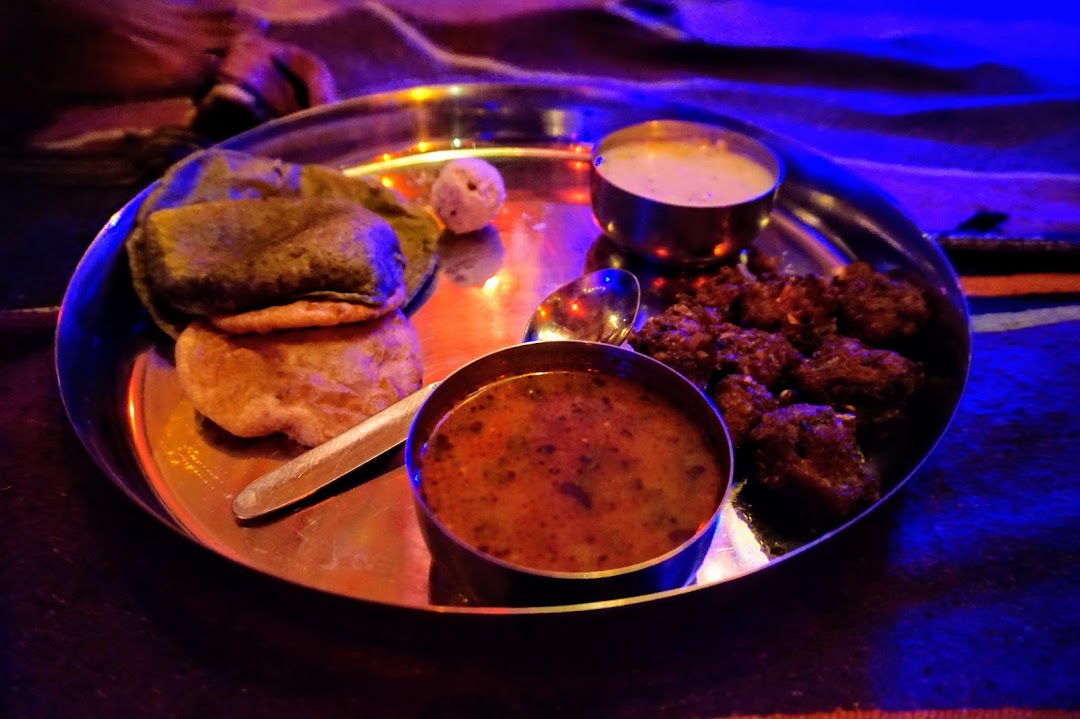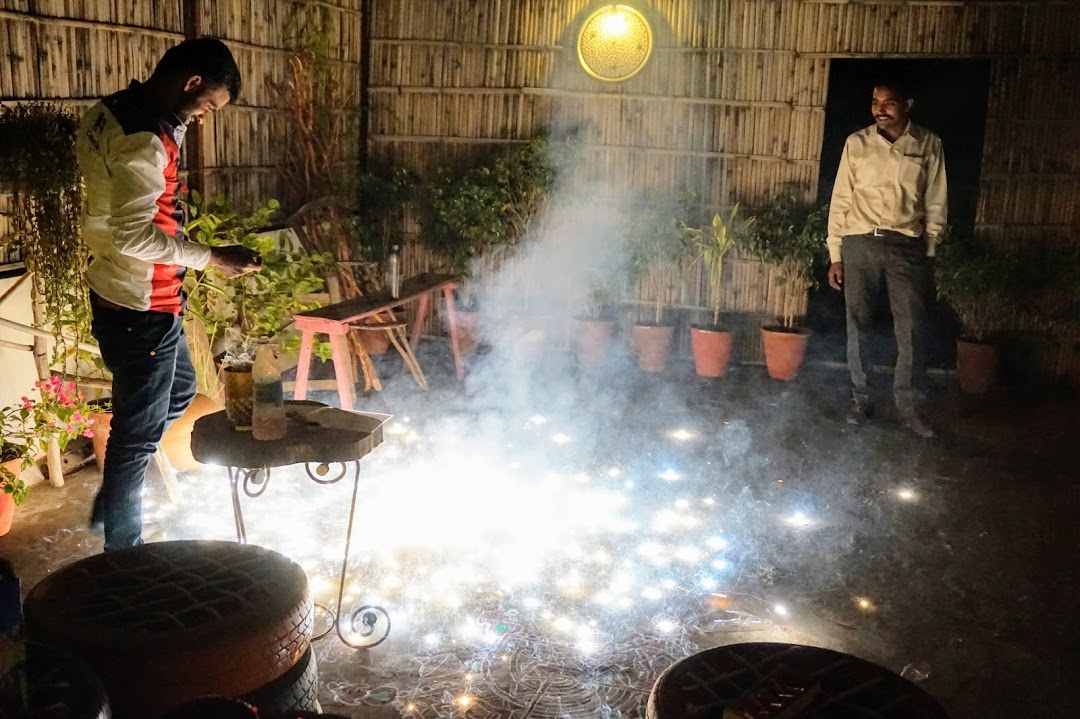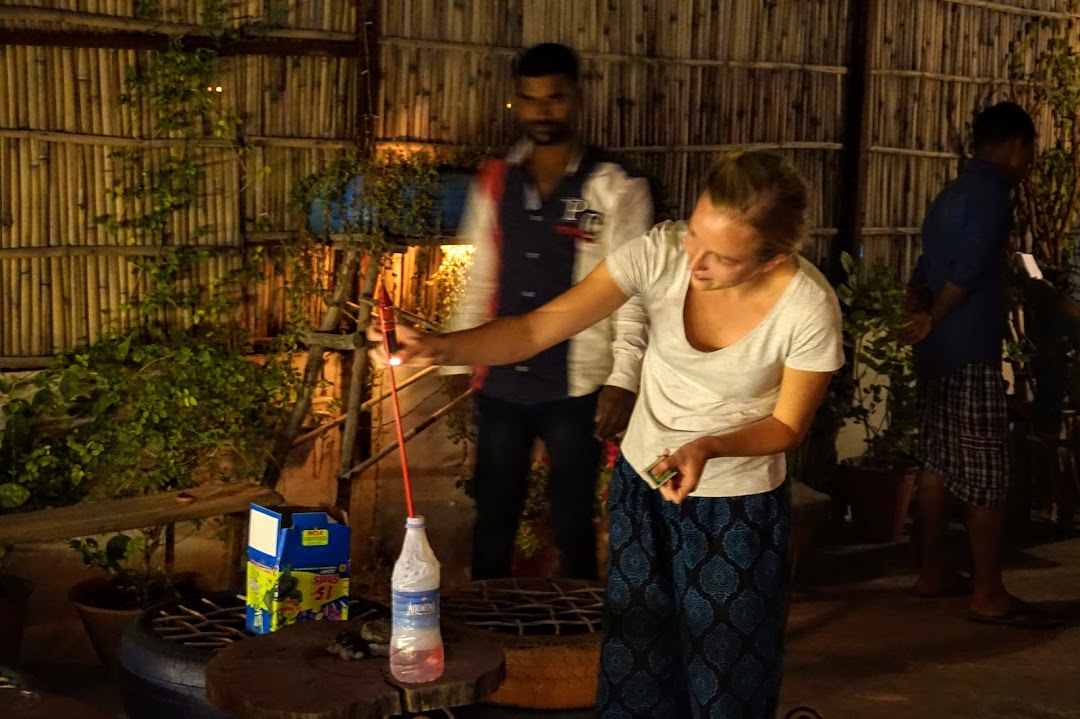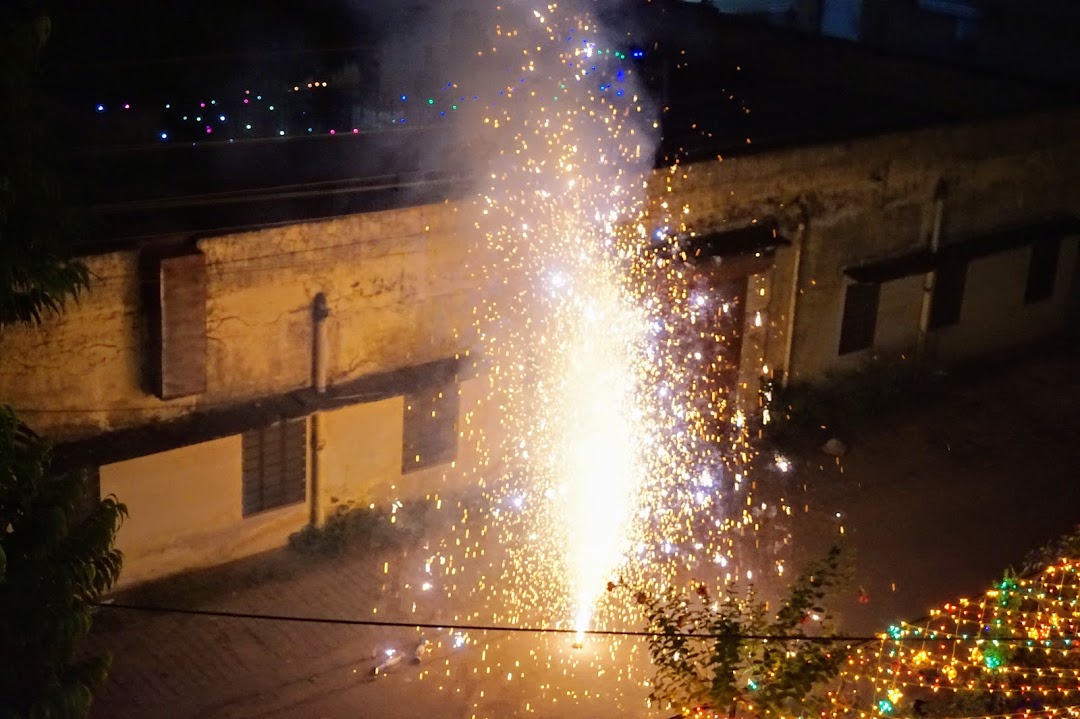Varanasi, one of the oldest cities in the world, is located along the Ganges River and is one of the most important spiritual cities in India. Many pilgrims come here to bathe in the sacred river along the numerous ghats, some of which are used as Hindu cremation sites where funeral pyres burn 24/7. To us it was impossibly crowded and dirty, yet offered a fascinating insight into religious rituals previously unknown to us.
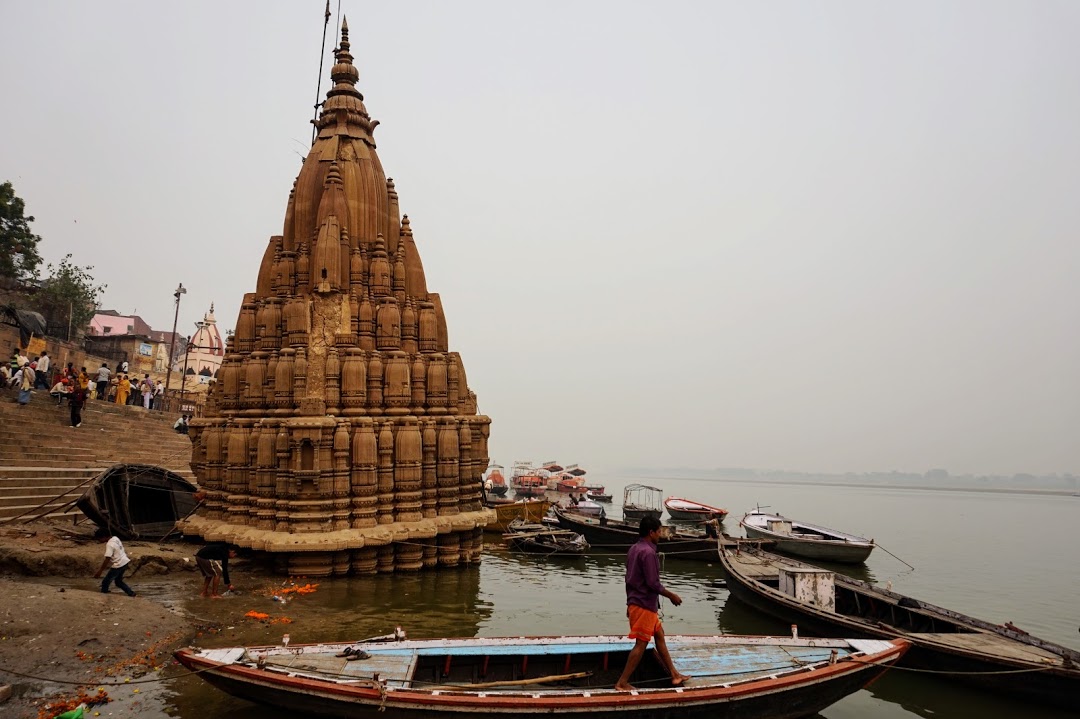
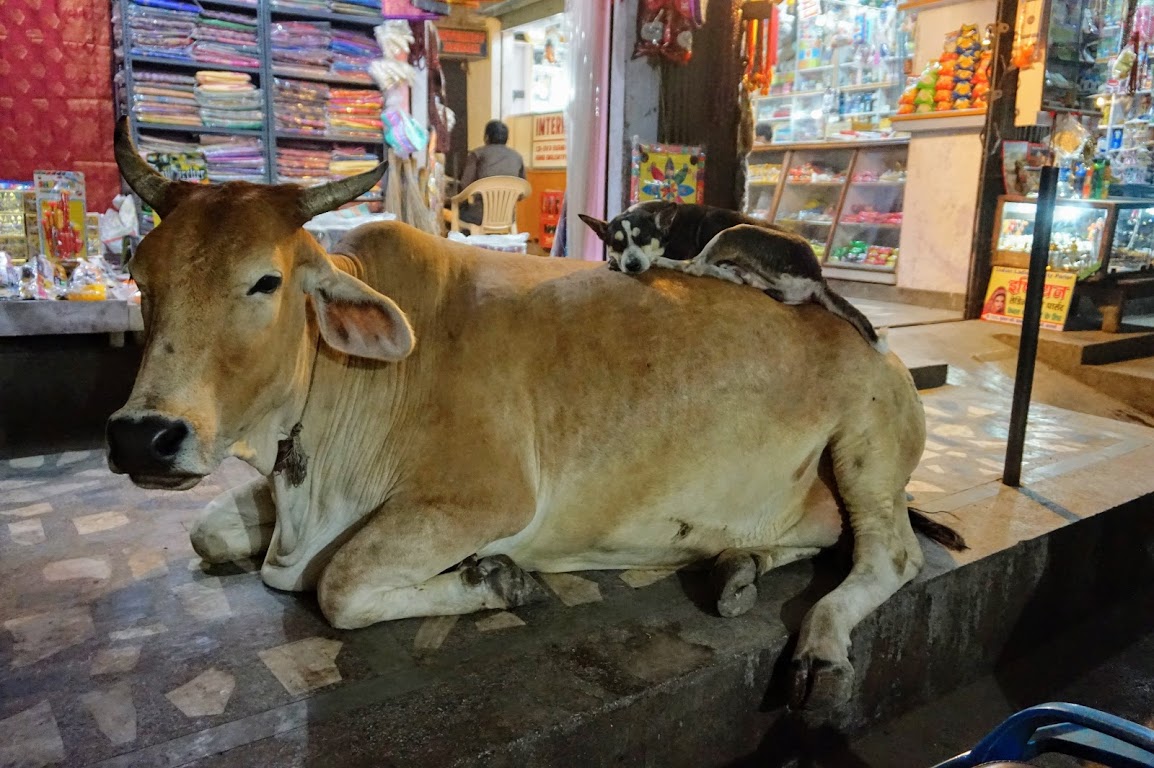
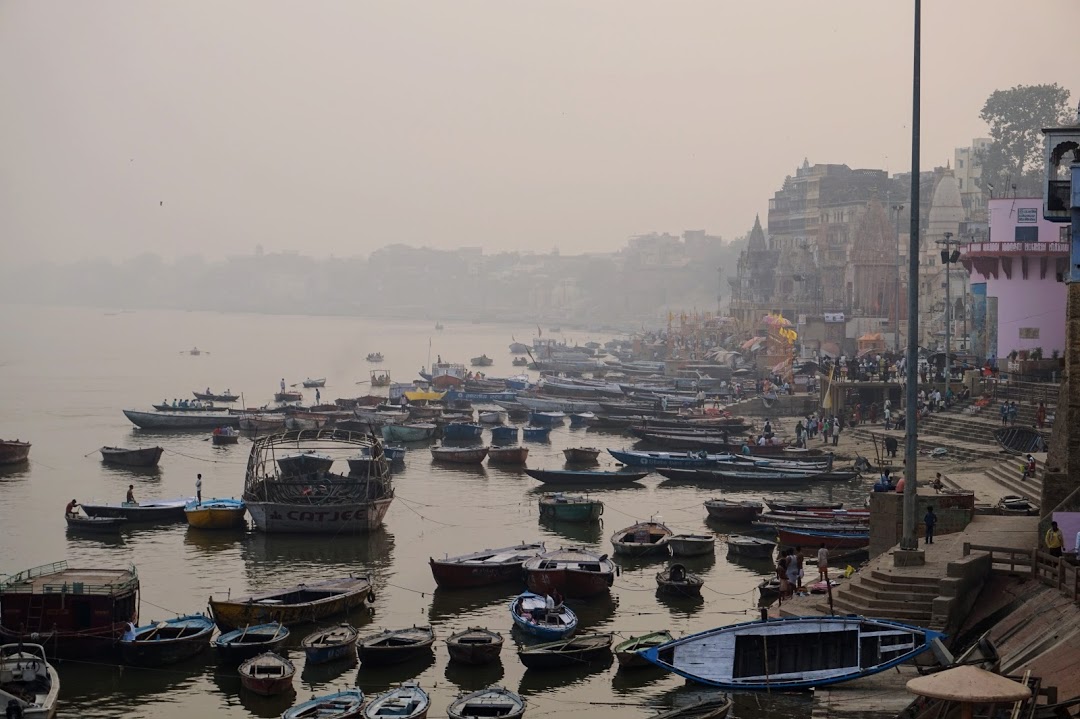
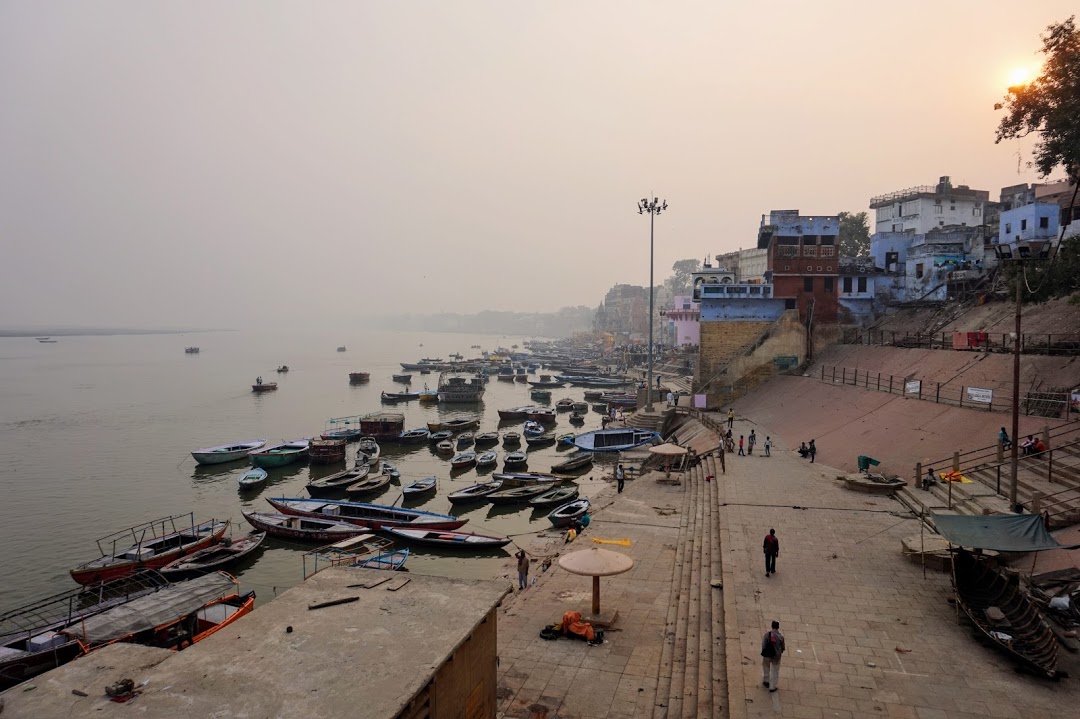
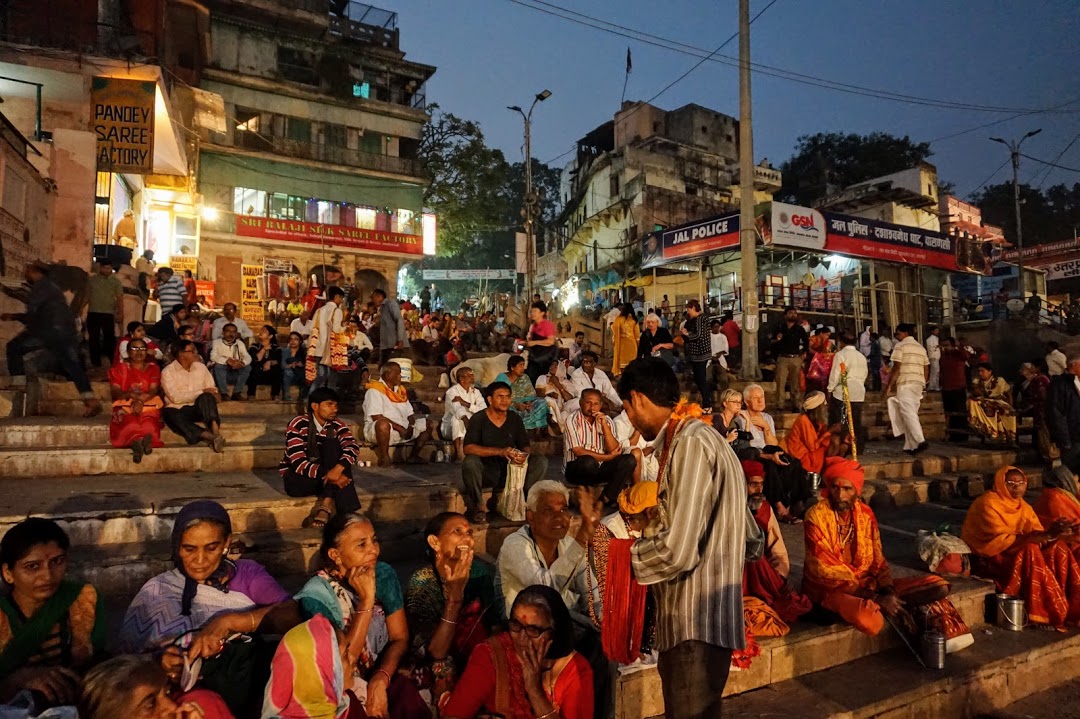
Hindus believe that if your remains are deposited in the Ganges, you are able to escape the cycle of rebirth and make it to heaven. Because of this, many people travel here from all over India to die. Although there are many ghats along the river, only a few are used for cremation. Near those places it’s almost impossible to avoid running into a funeral procession. We had to squeeze against the wall while families carried their loved one through the streets, down the ghats, and into the river. Family members wade into the Ganges to wash the body before carrying it back out and placing it atop one the funeral pyres. Cremations often happen simultaneously so there might be several families waiting along the ghats. While we were observing these rituals, one of the funeral workers came and gave us a quick lesson on what was happening.
- We had noticed that there weren’t any female family members in attendance, and he told us that women are not allowed by law to attend the ceremony; instead, women can only watch by boat on the river. These laws have come about to prevent the practice of sati where a widow immolates herself (sometimes forcibly) on her husband’s funeral pyre.
- The worker we were speaking with was in charge of wood collection, and we learned there are different types of wood ranging in costs to use for the pyres. The most expensive is a special type of wood that burns hot and clean to make the fire odorless and to ensure the bodies are fully ash. Many people cannot afford to pay for the amount of wood needed to keep the pyre burning long enough so it’s not always ash that gets deposited in the river.
- Some people are not burned at all as they are already pure and do not need a fire to cleanse them. The worker told us this included pregnant women, infants, holy men, and (apparently) lepers. Instead, these bodies are just placed into the river.
- Corpse pollution is a problem. As a cleanup, India once released 25,000 flesh-eating turtles into the Ganges. Yes, you read that correctly.
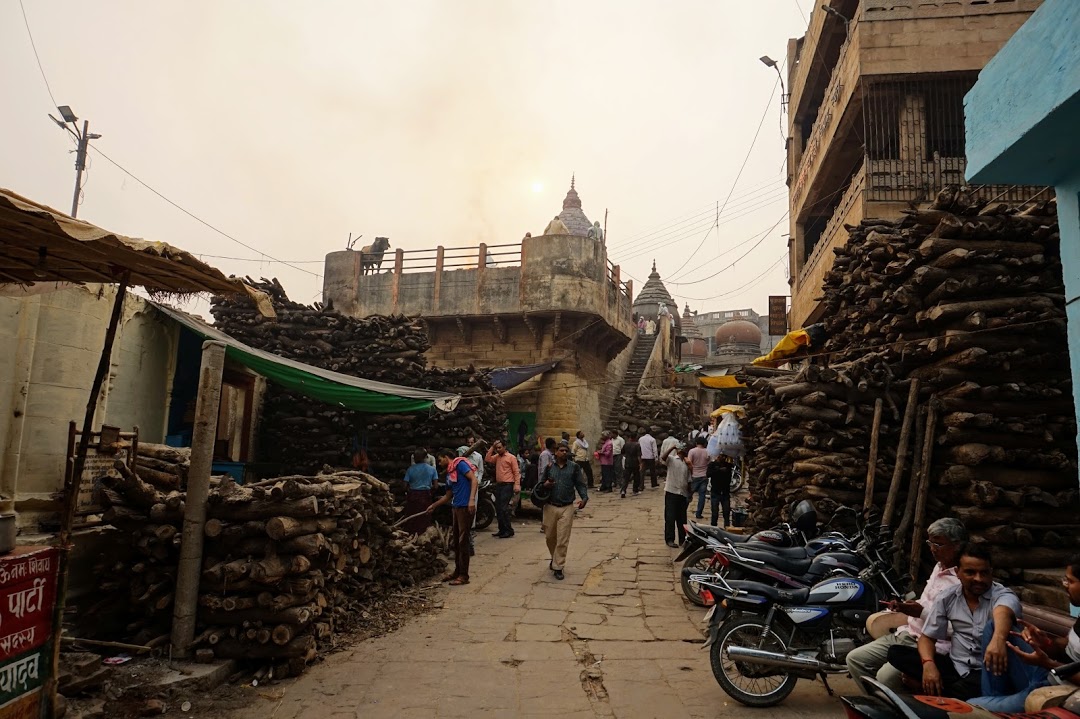
Apart from cremations, there are many other religious events occurring continuously throughout the city. Every night, a large religious ceremony takes place on the city’s main ghats. Huge crowds gather on the shores and on boats to witness and take part in this elaborate ritual with smoke and flames, flowers, bells, song and dance, audience participation, and more.
